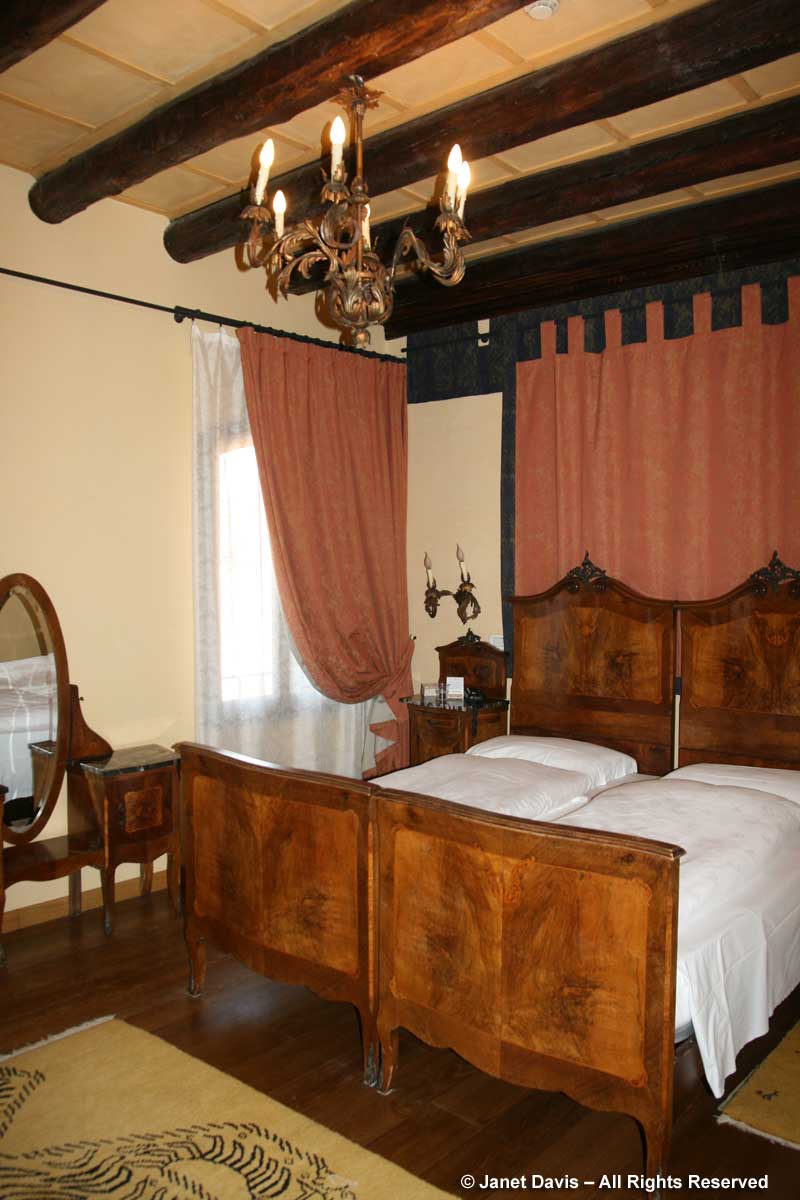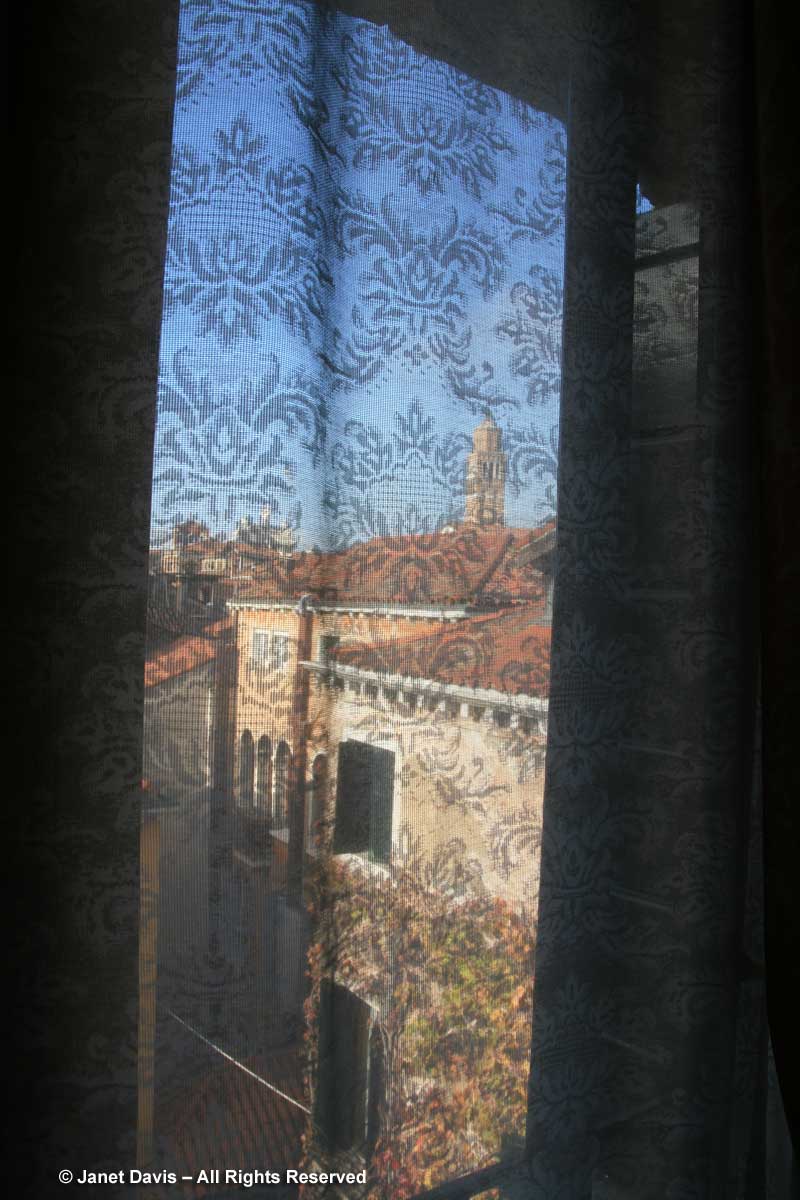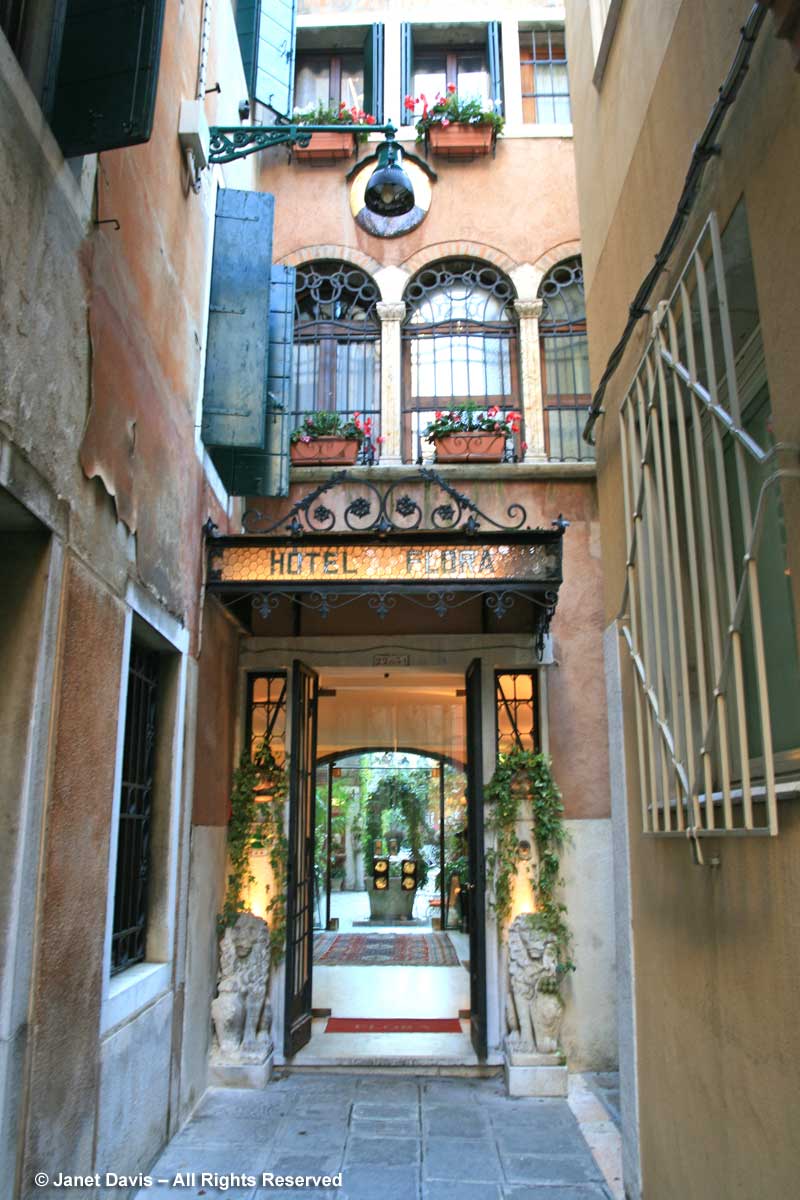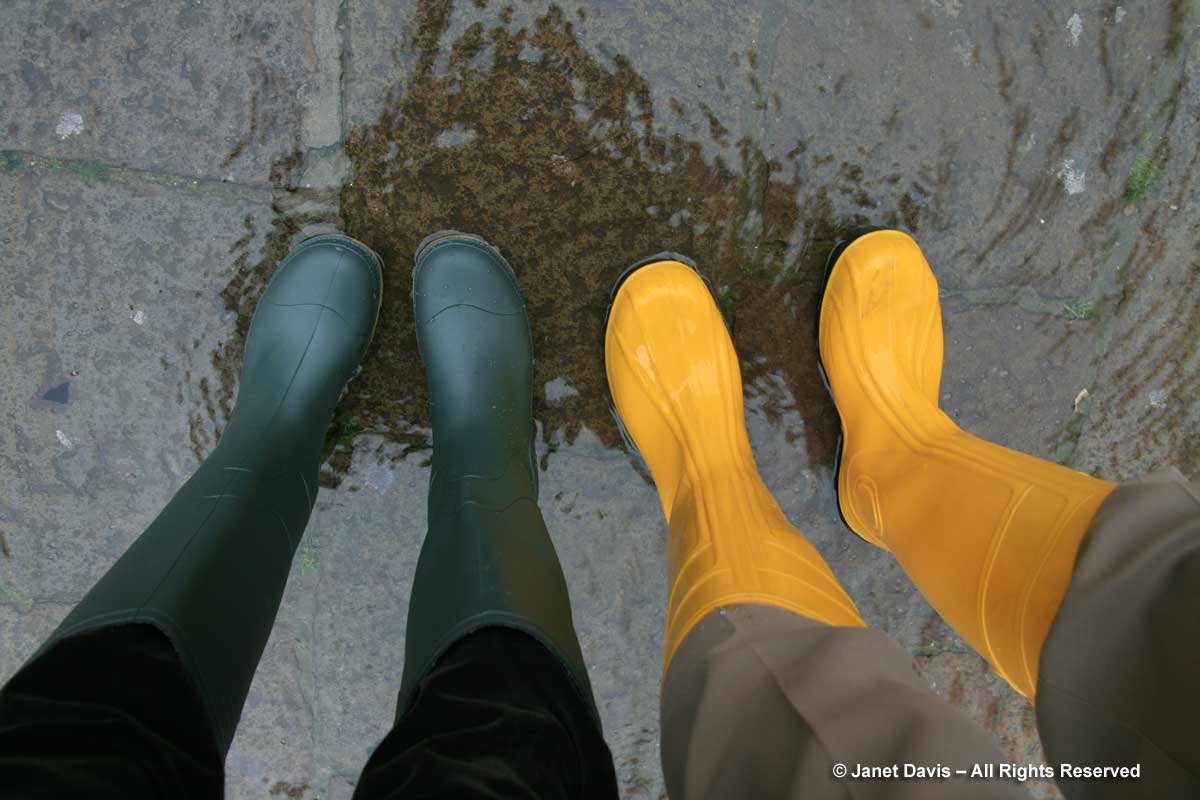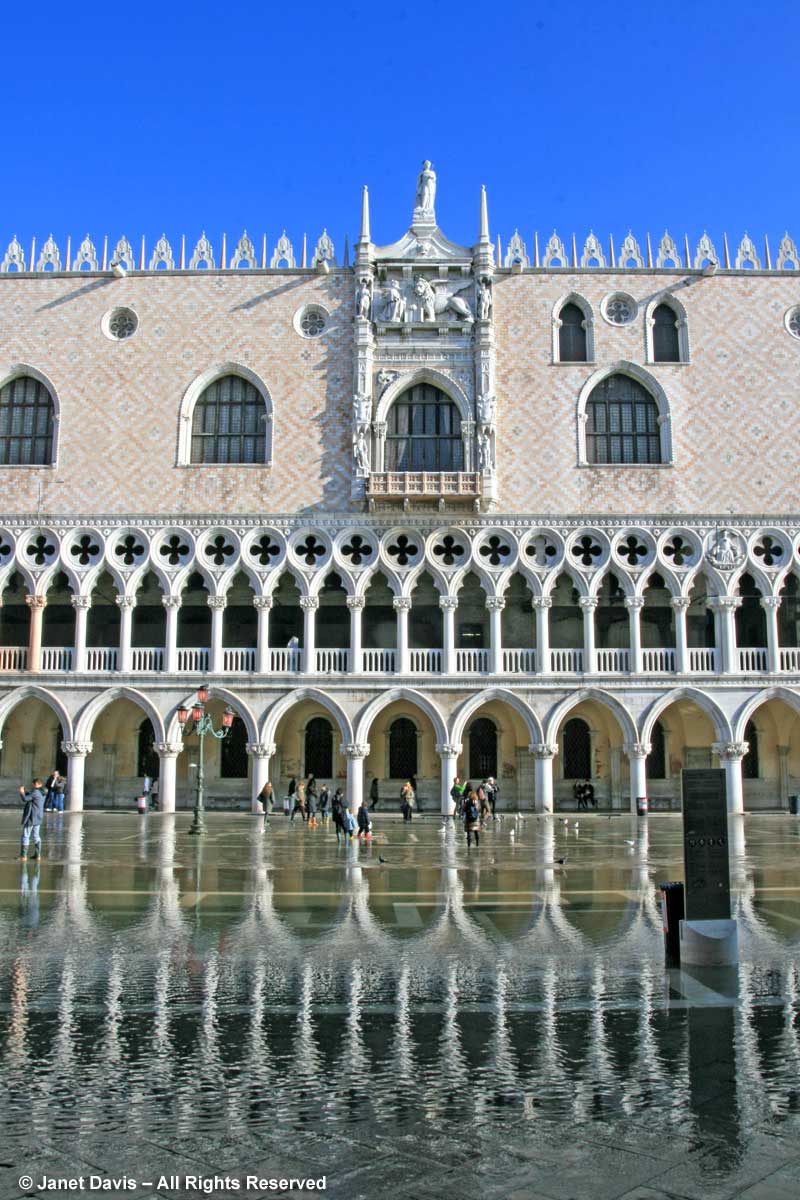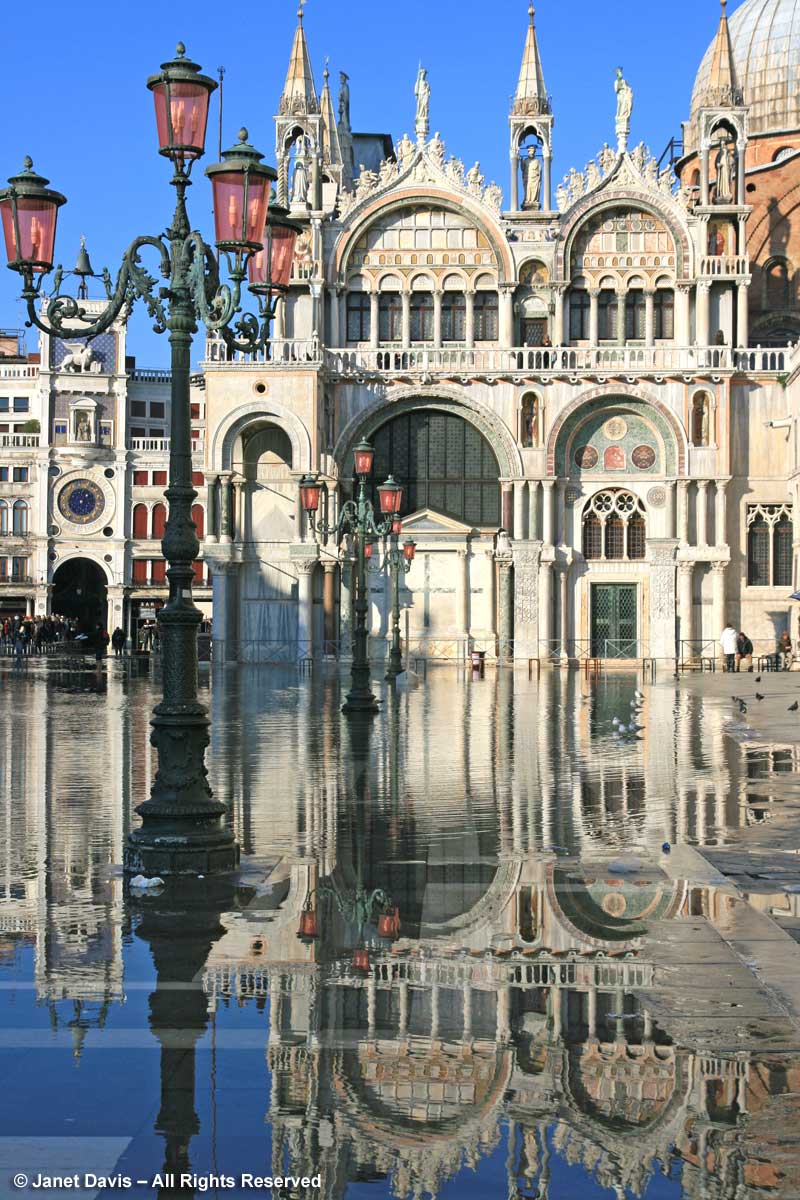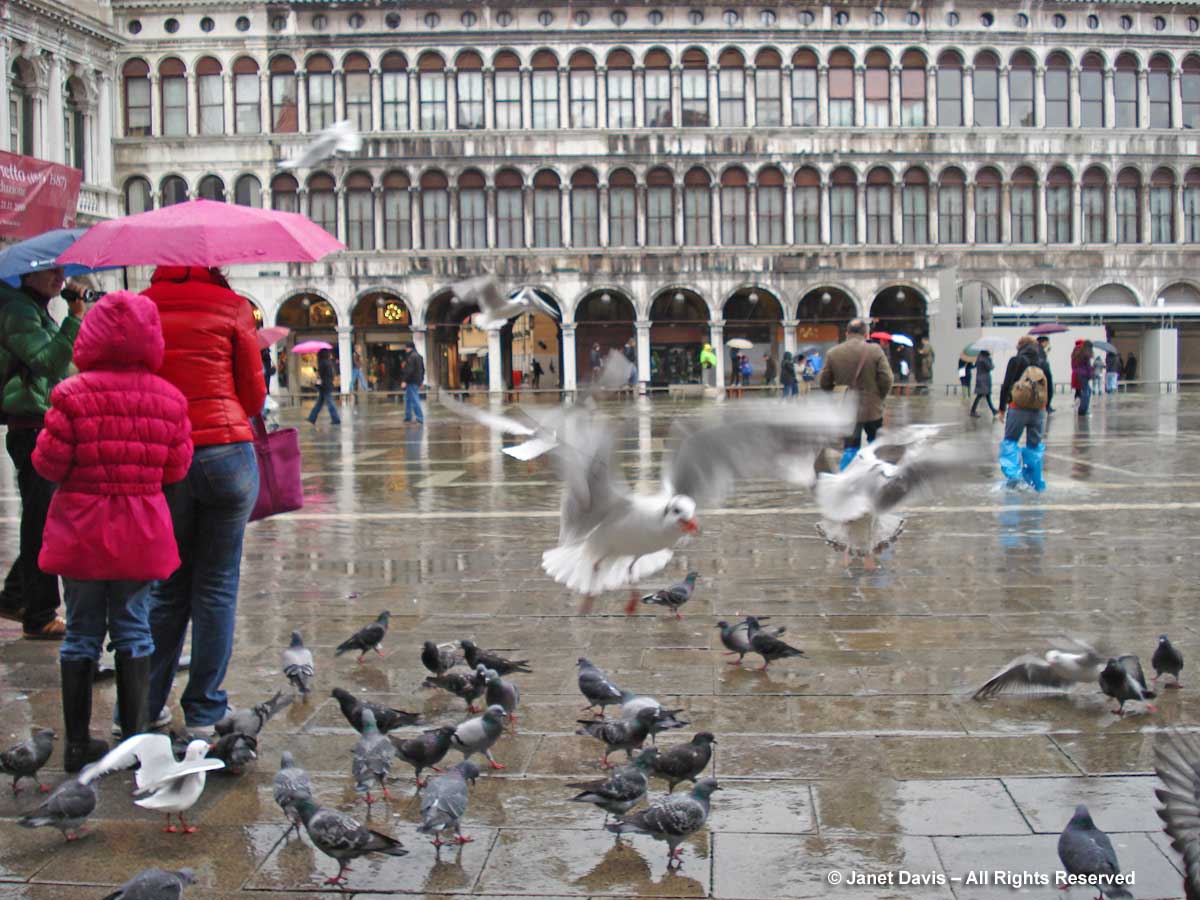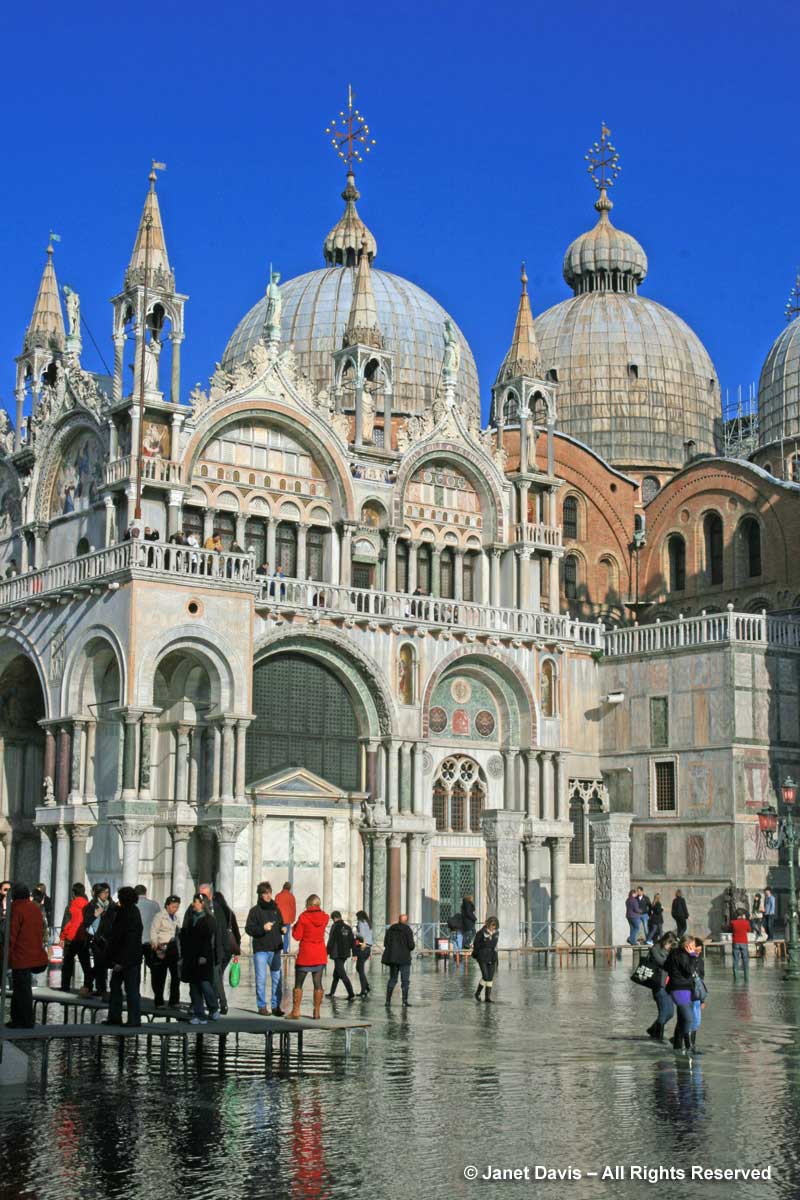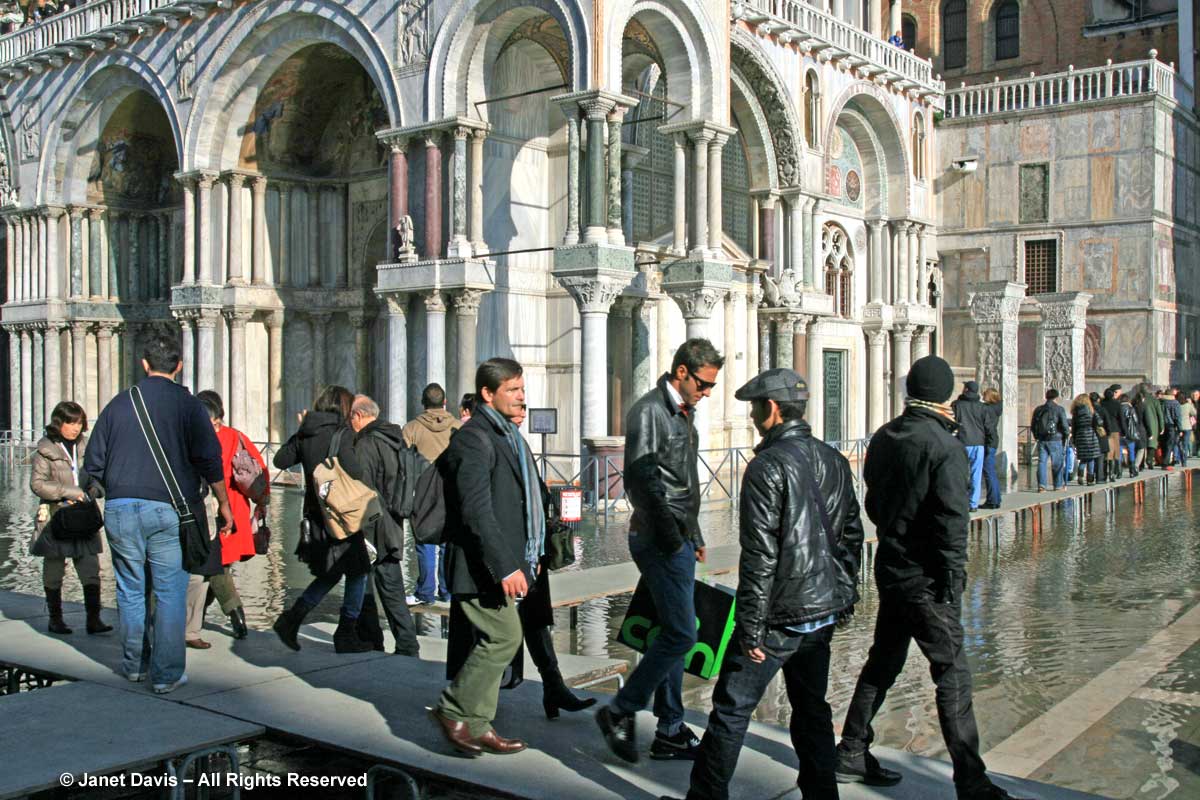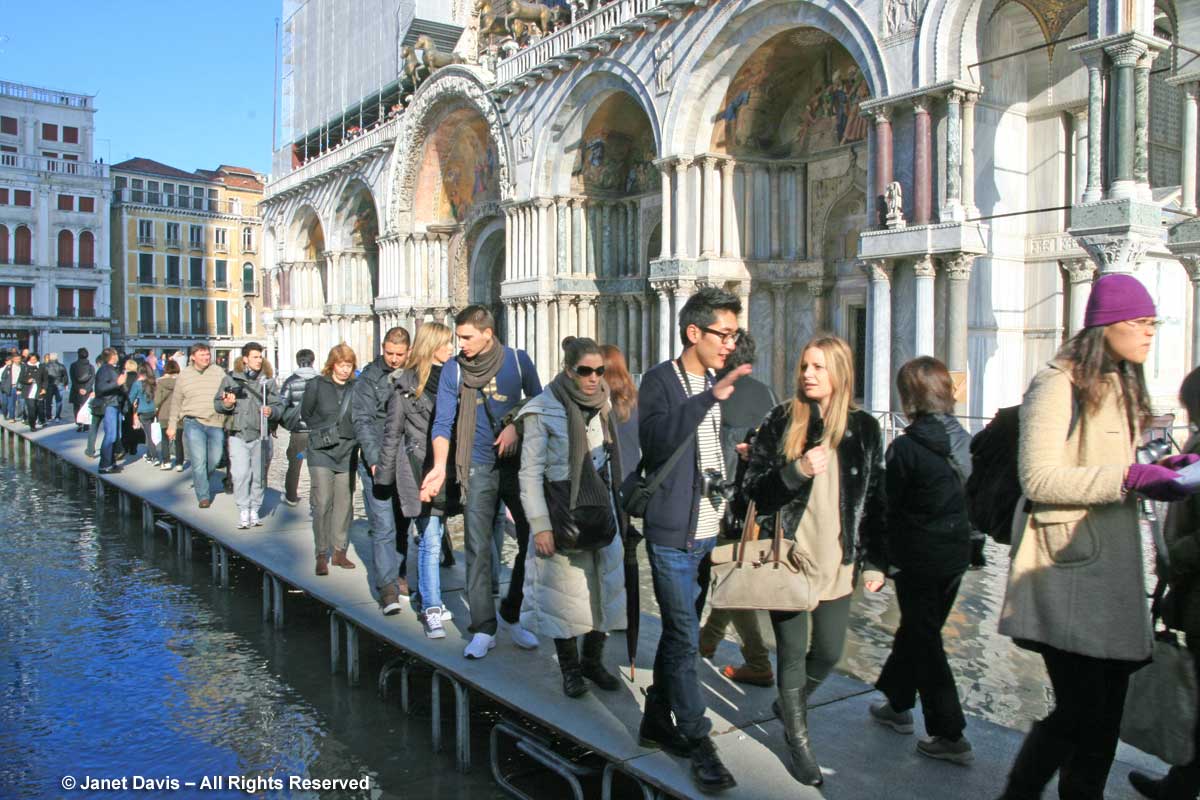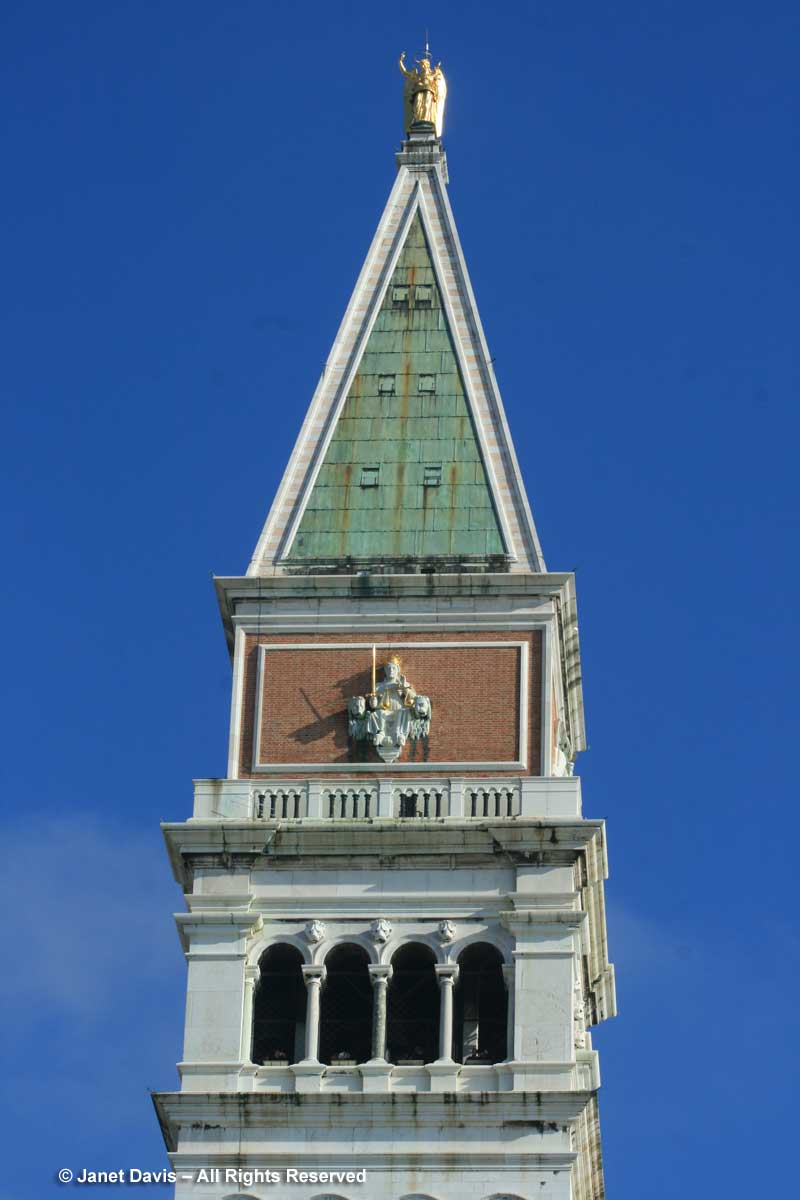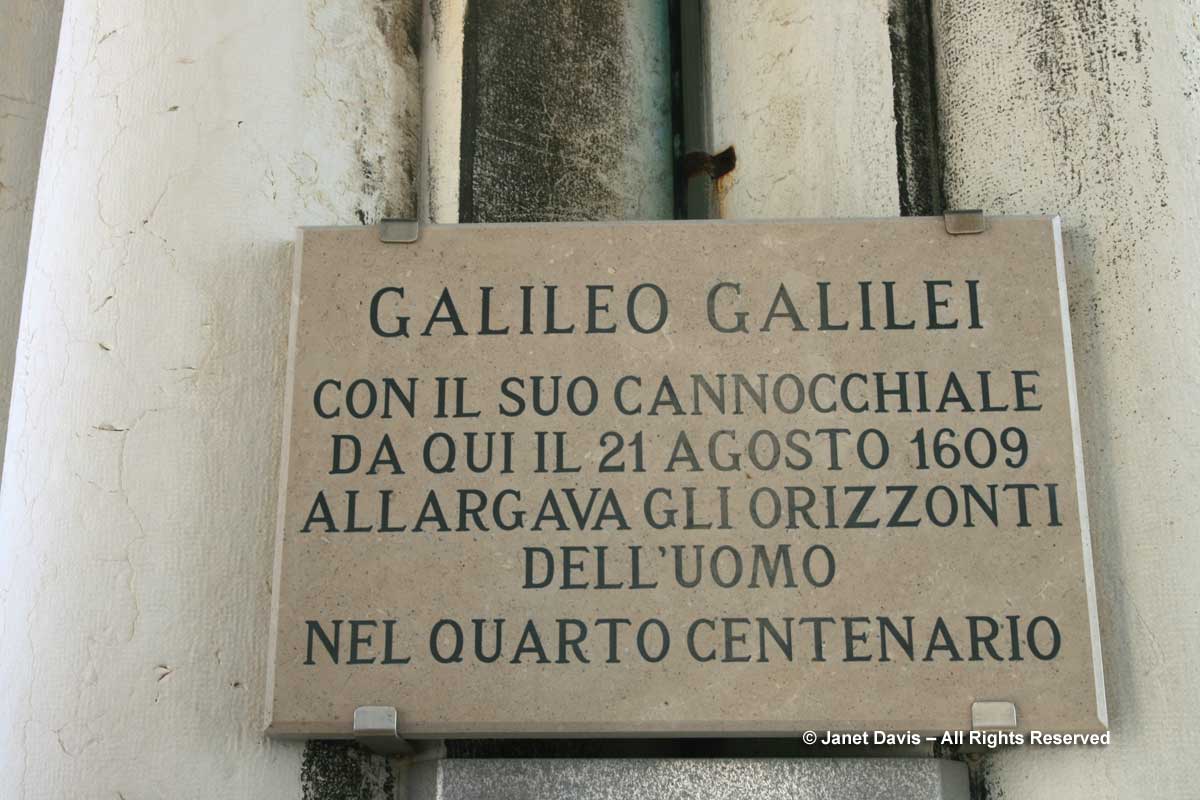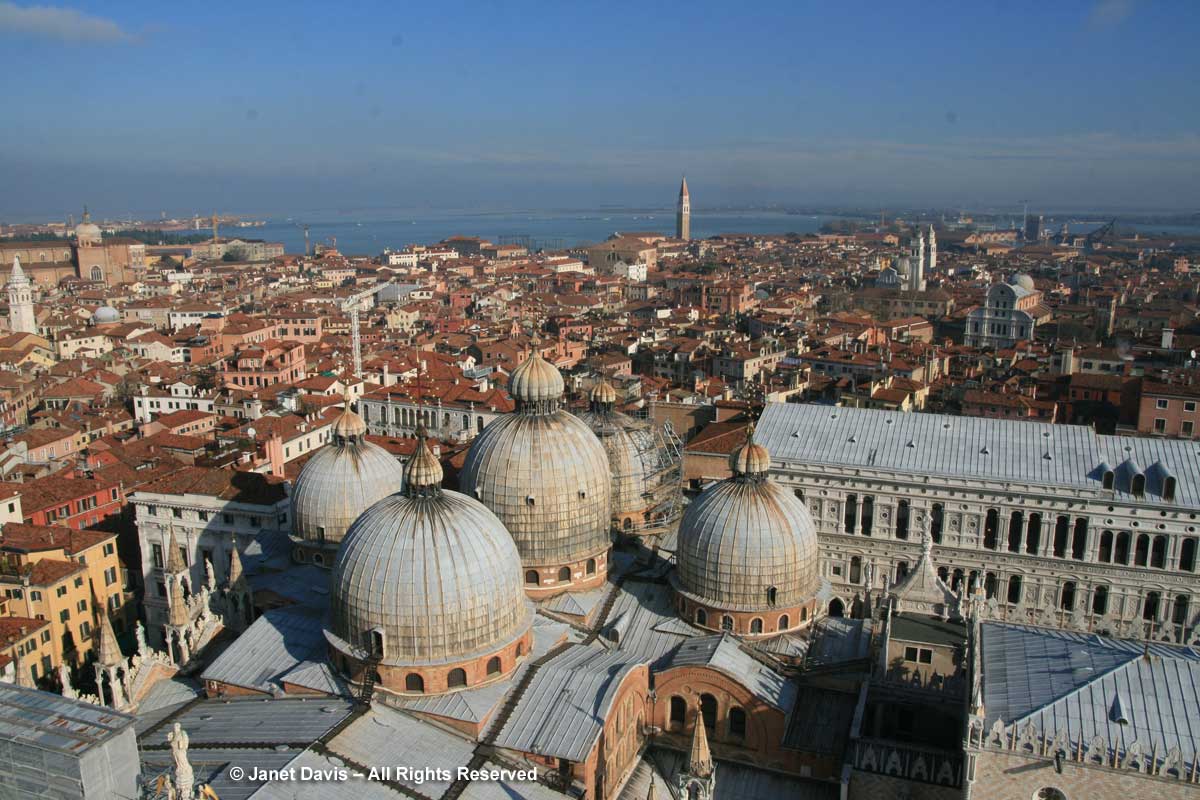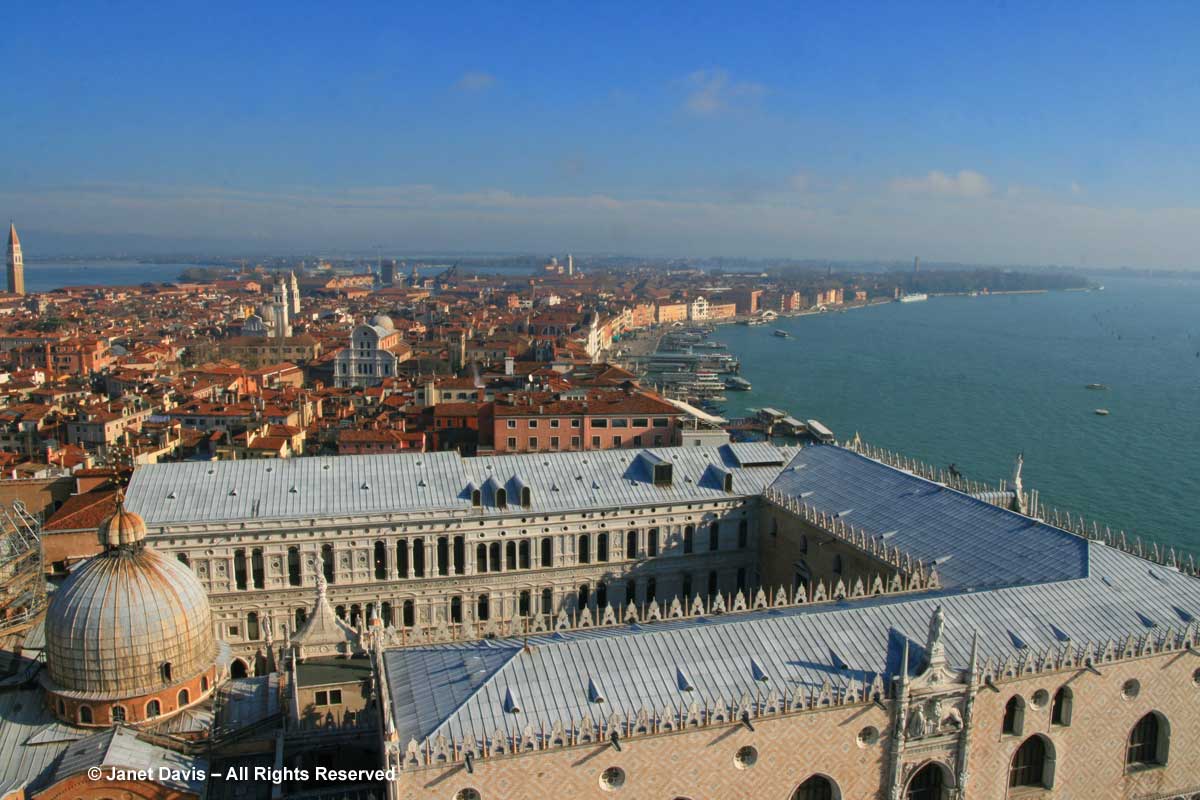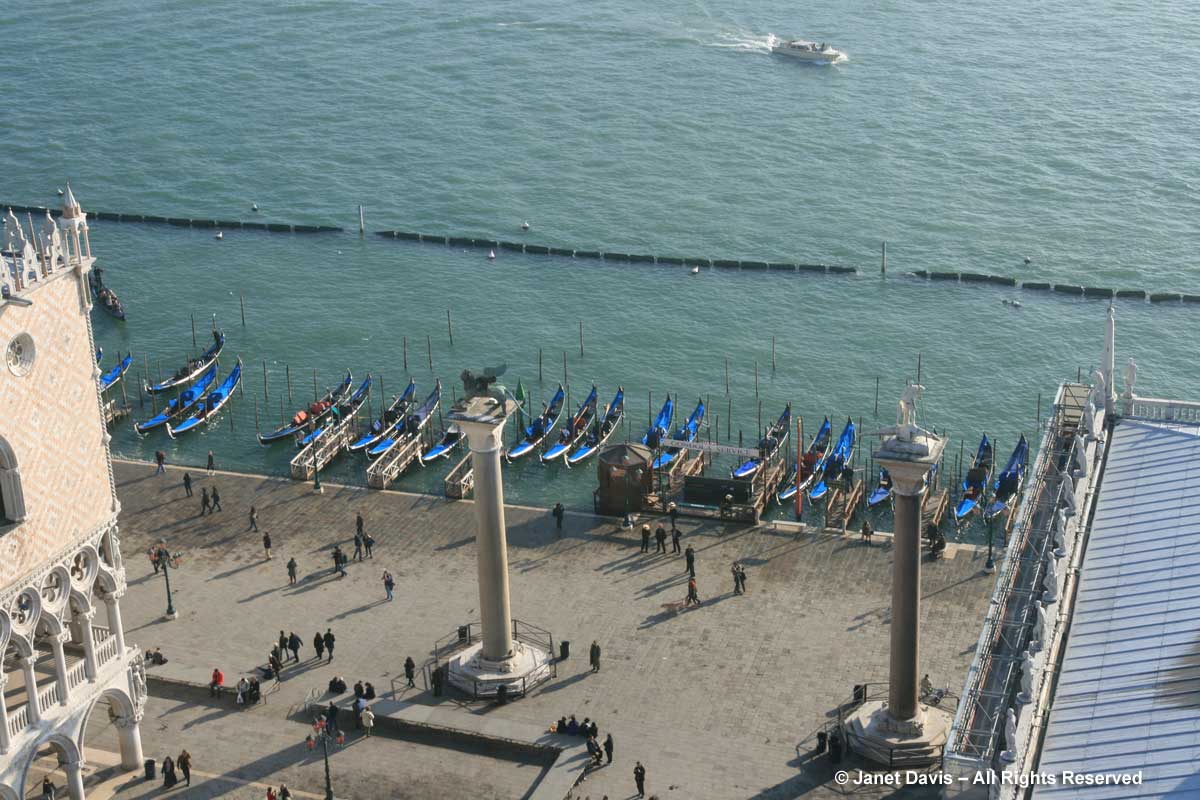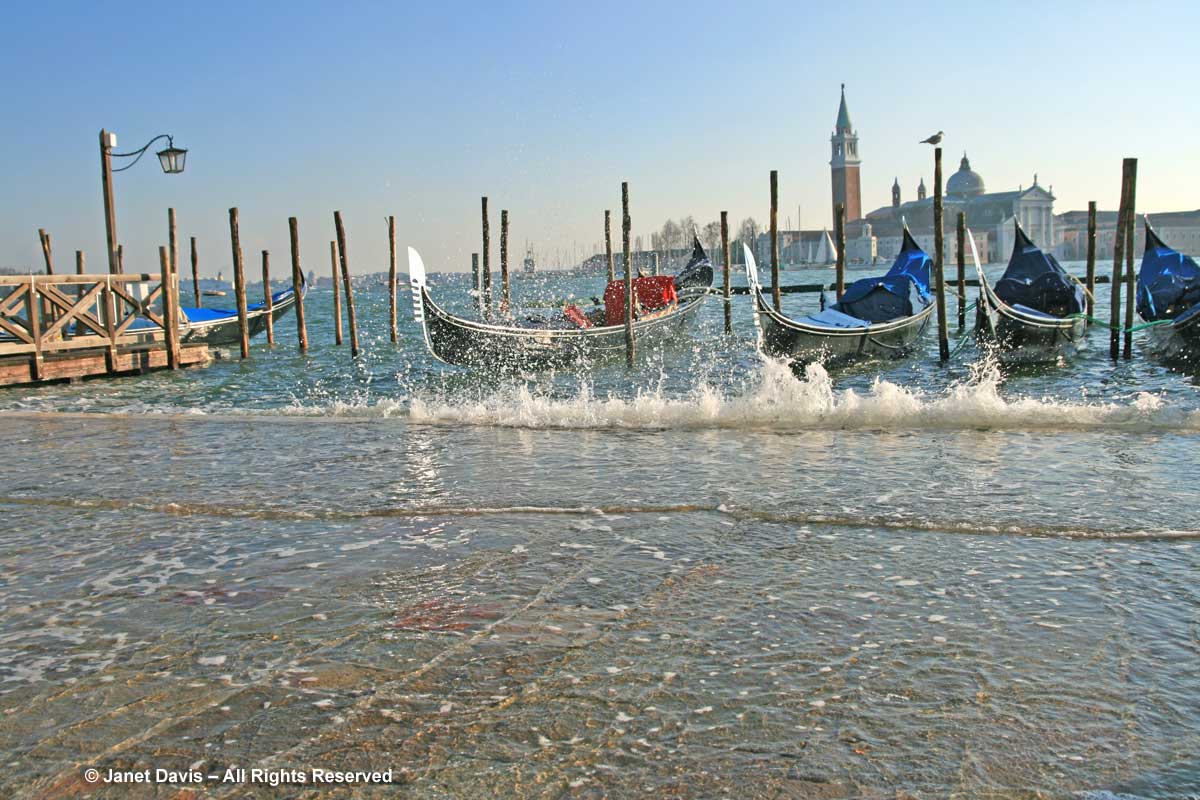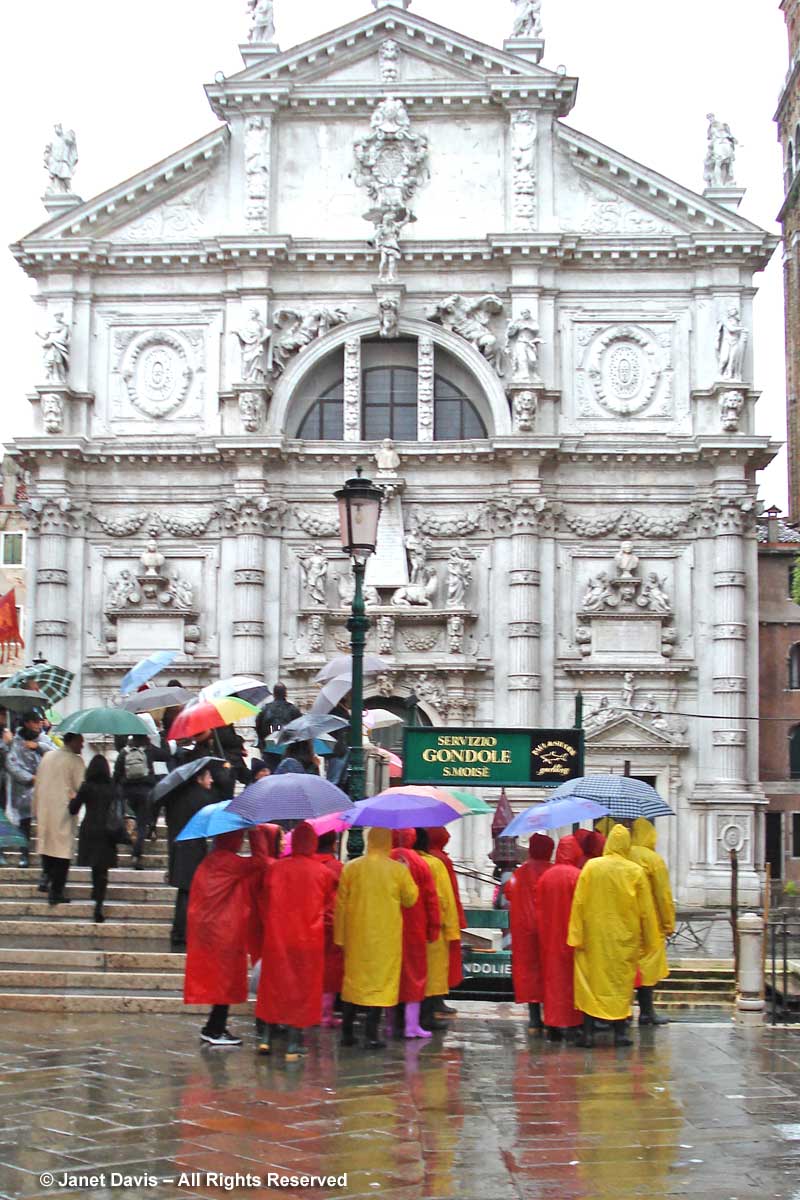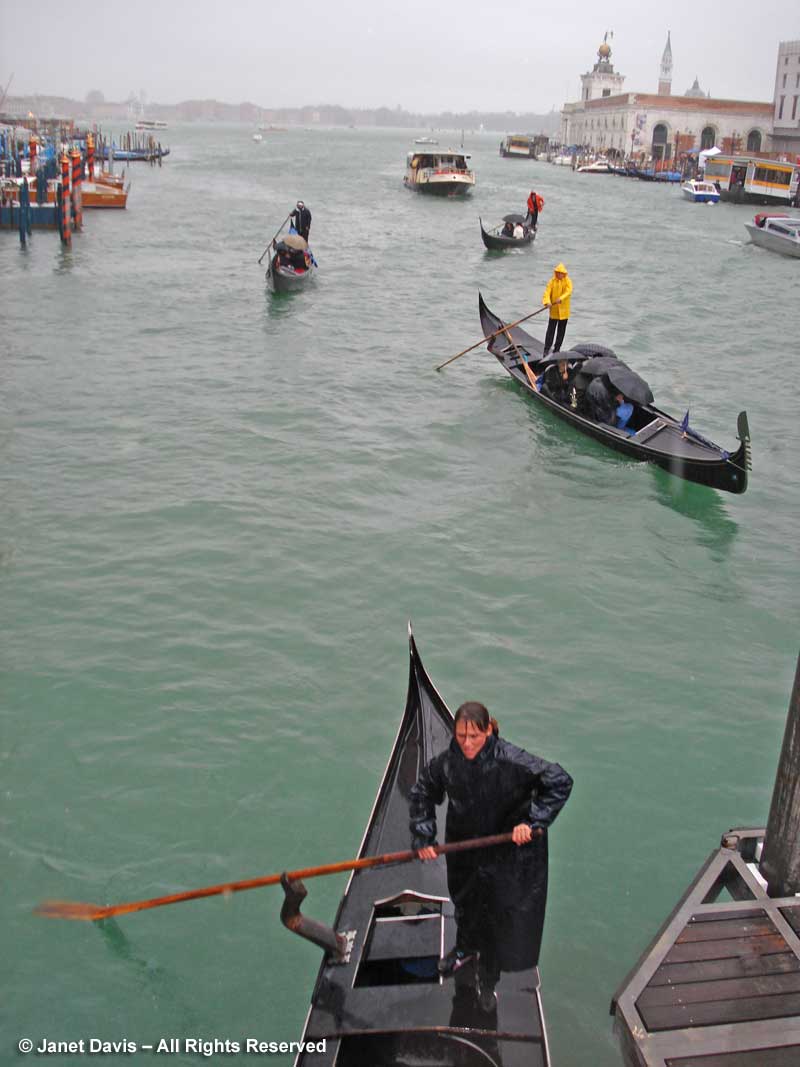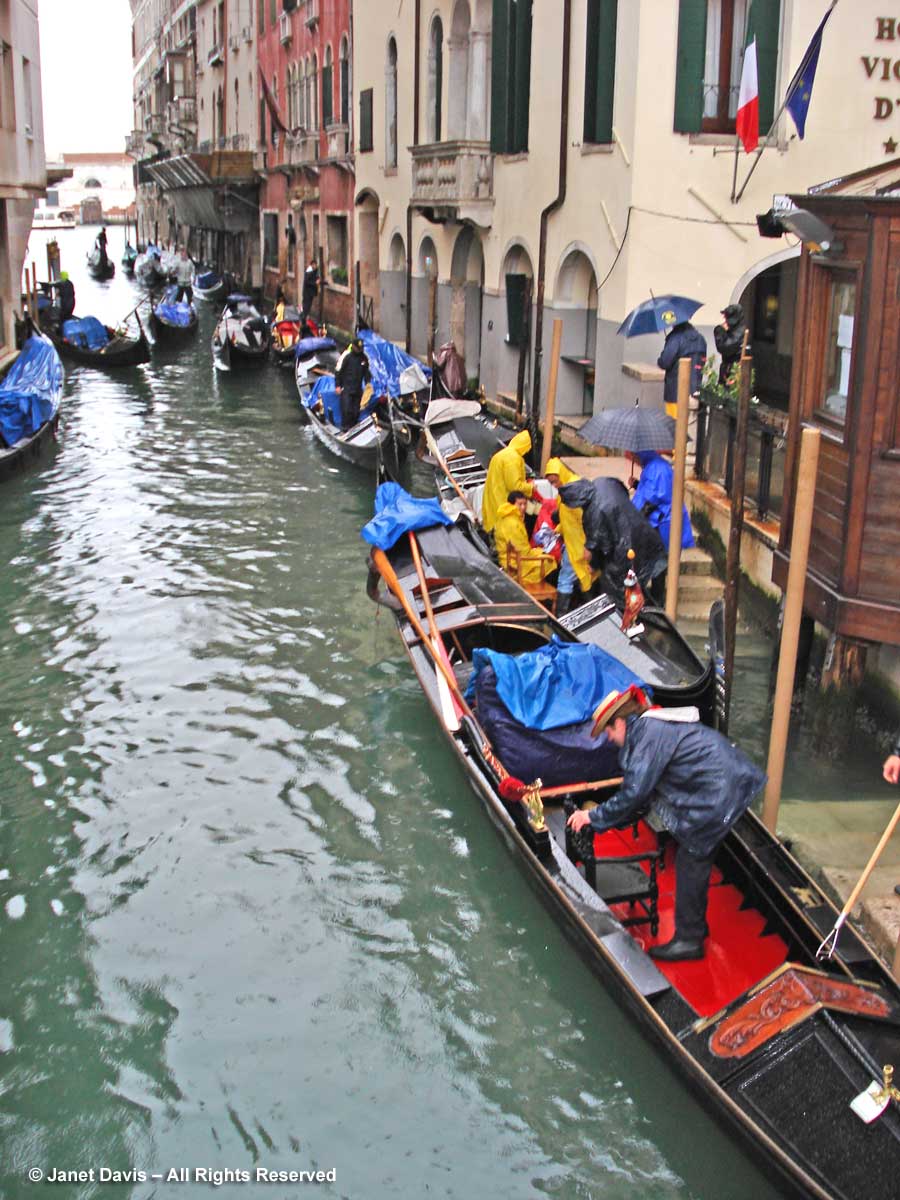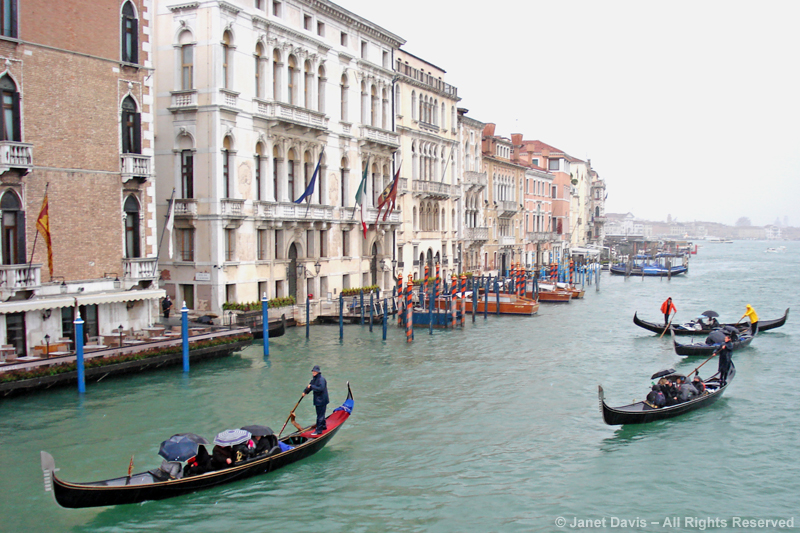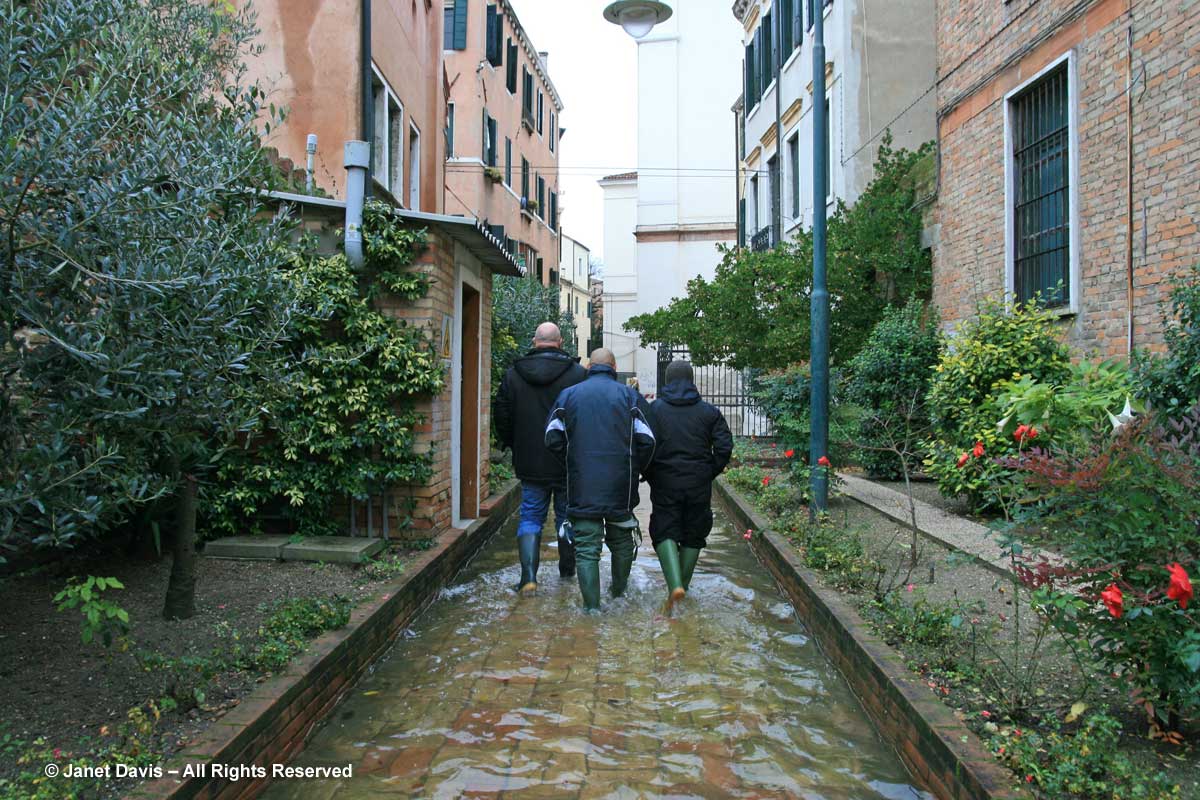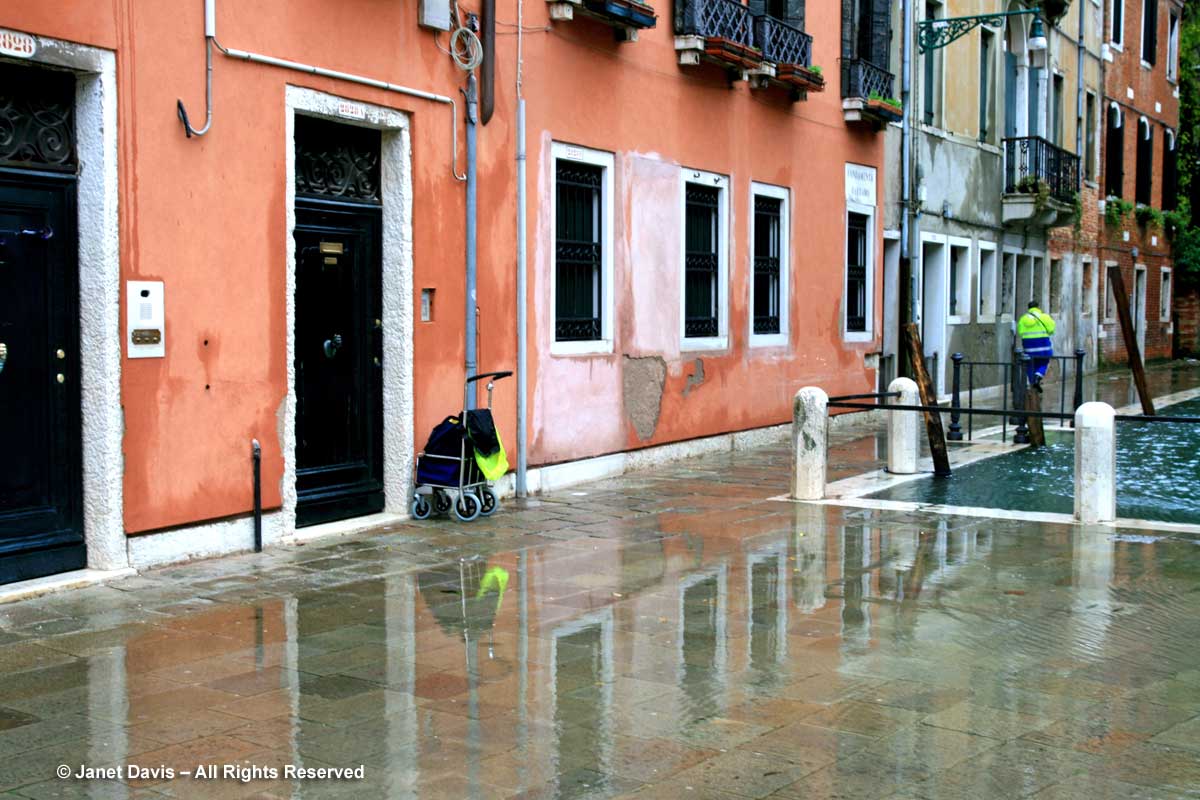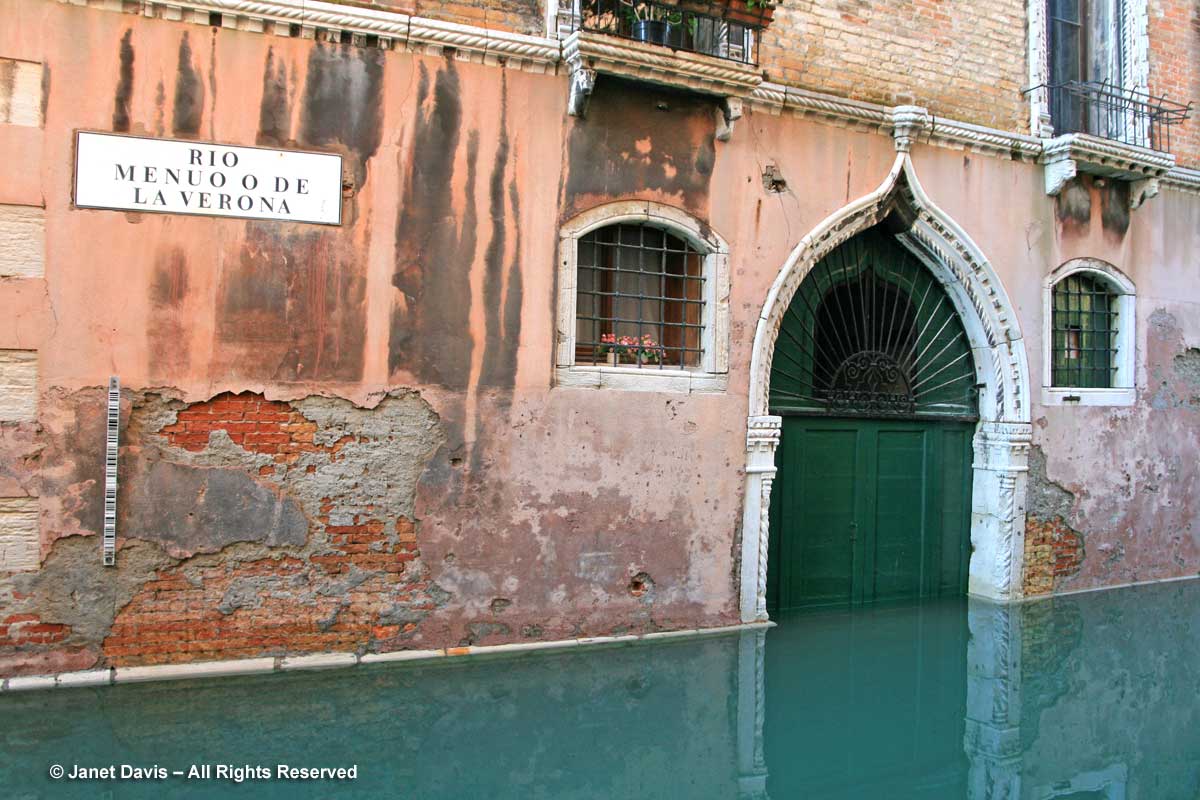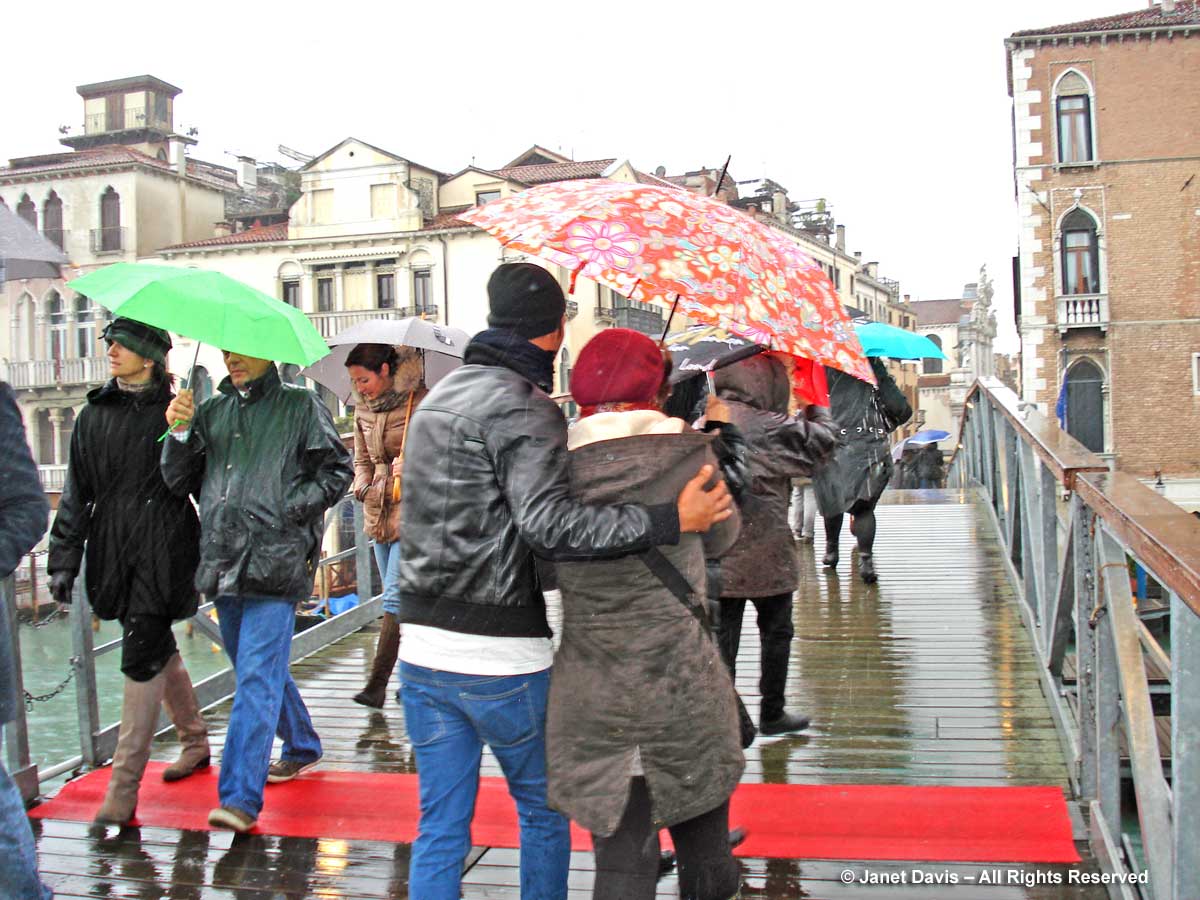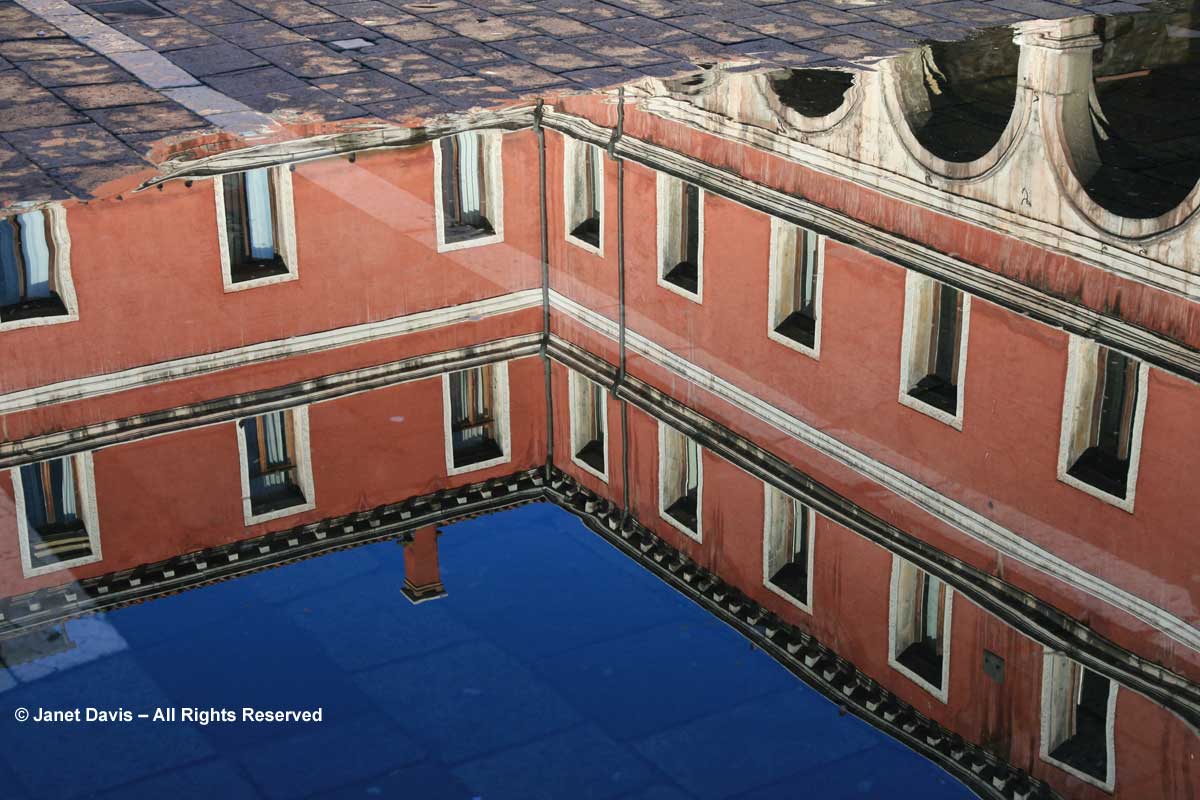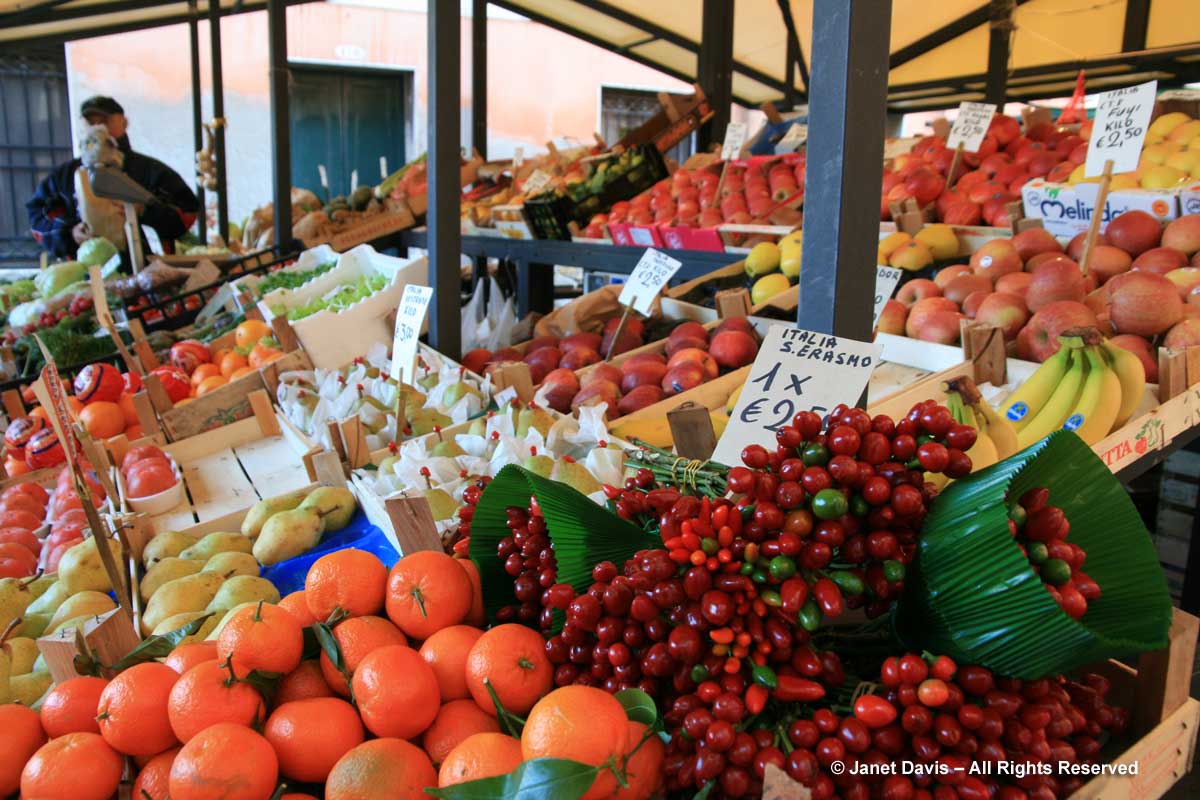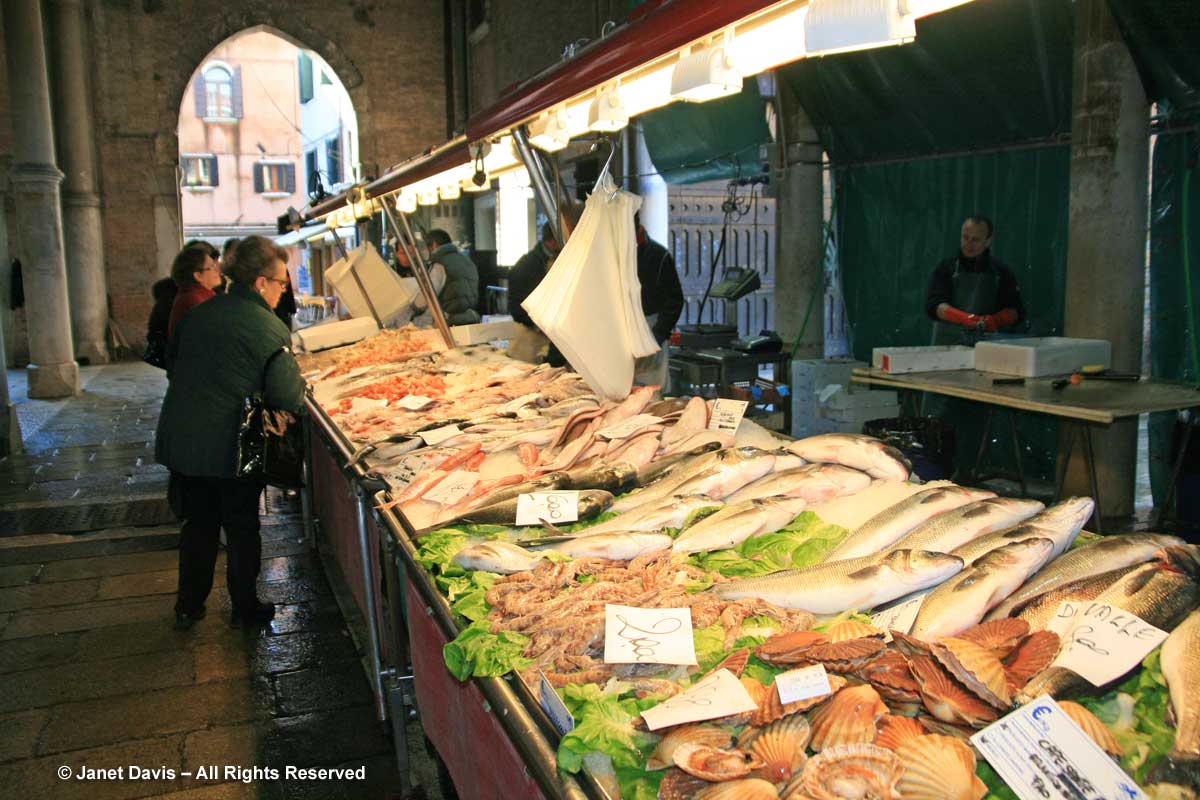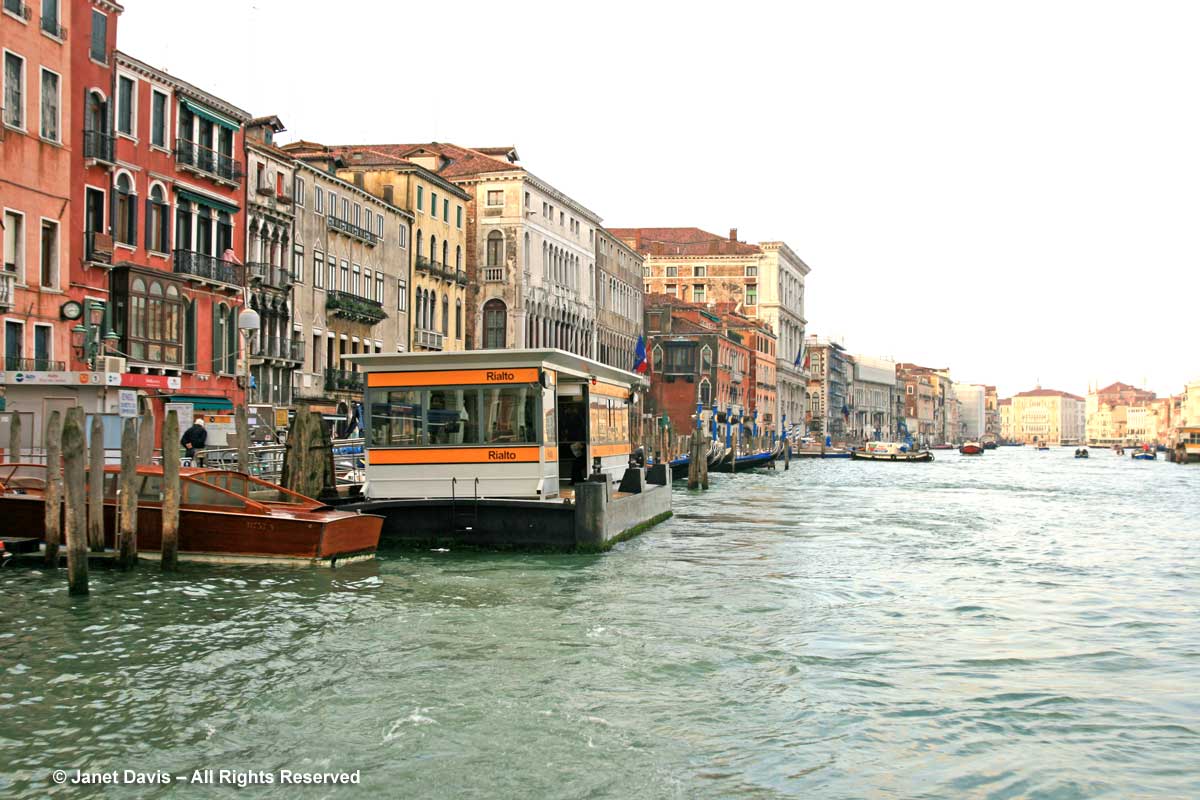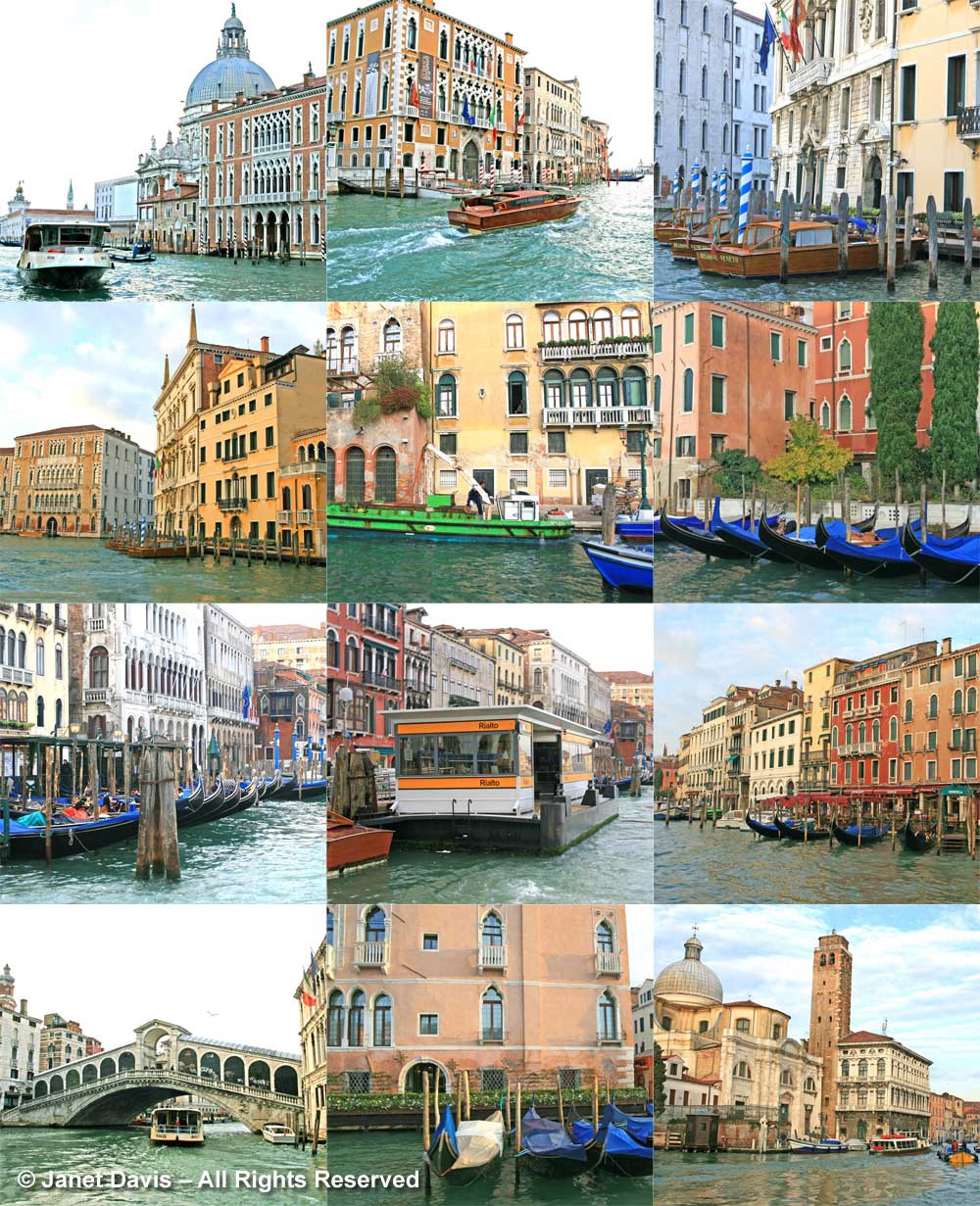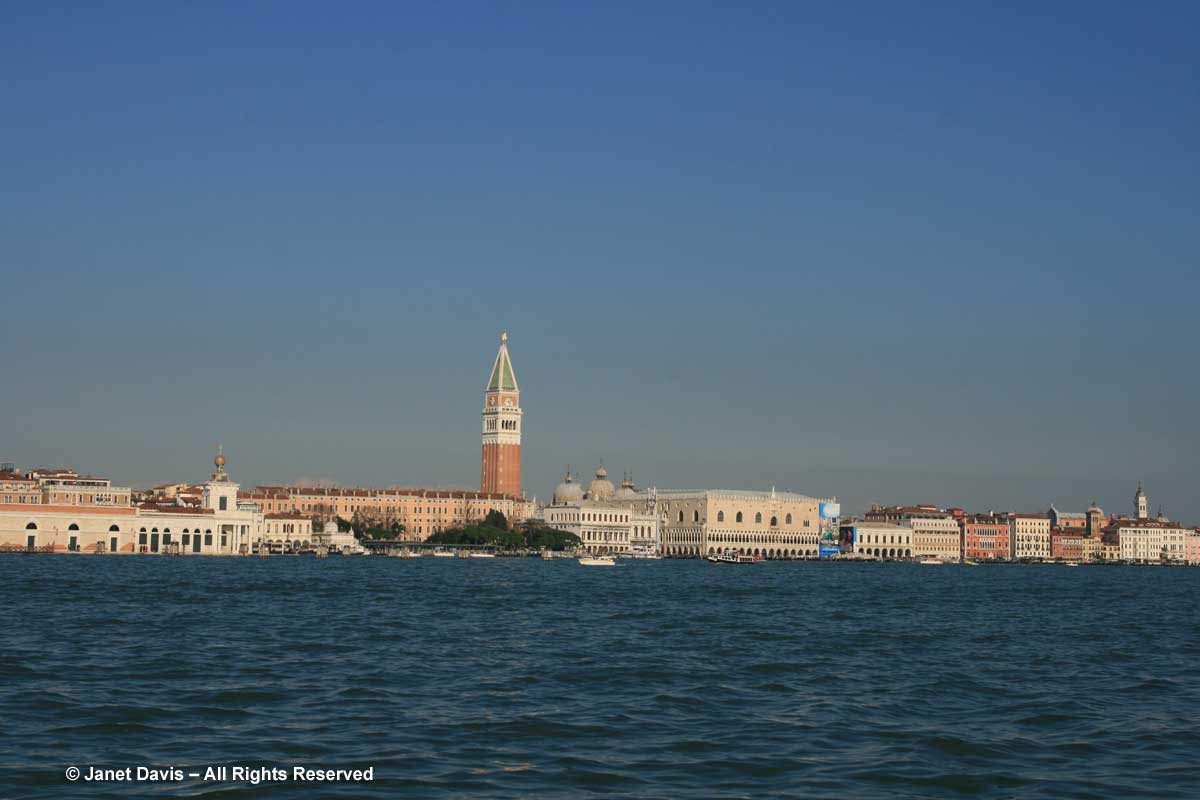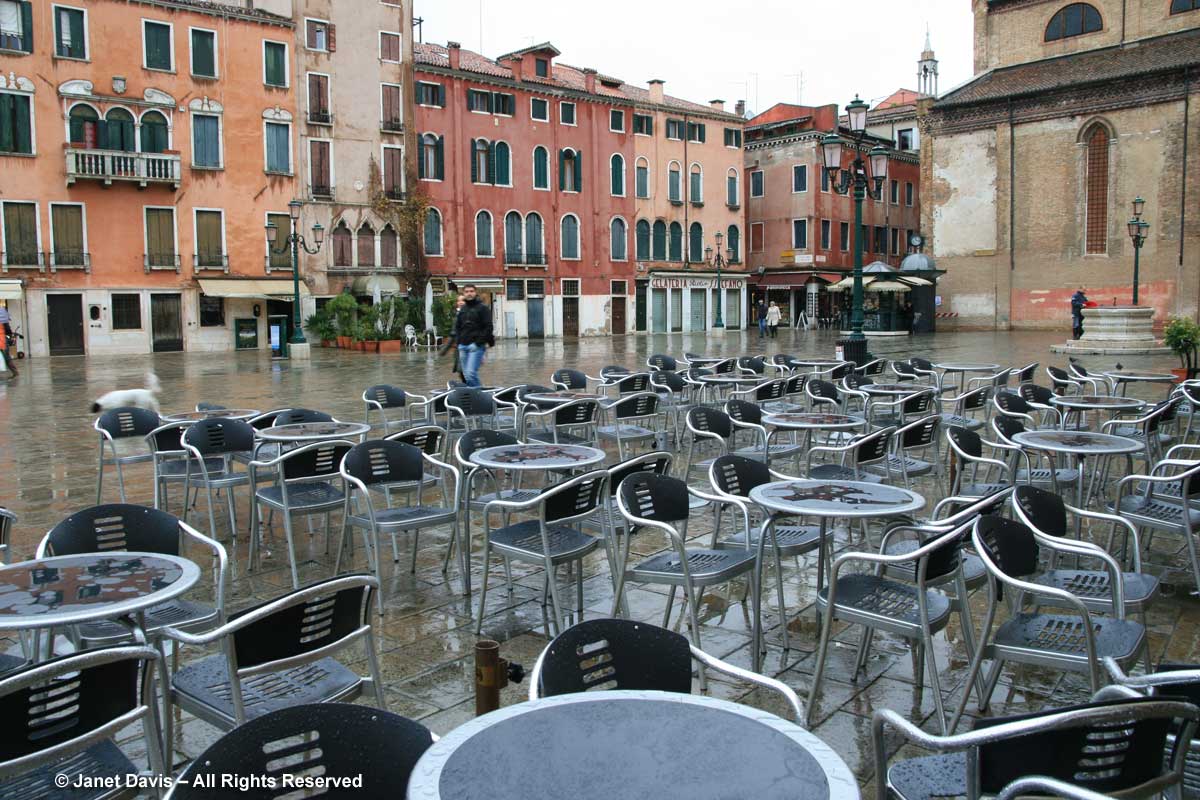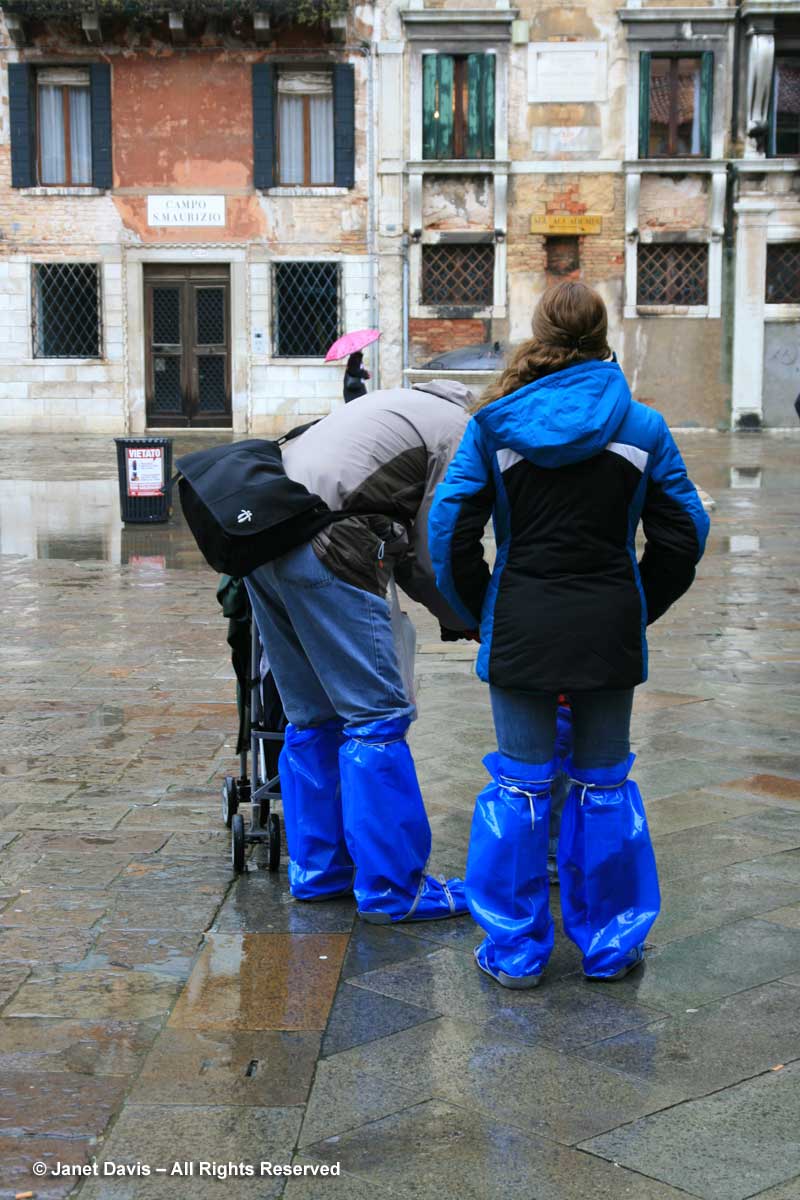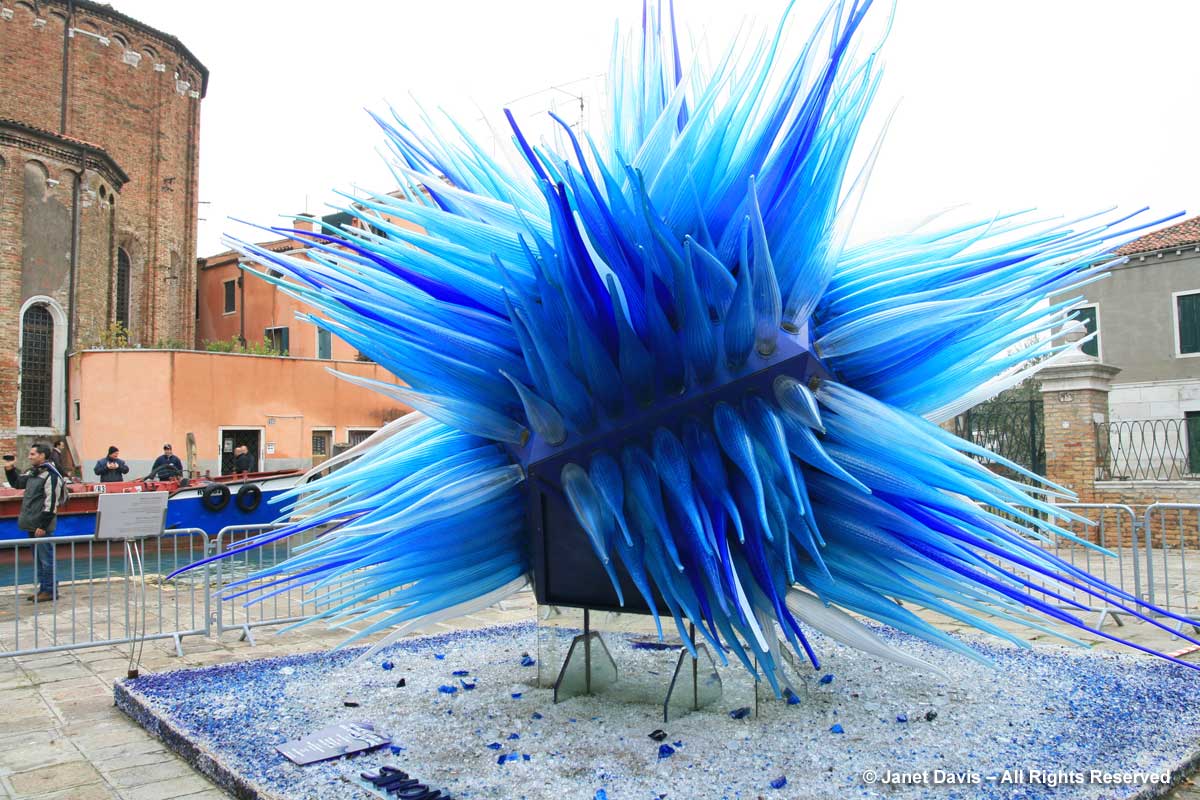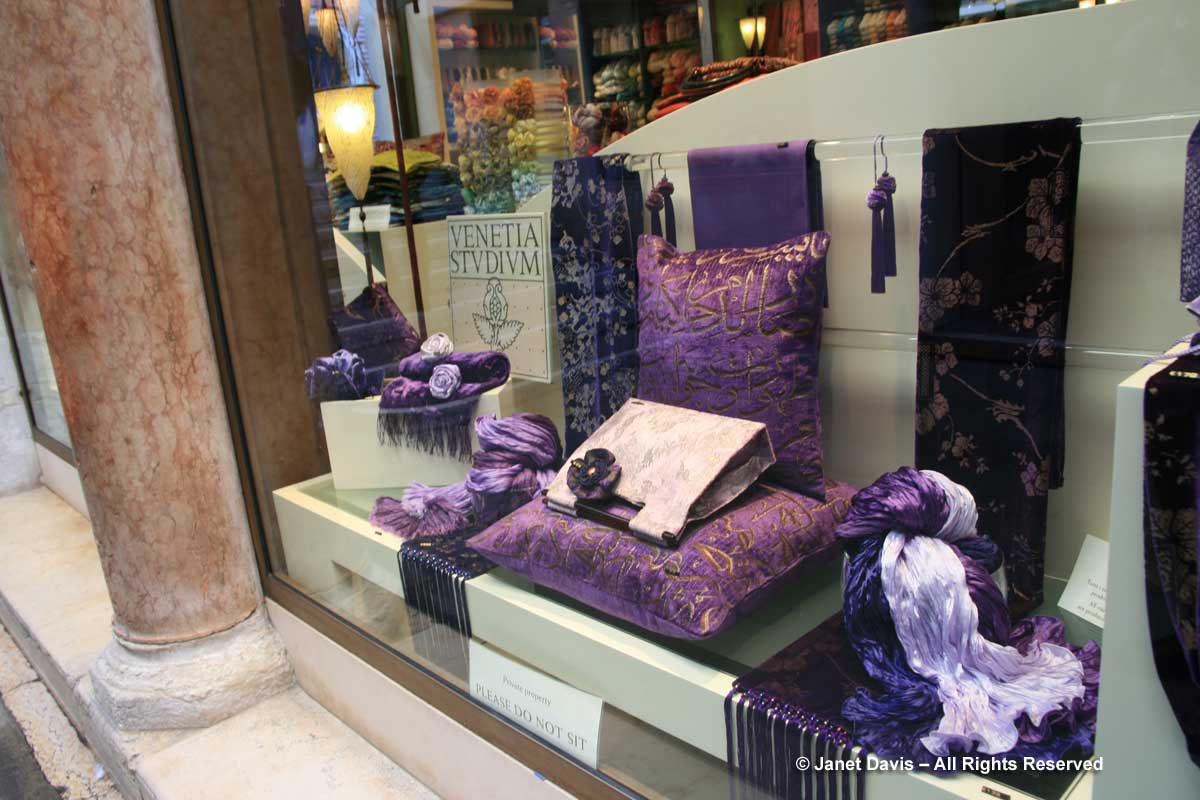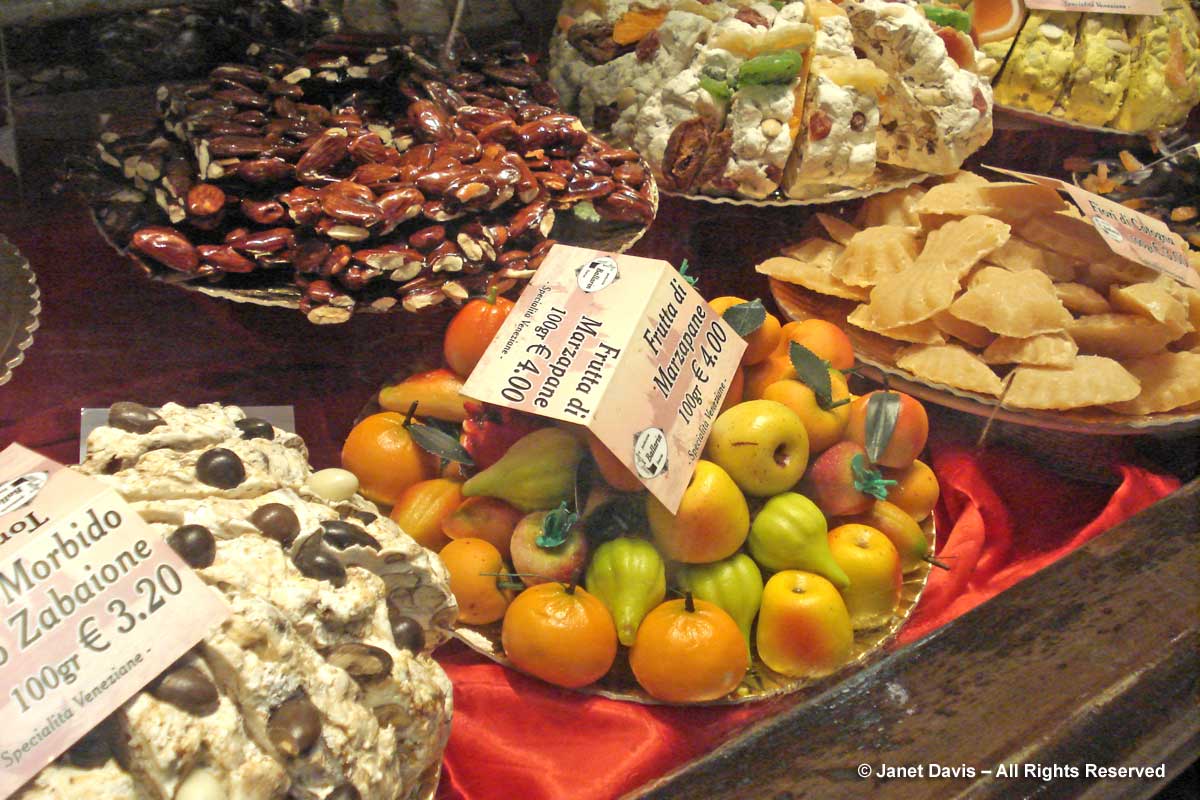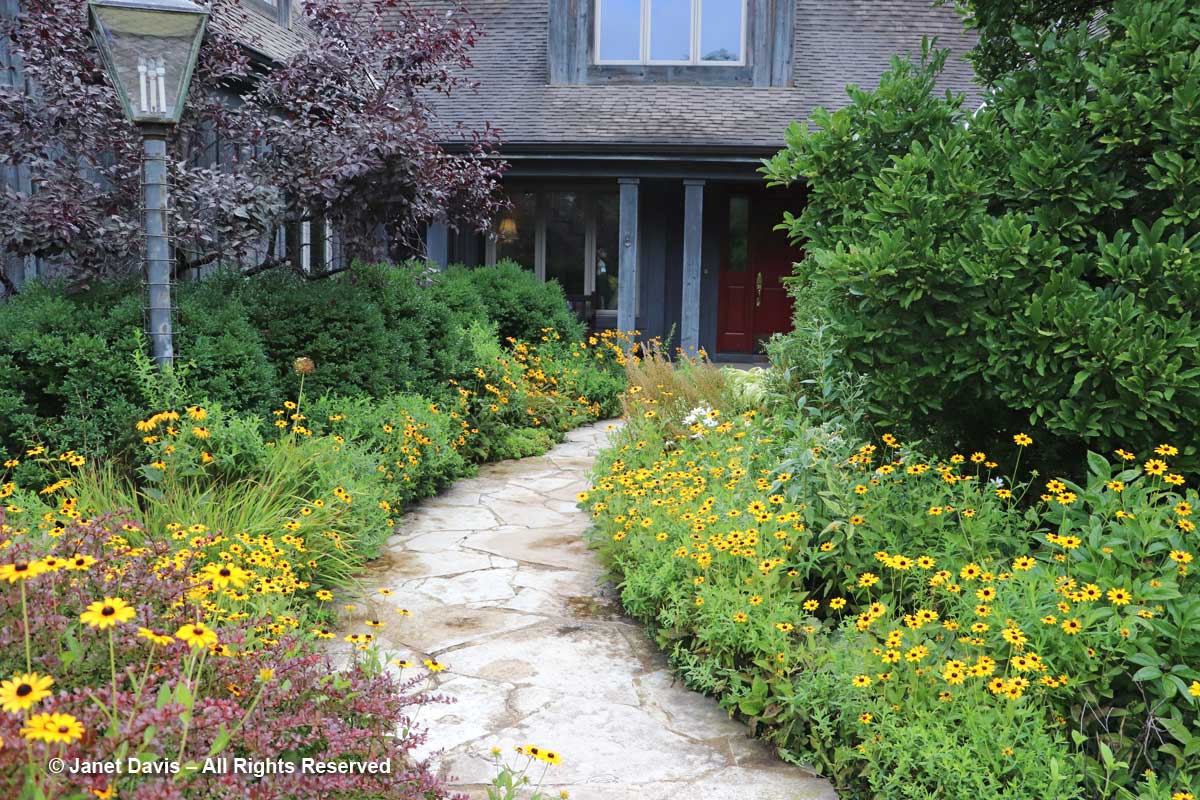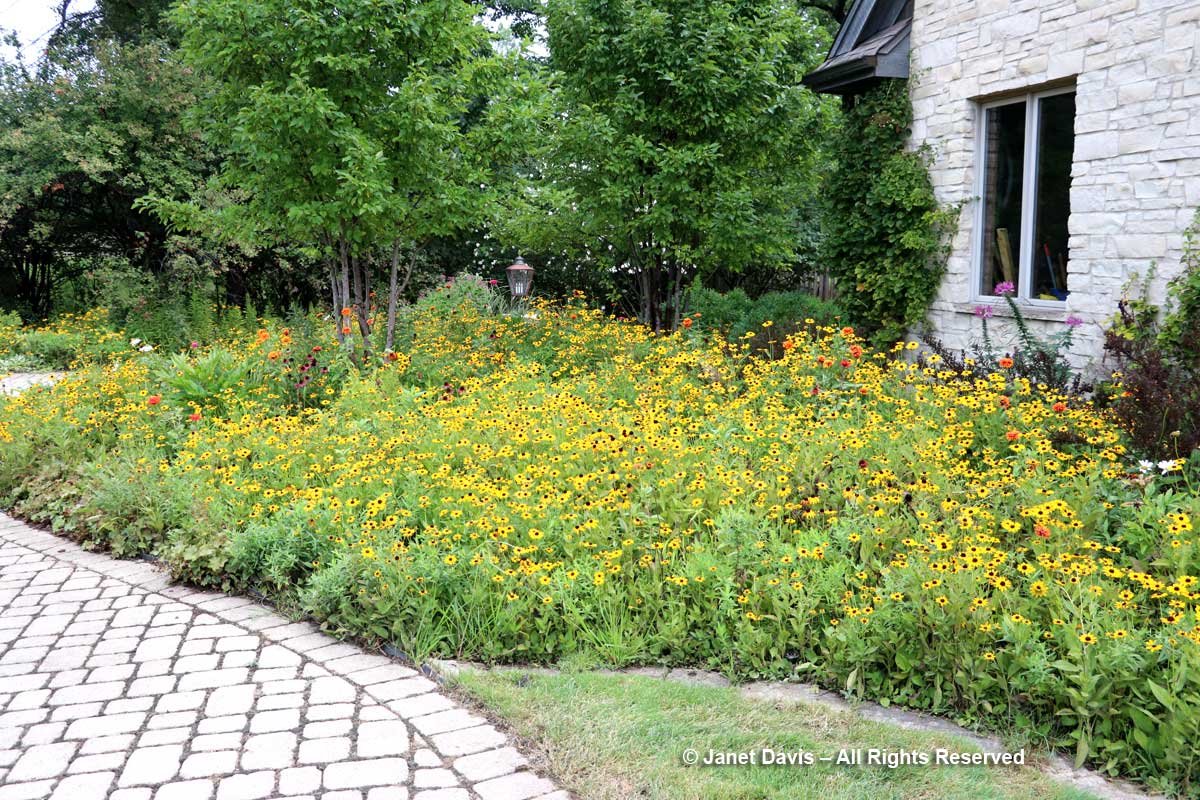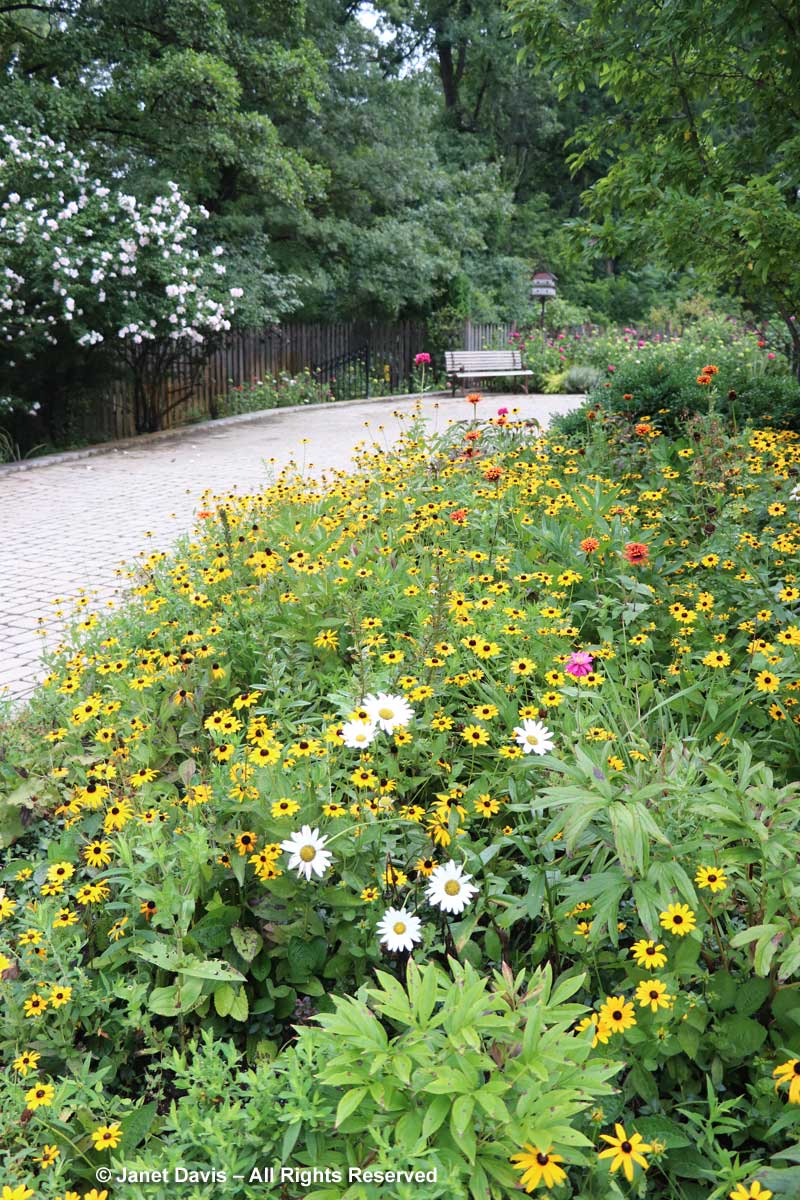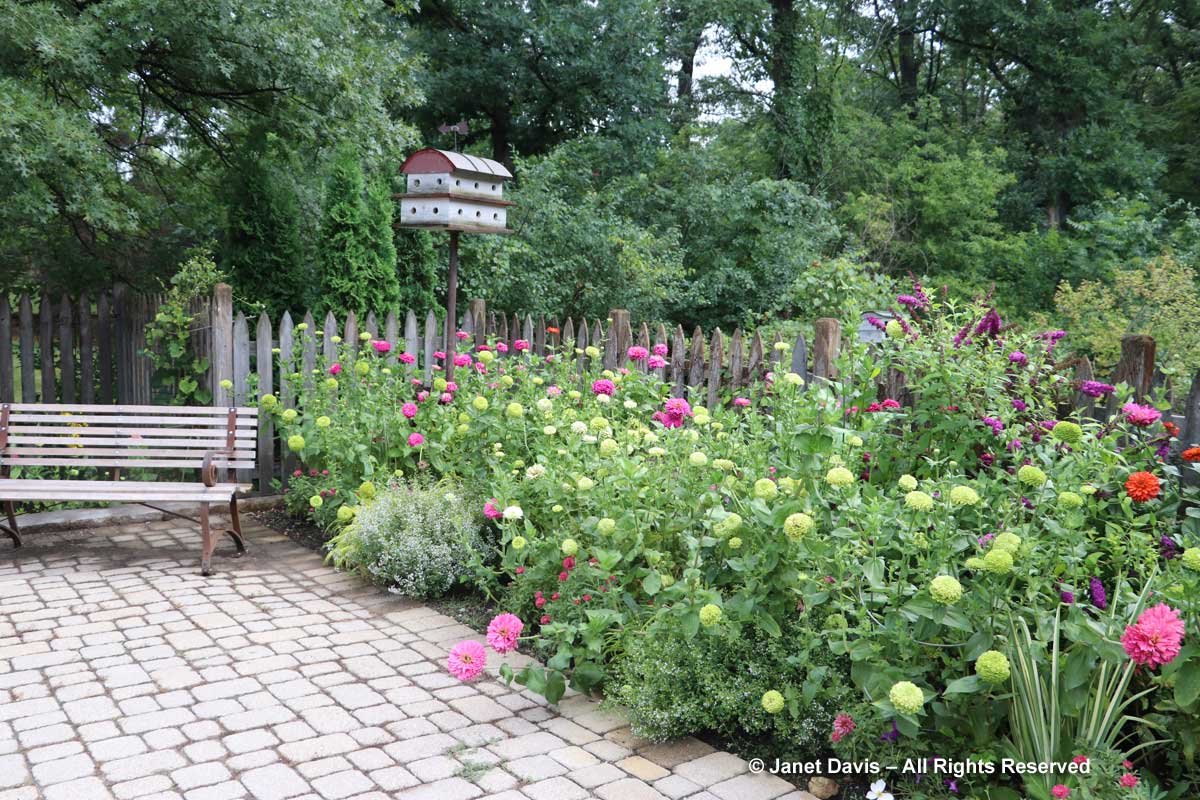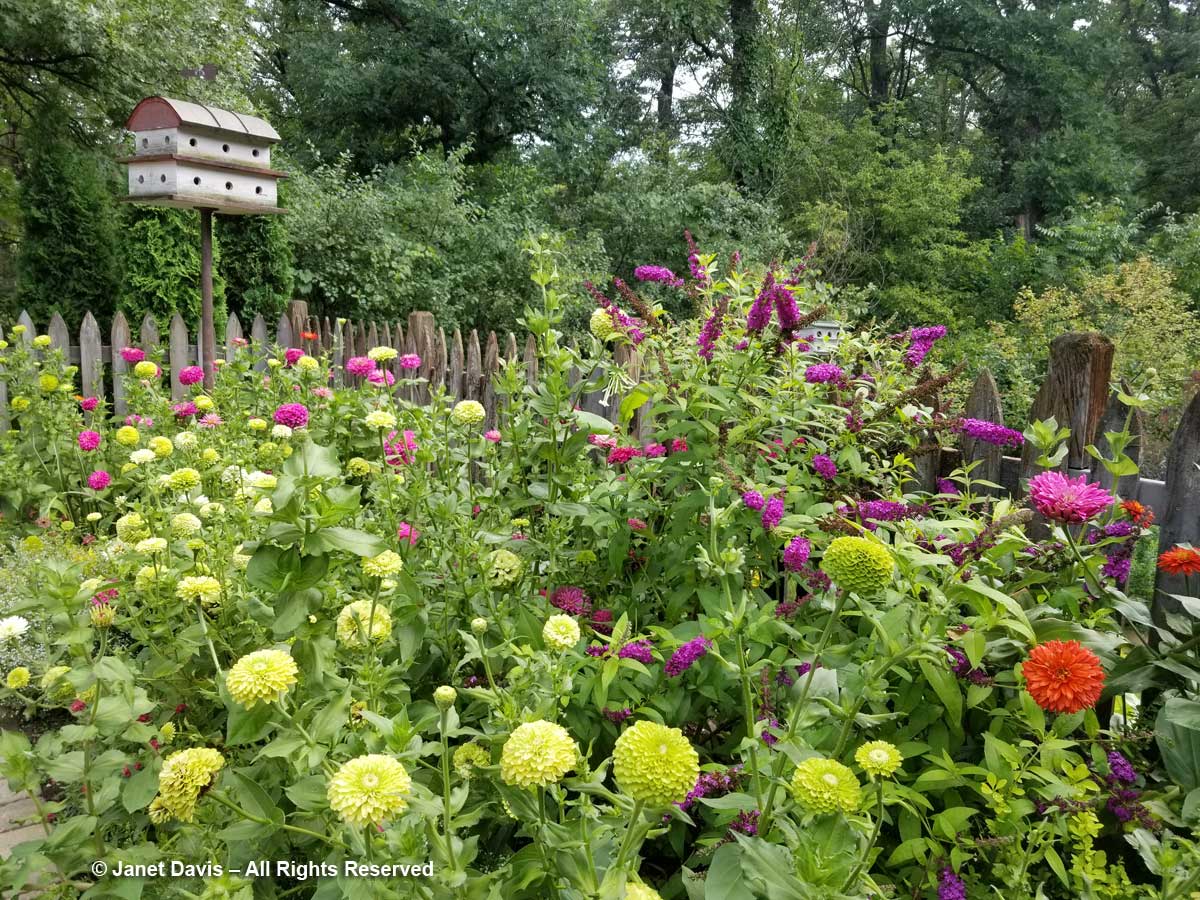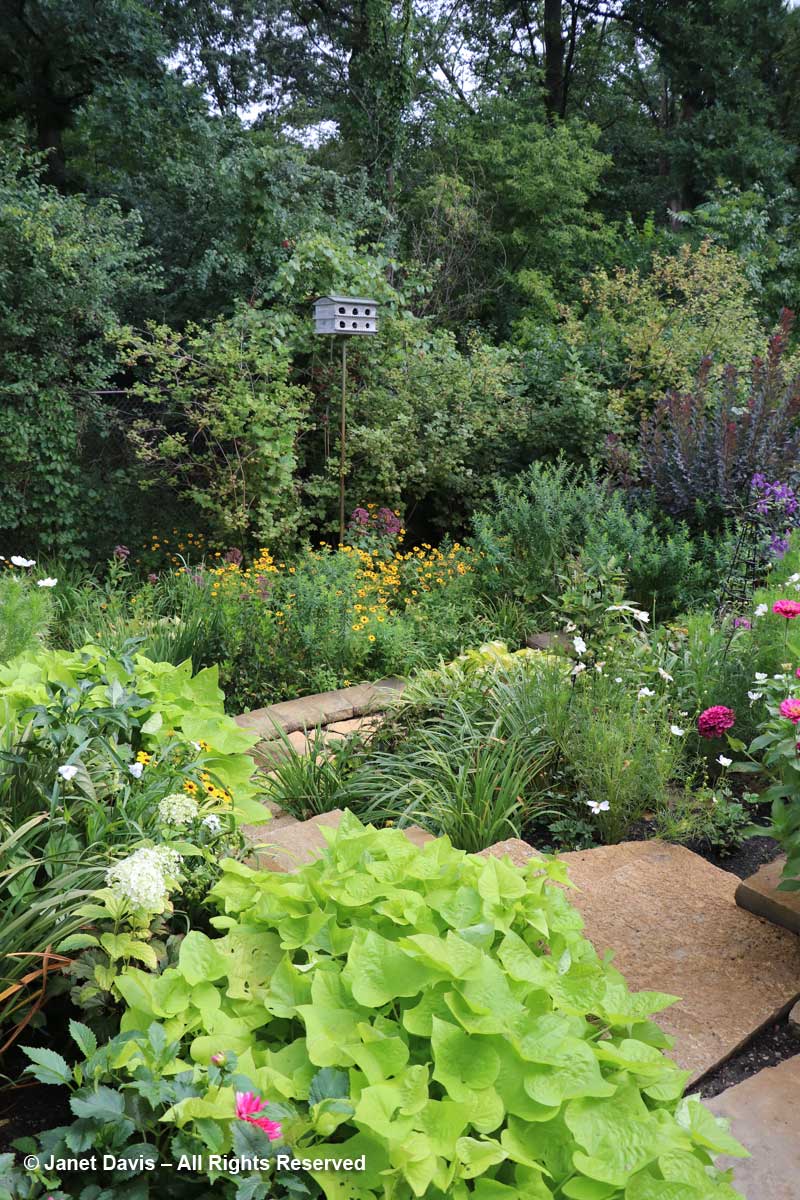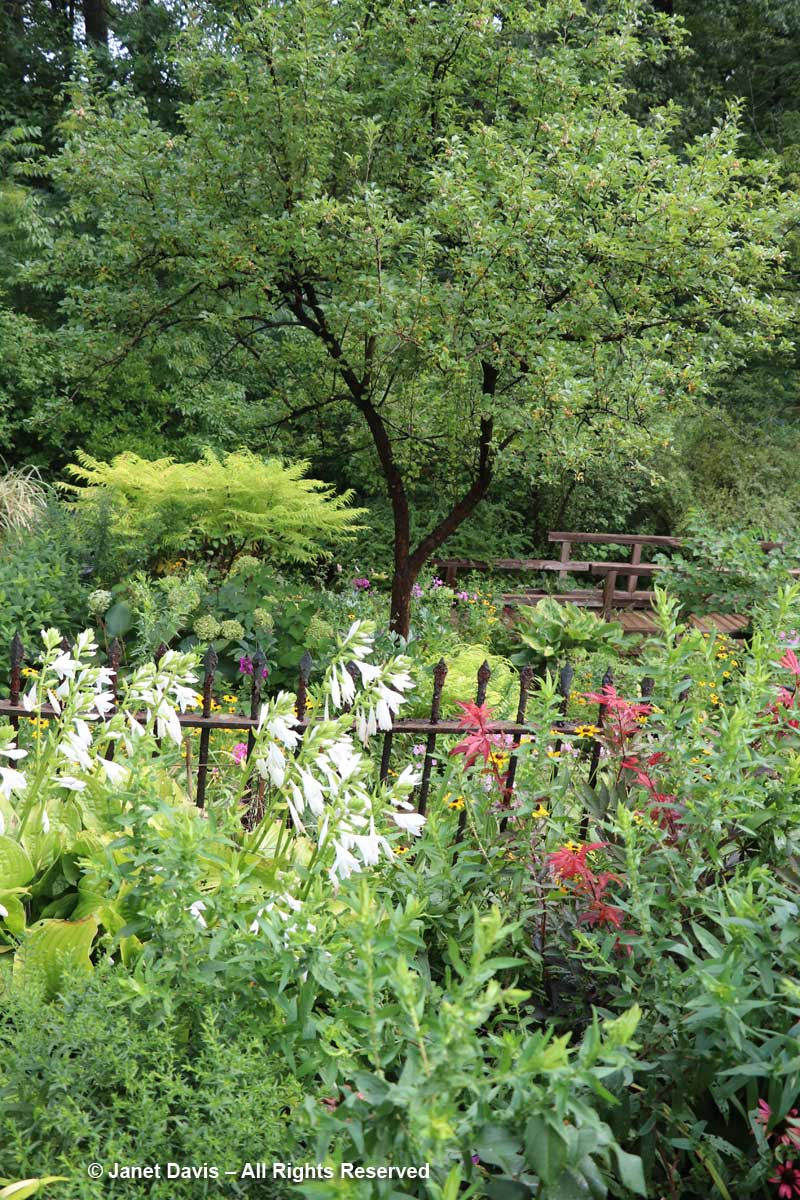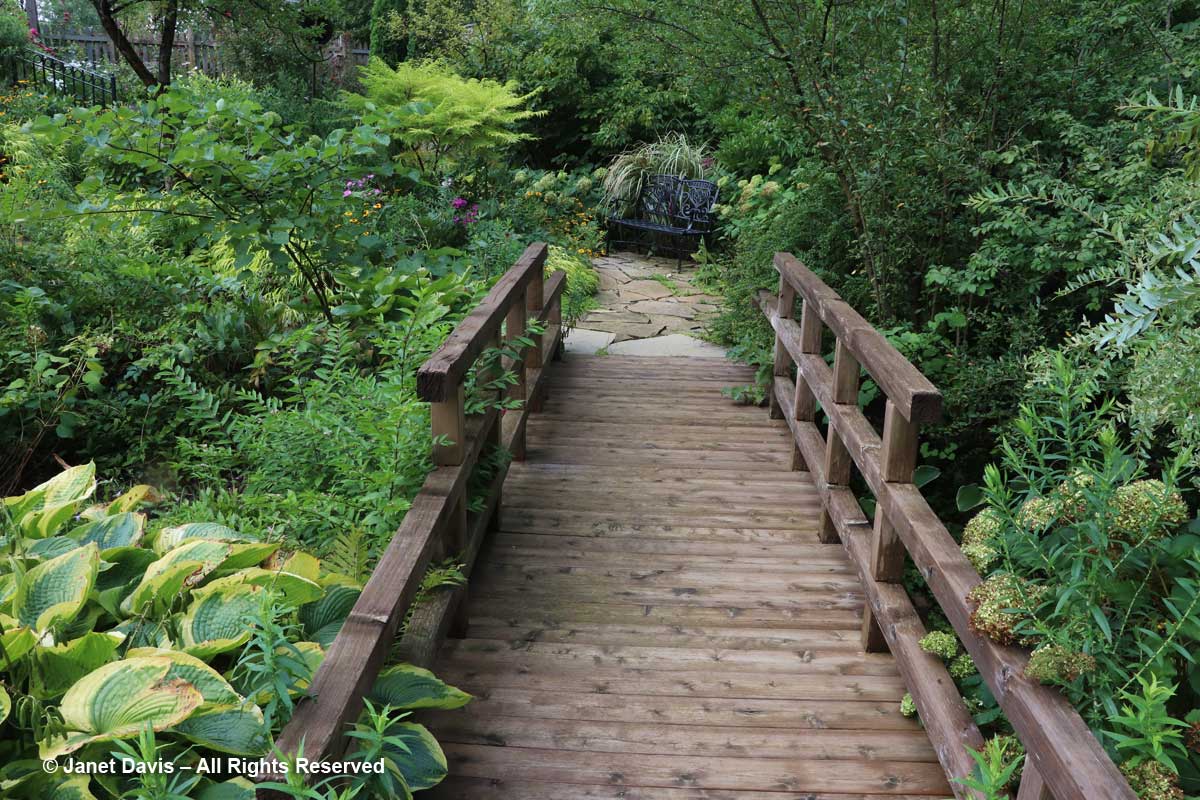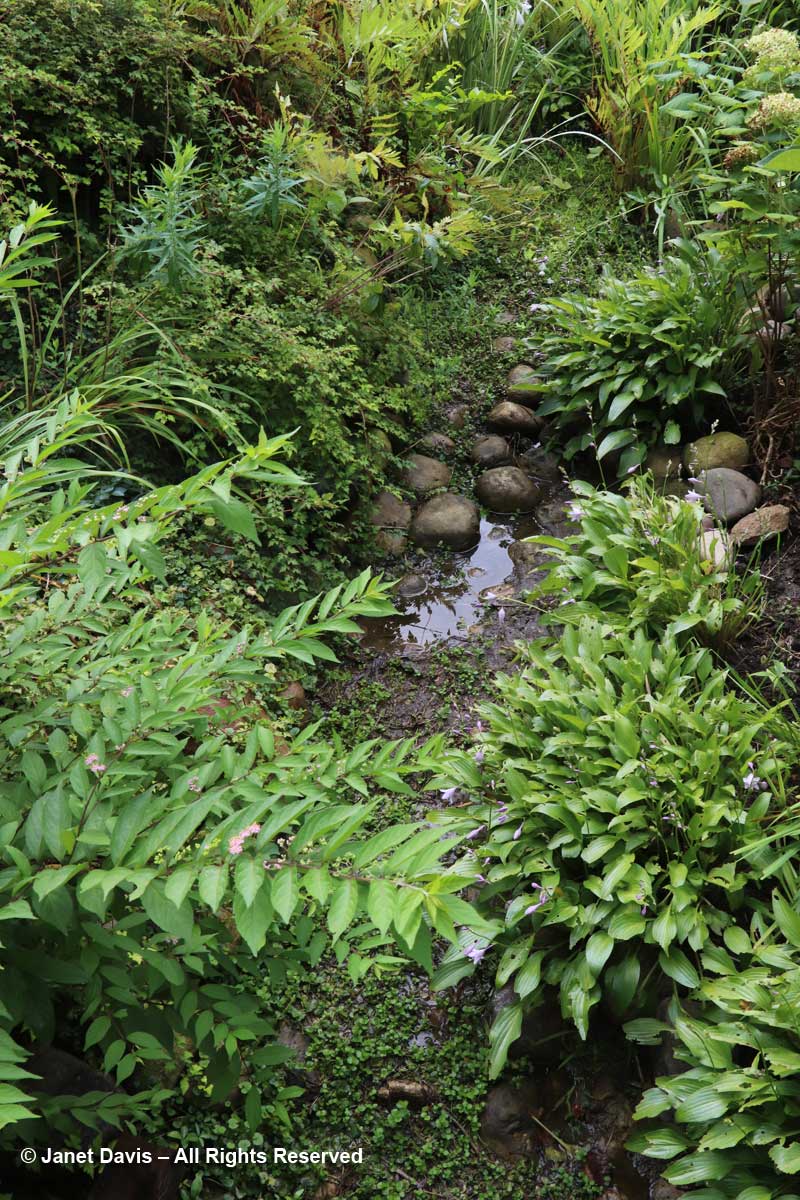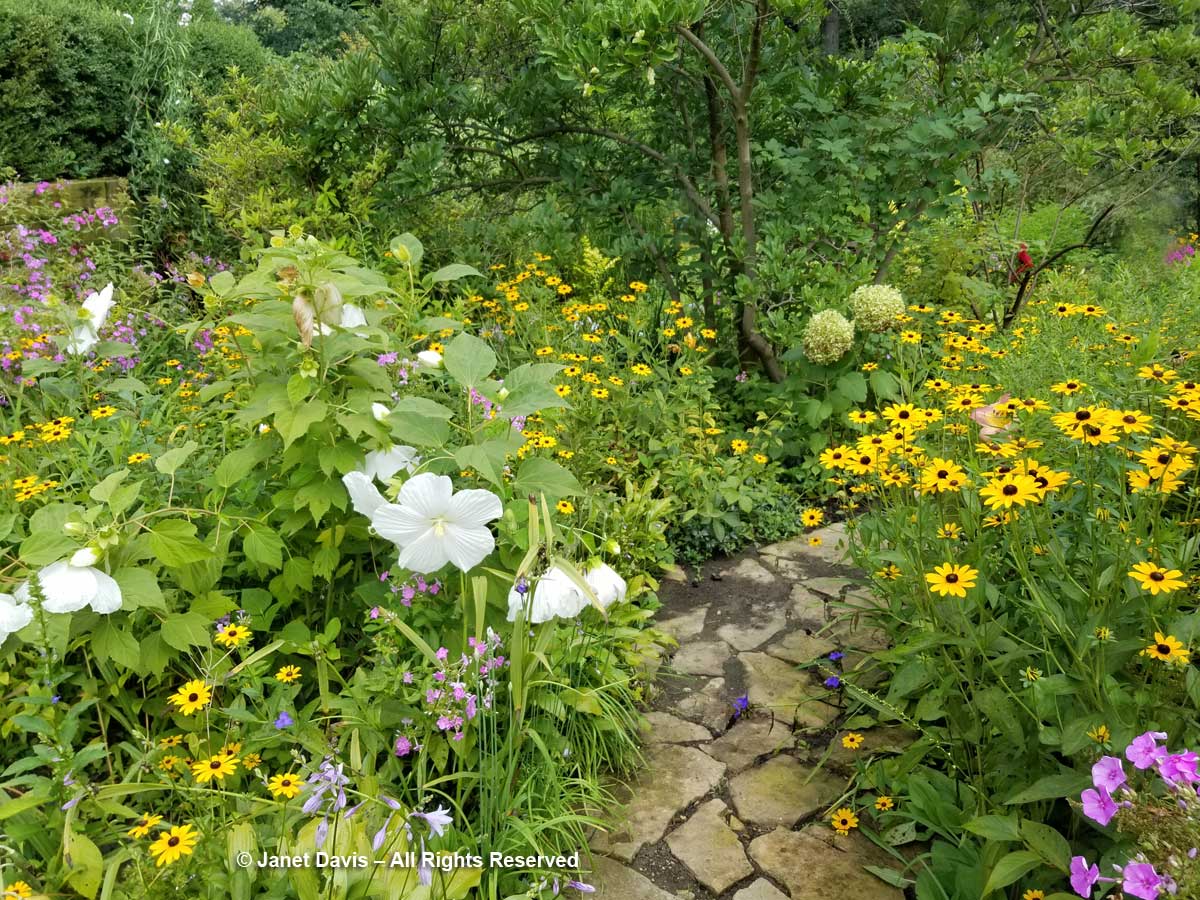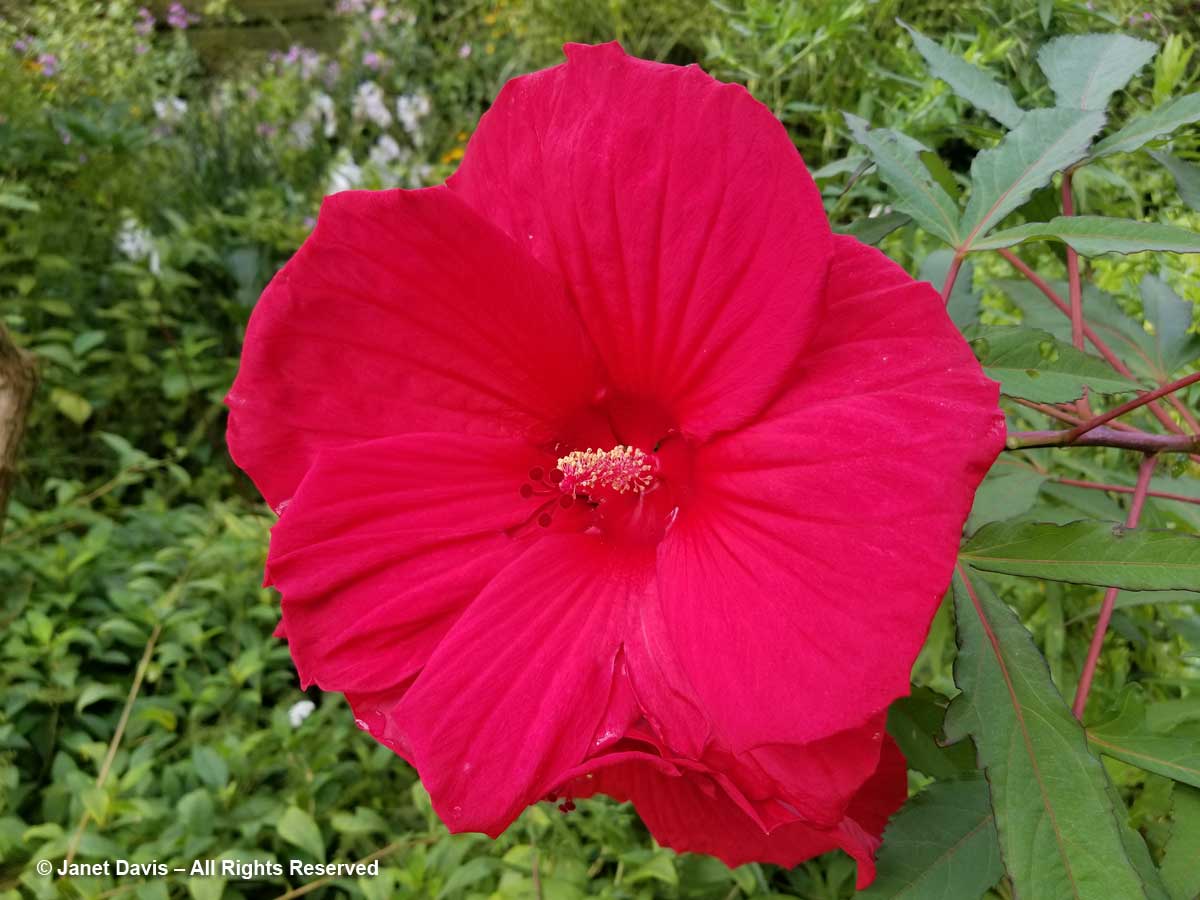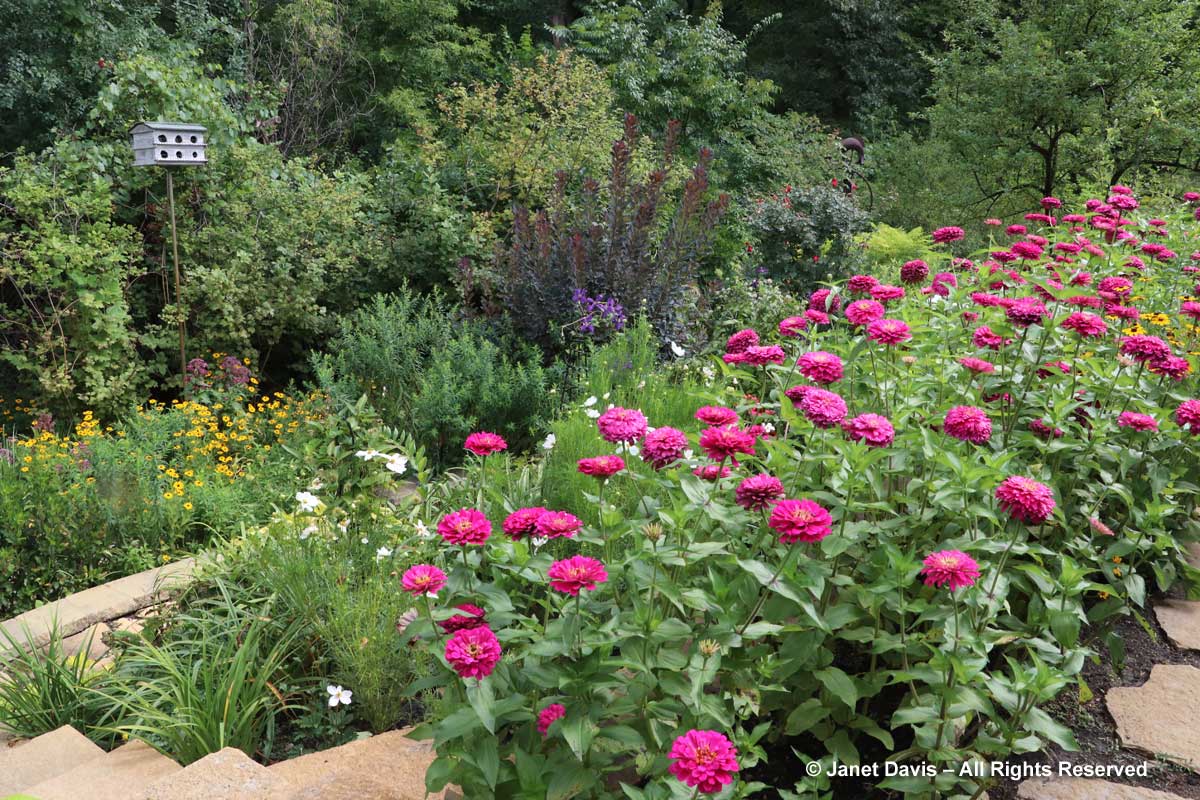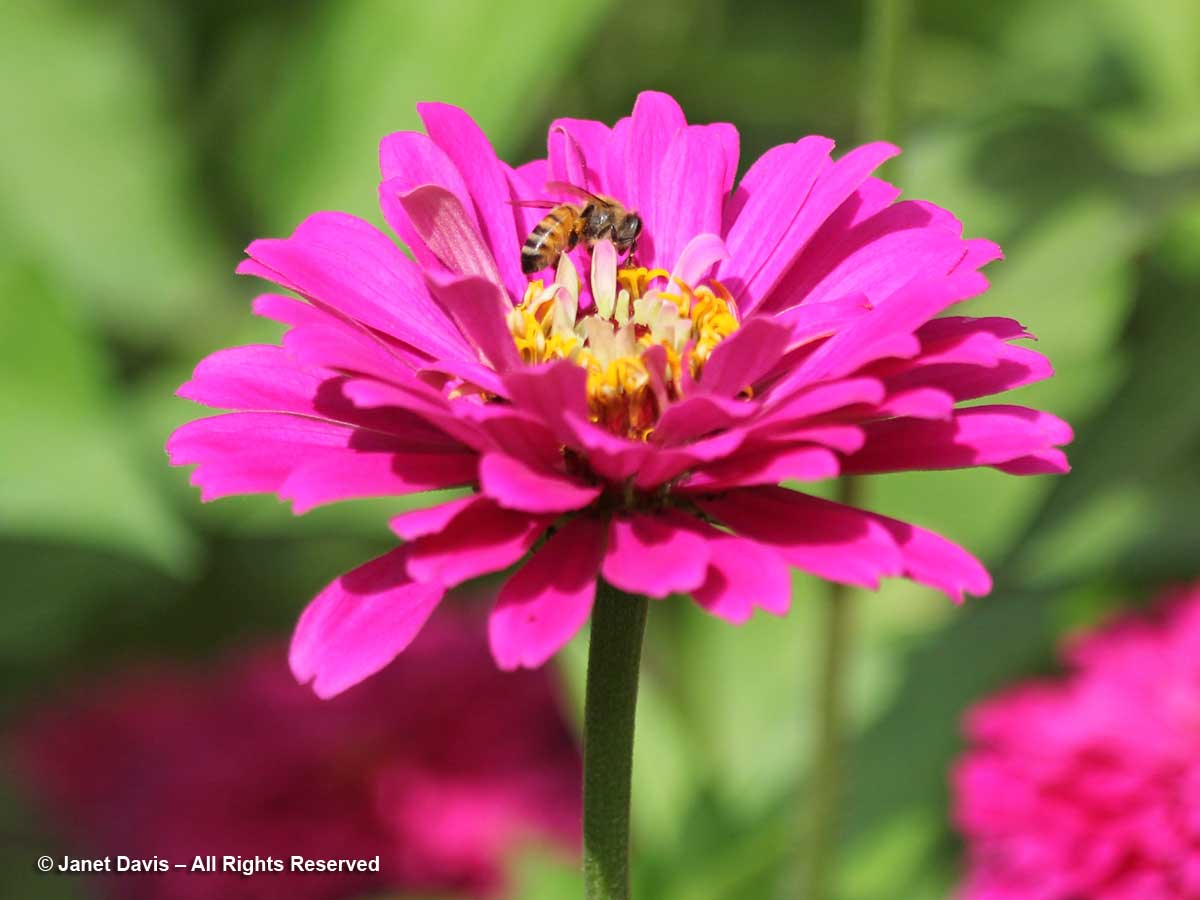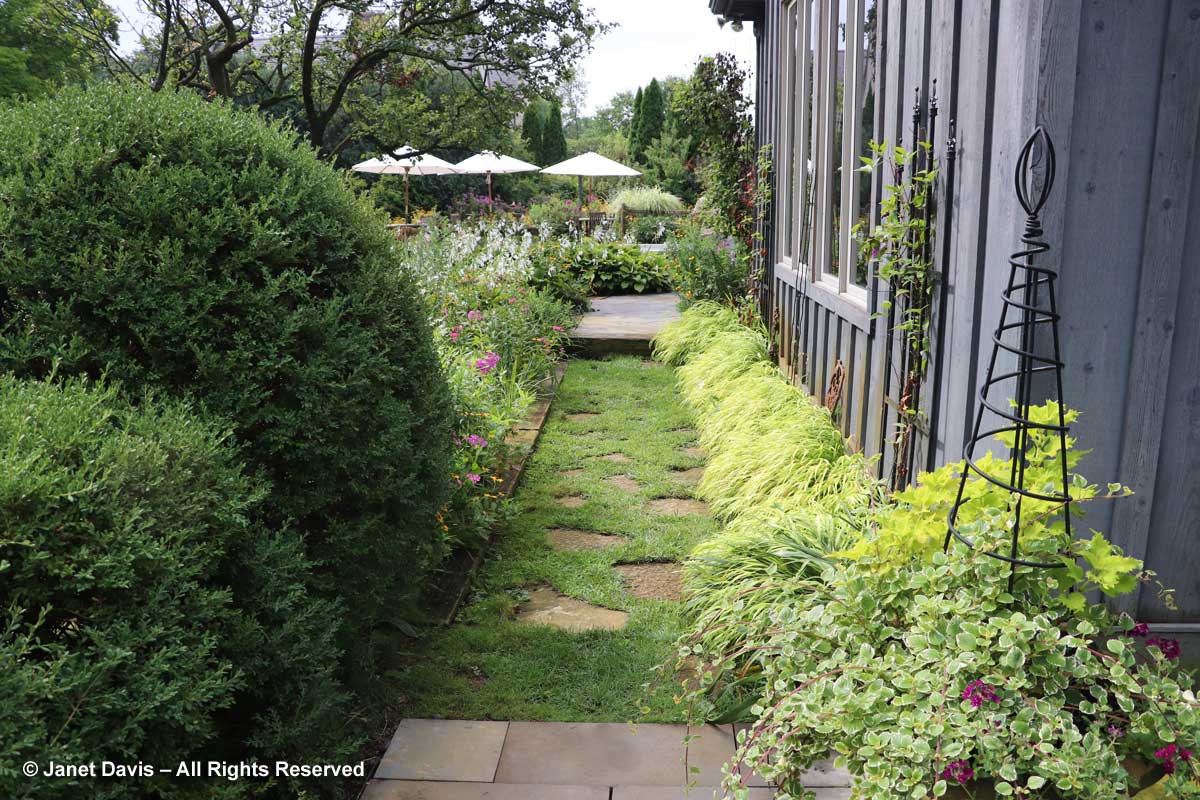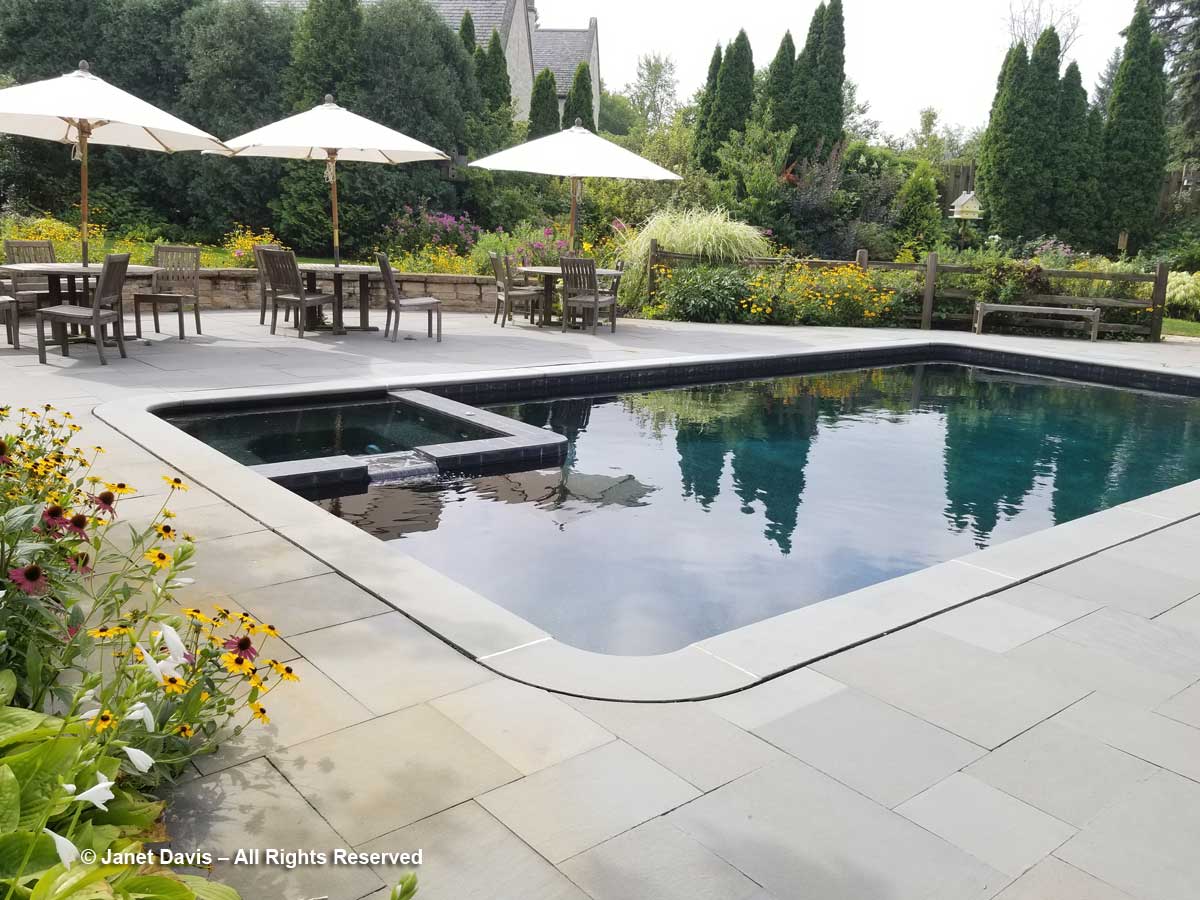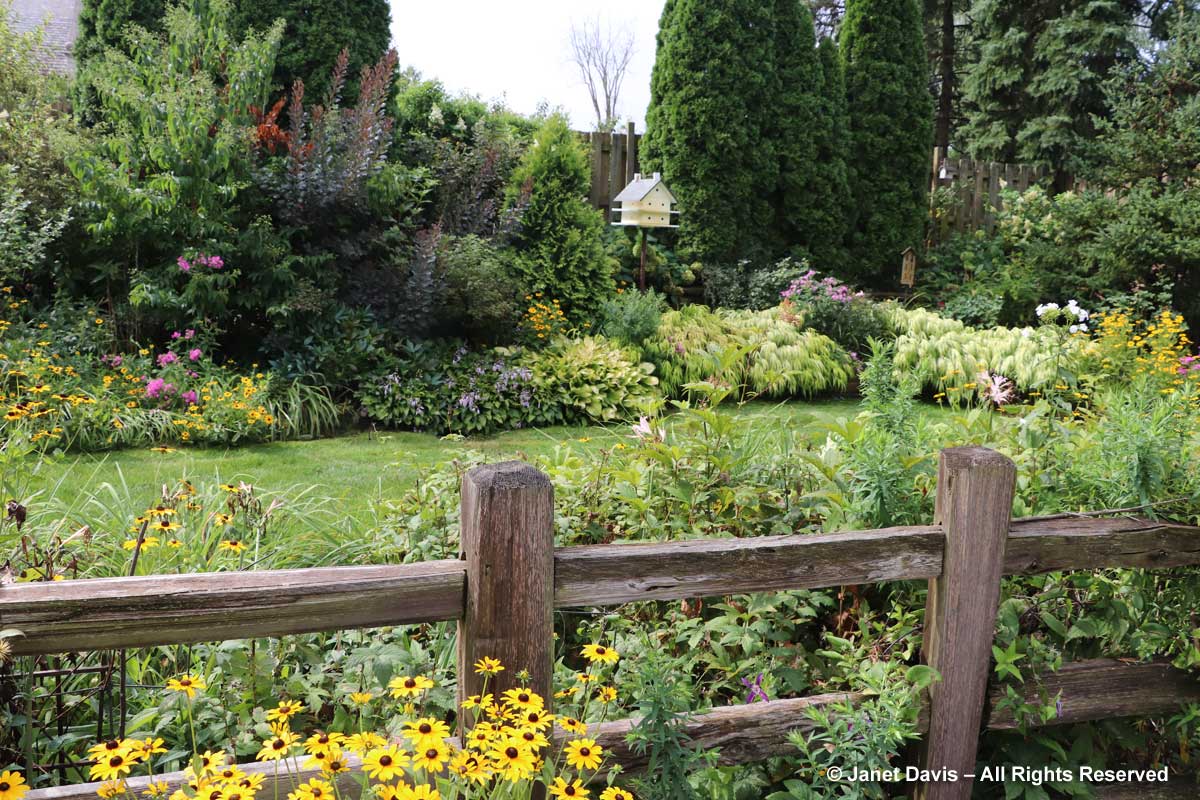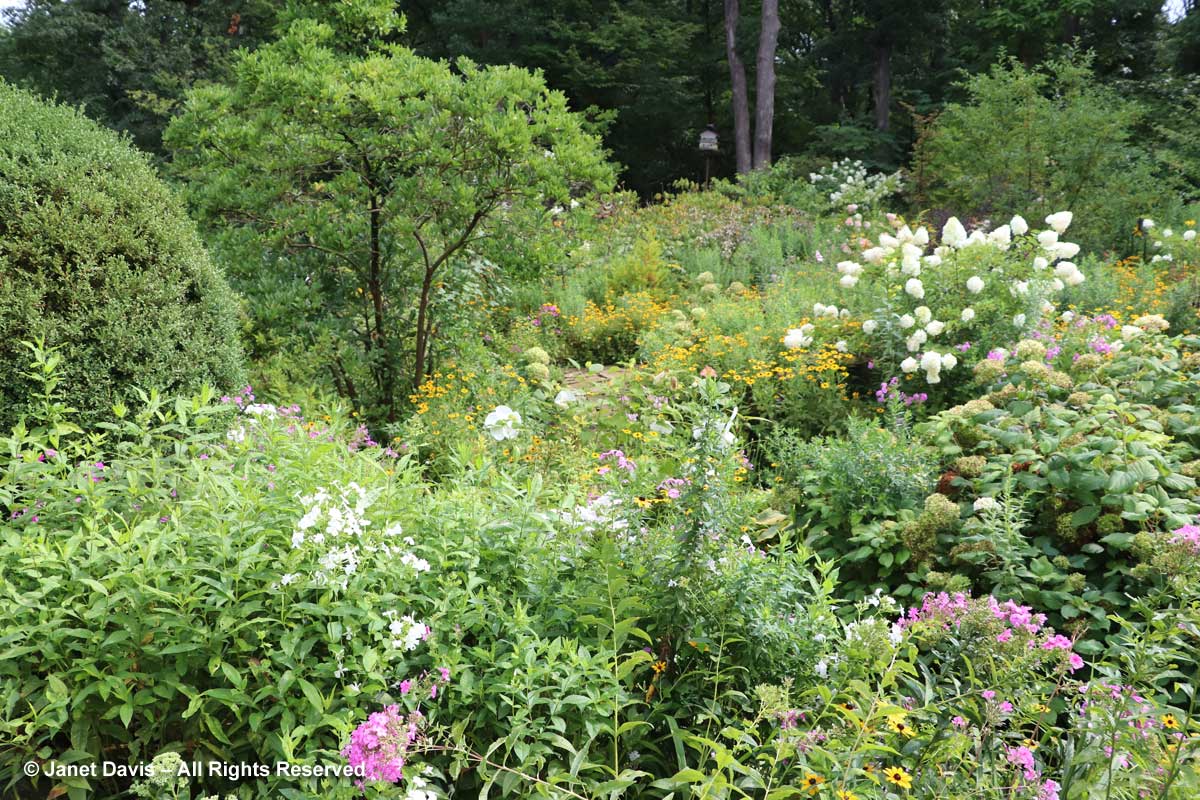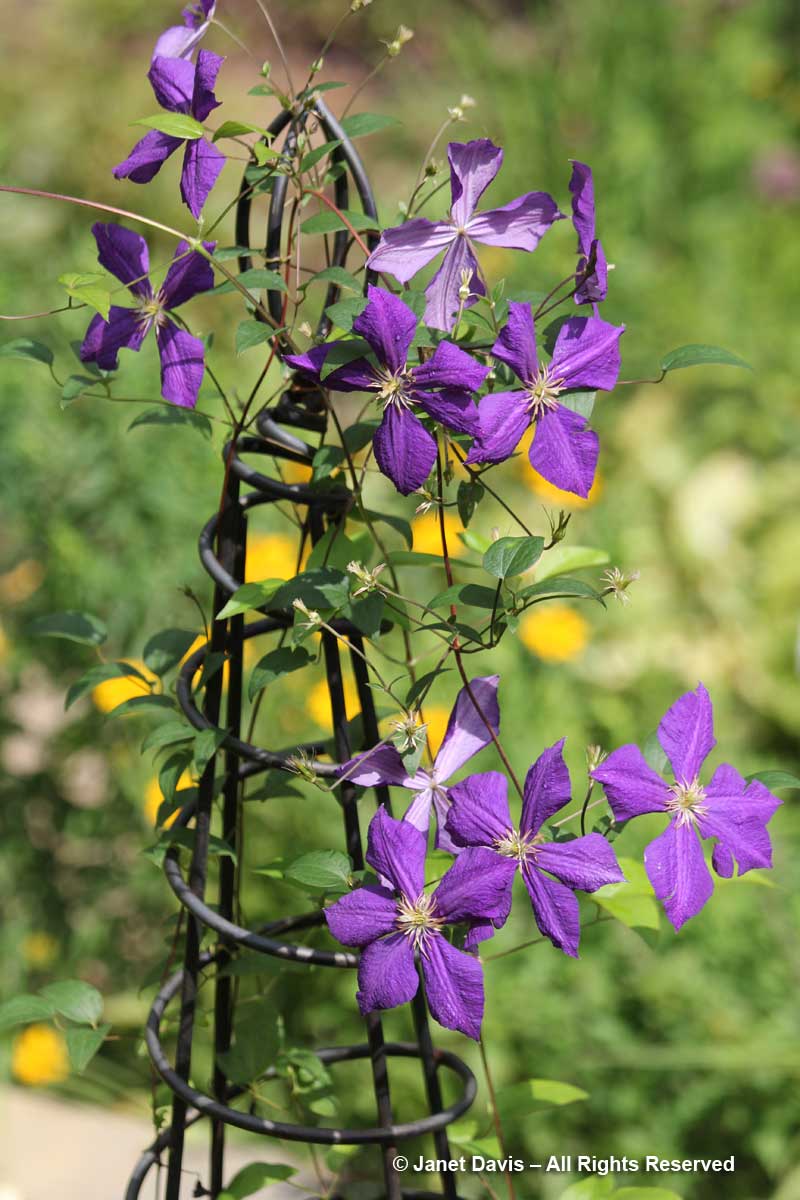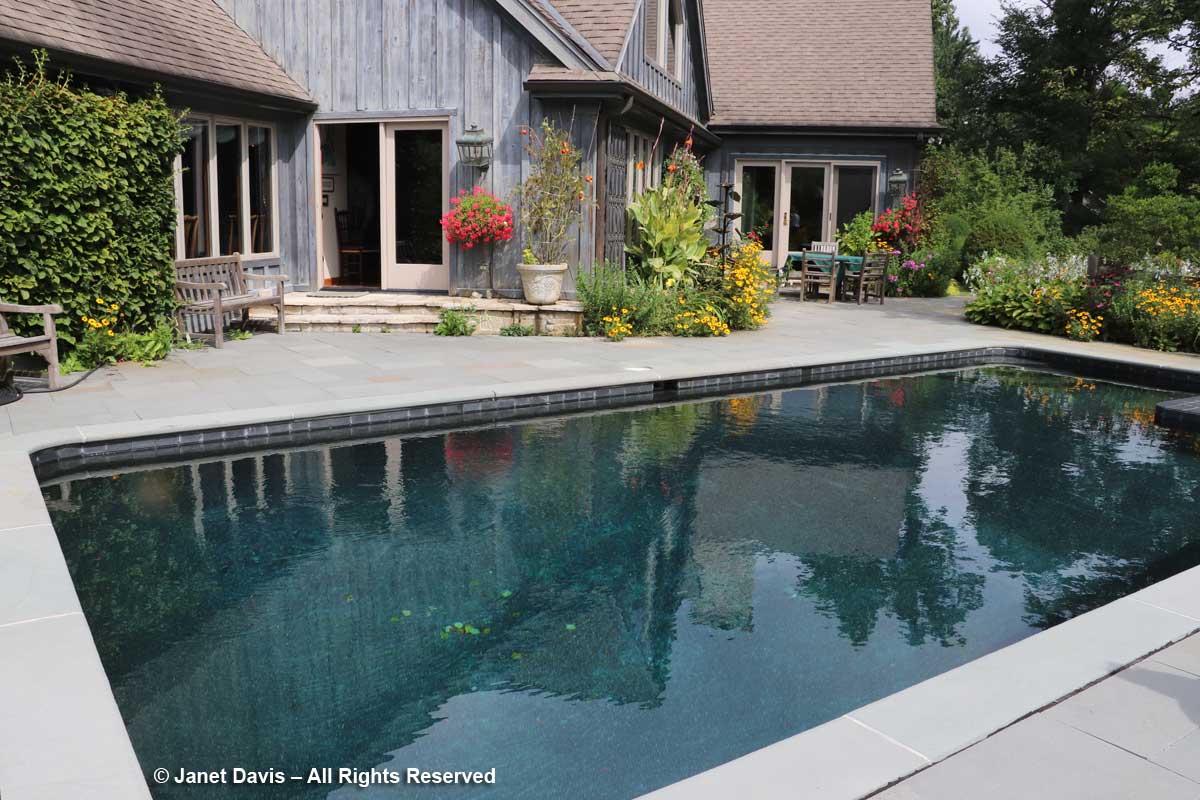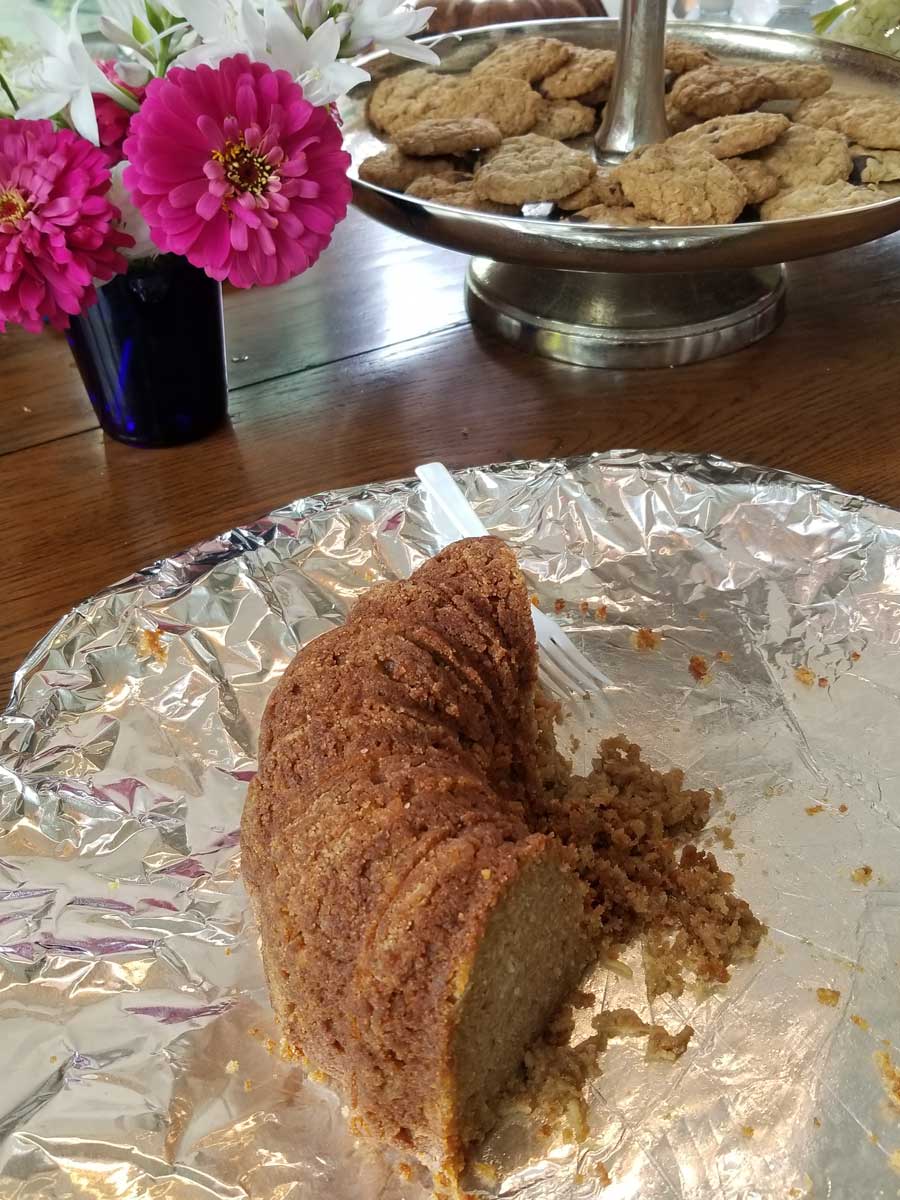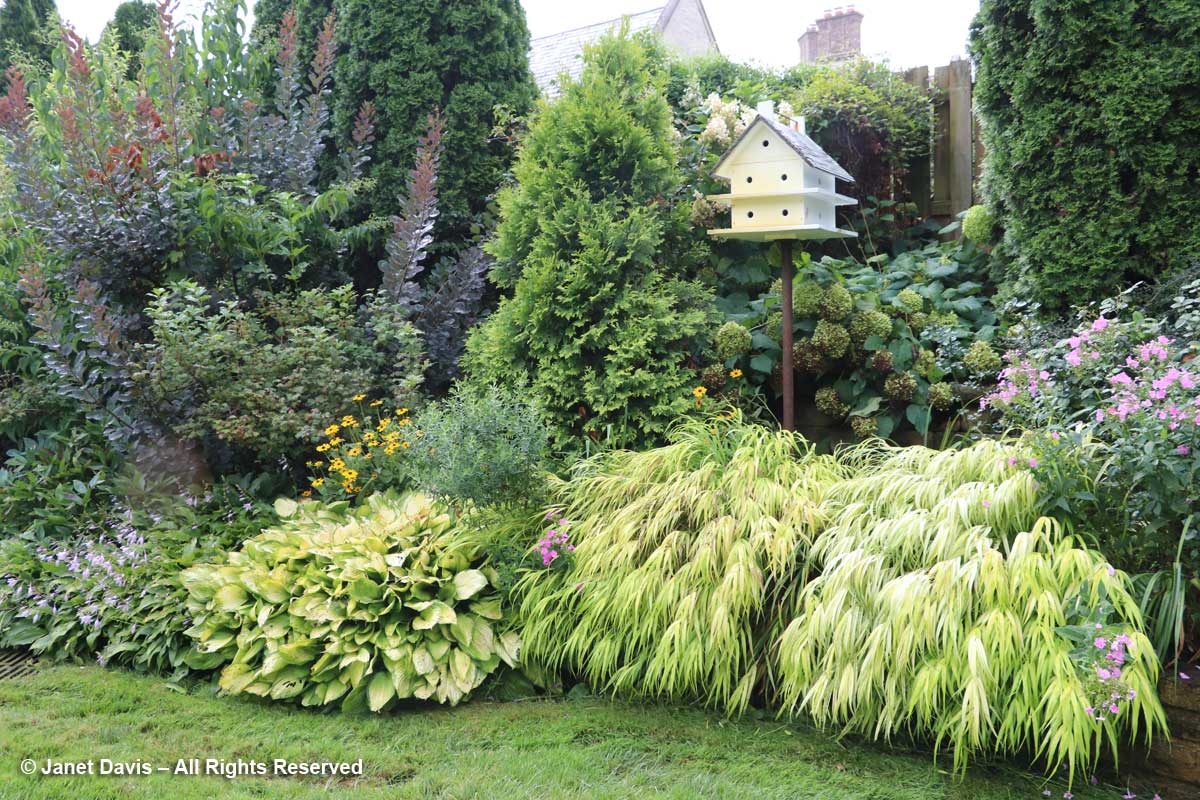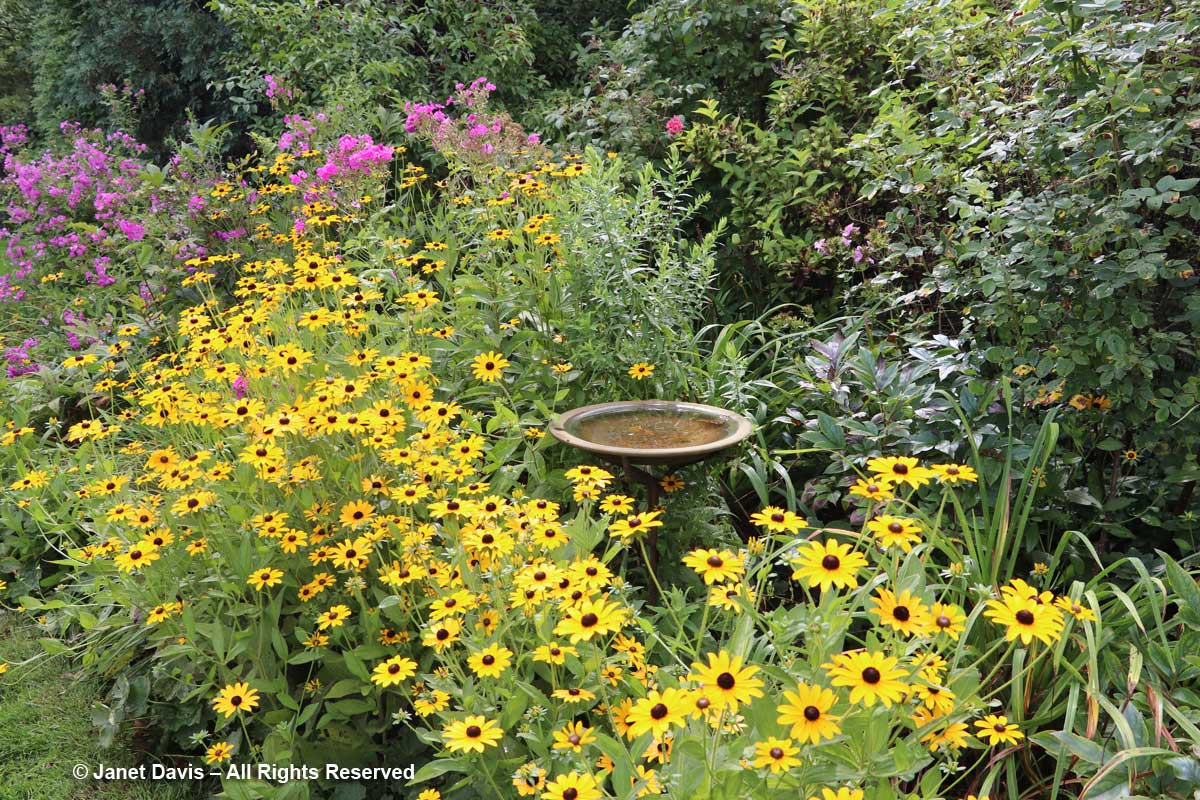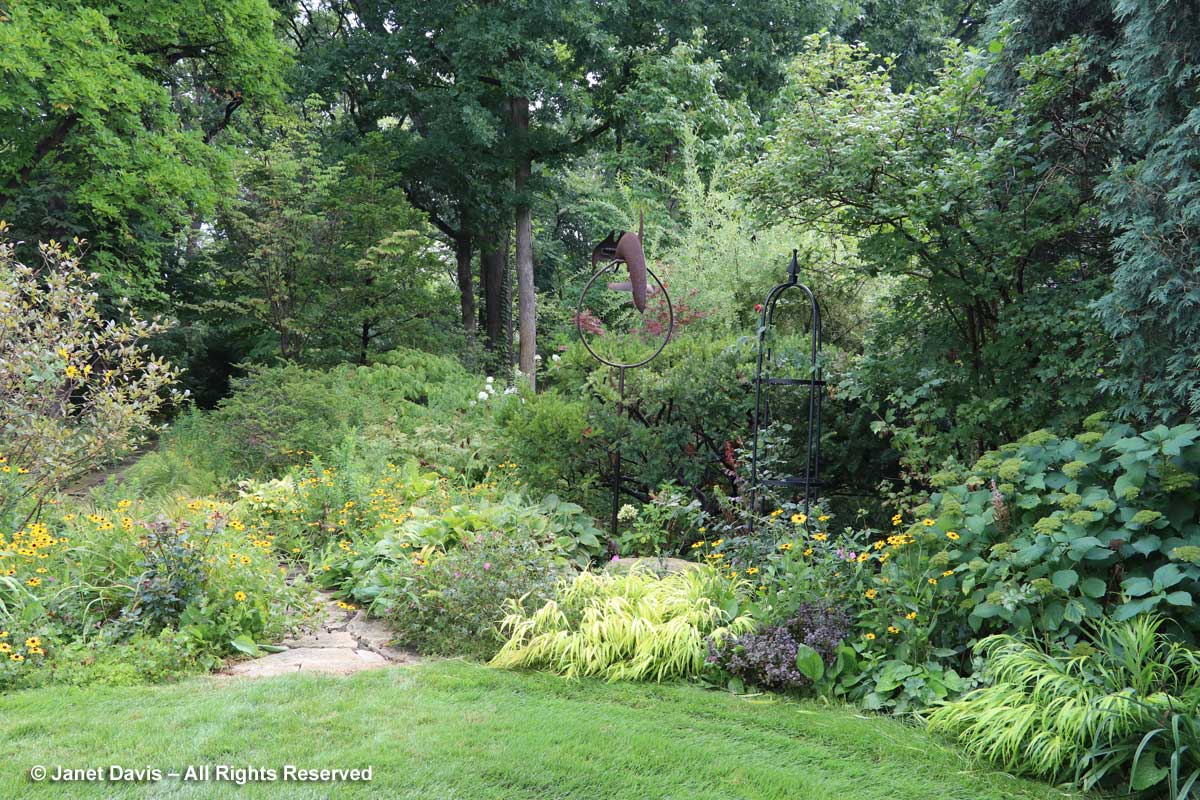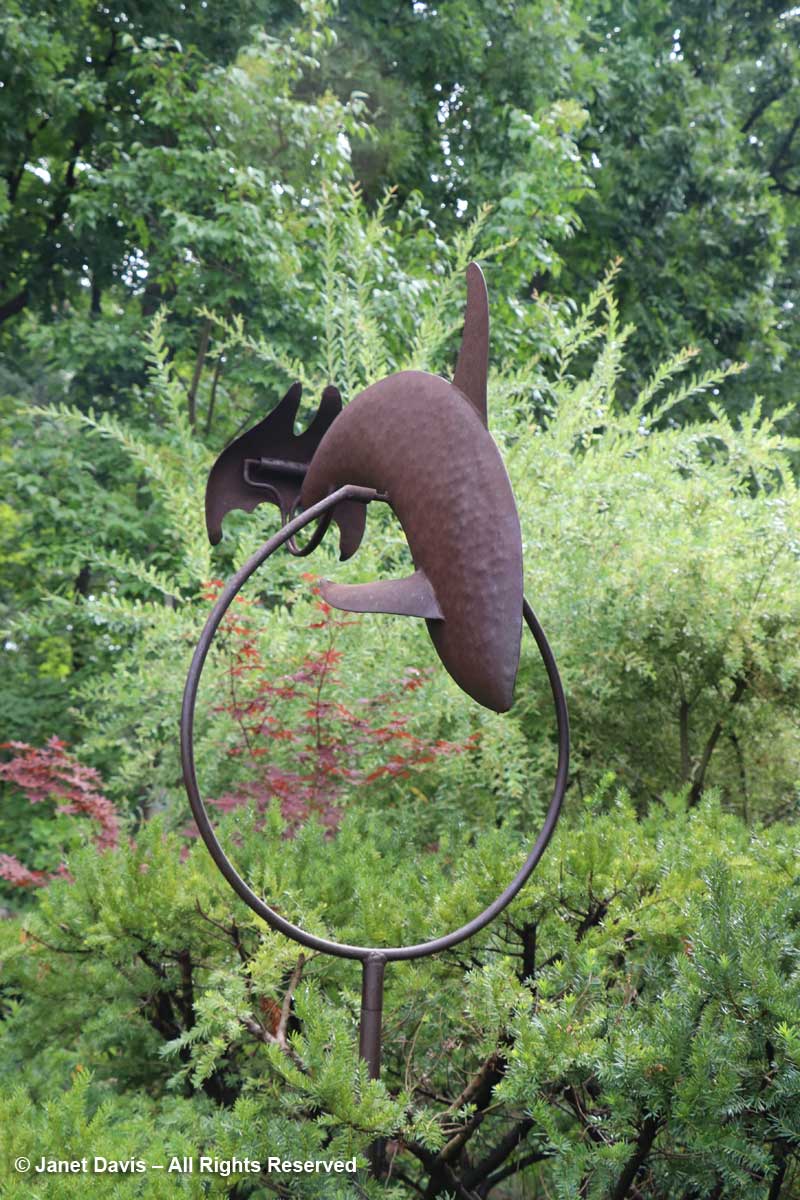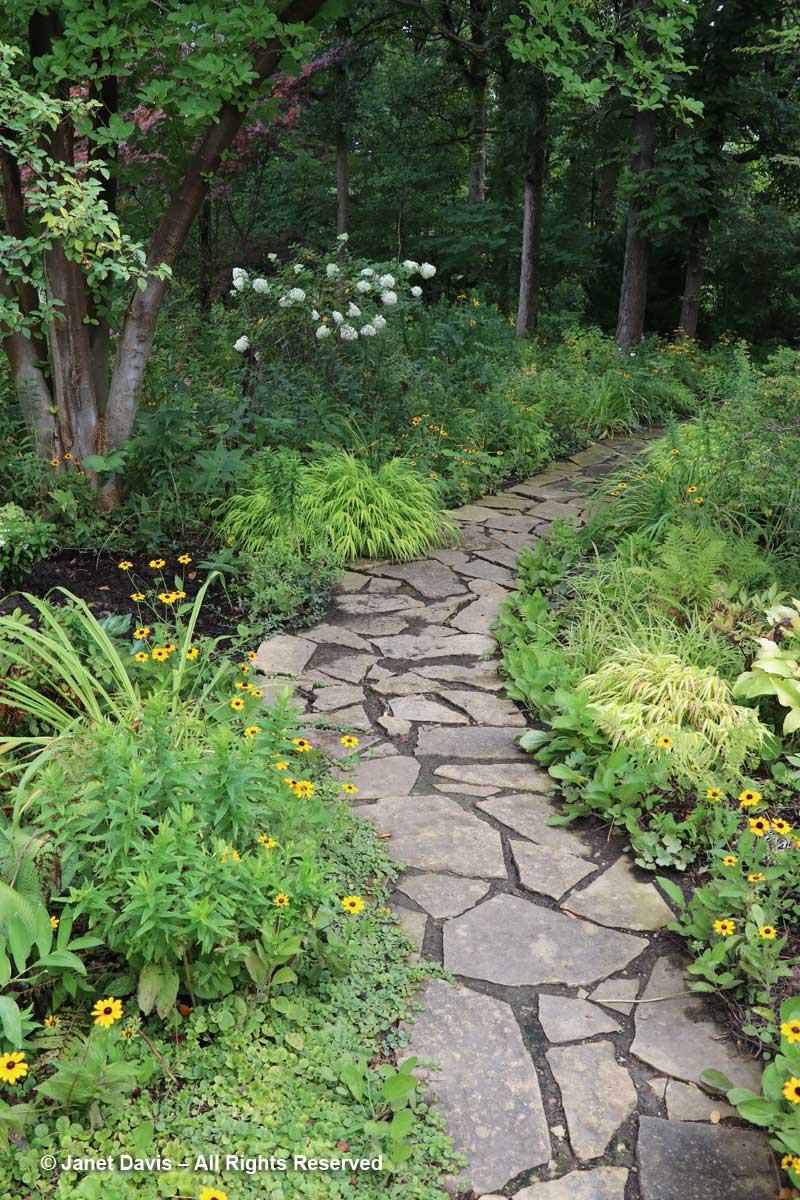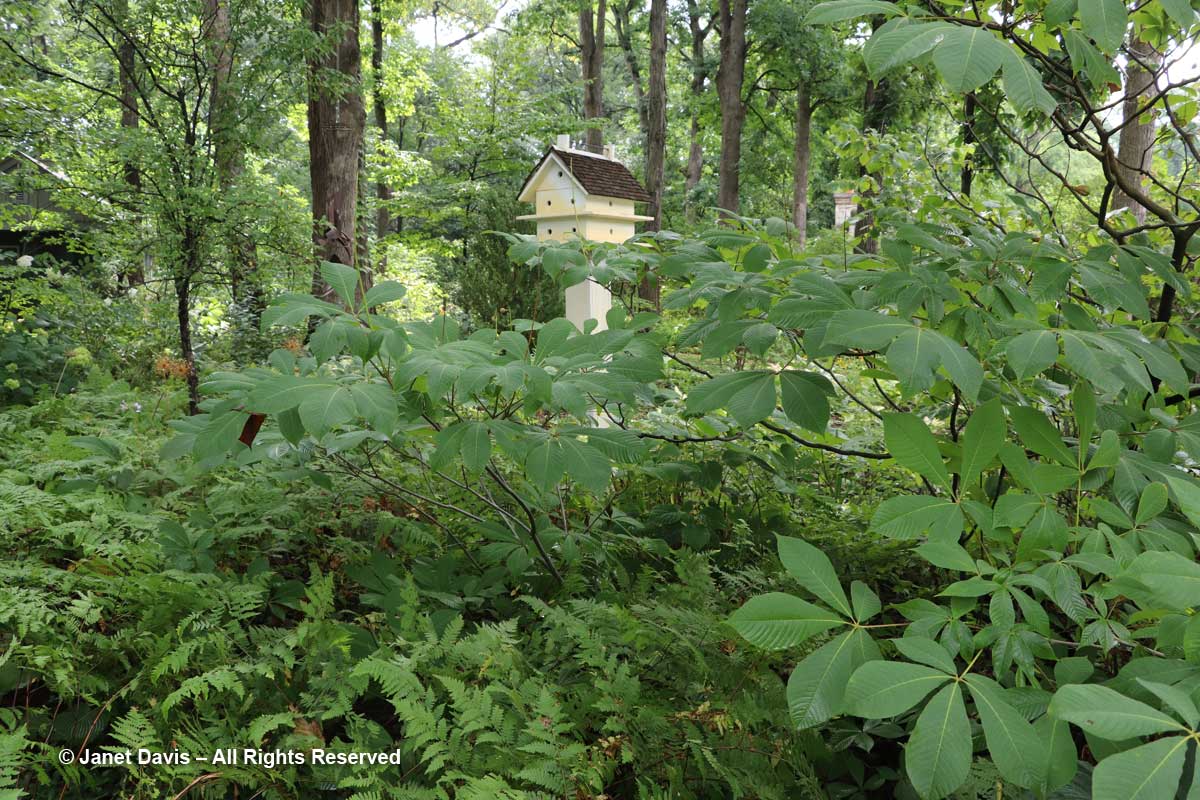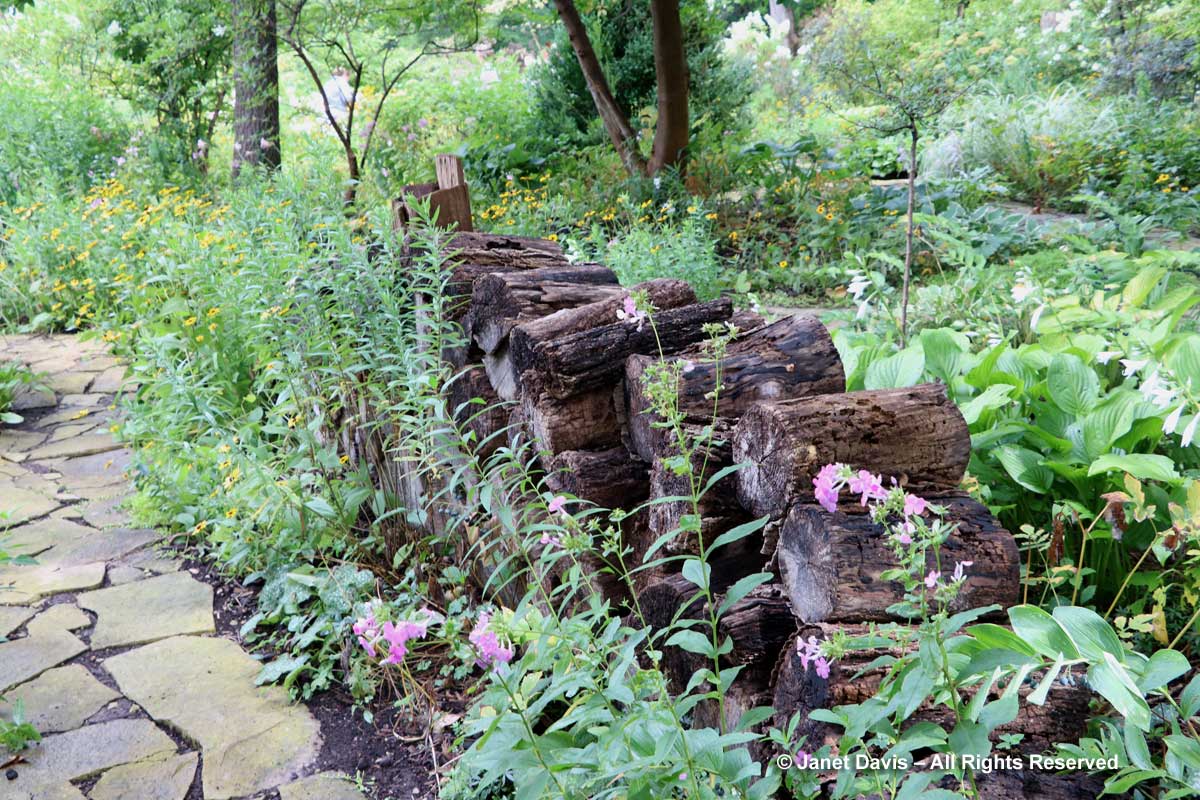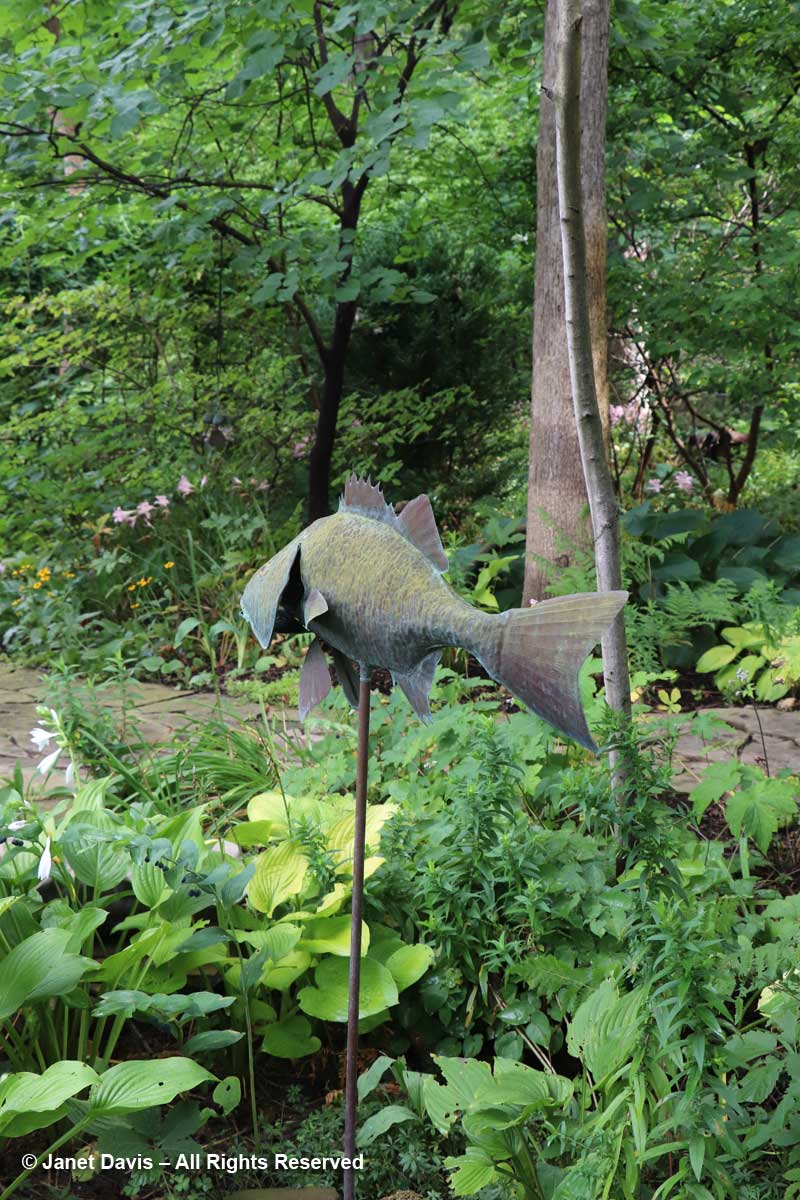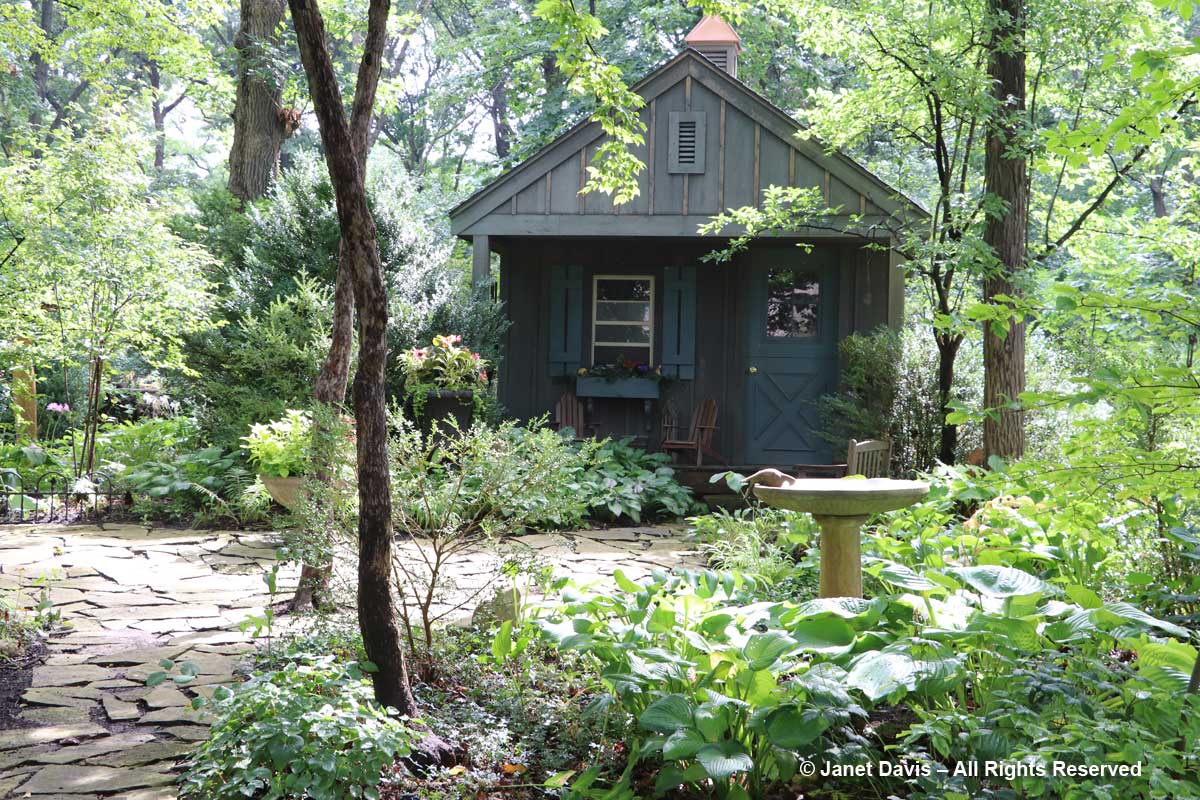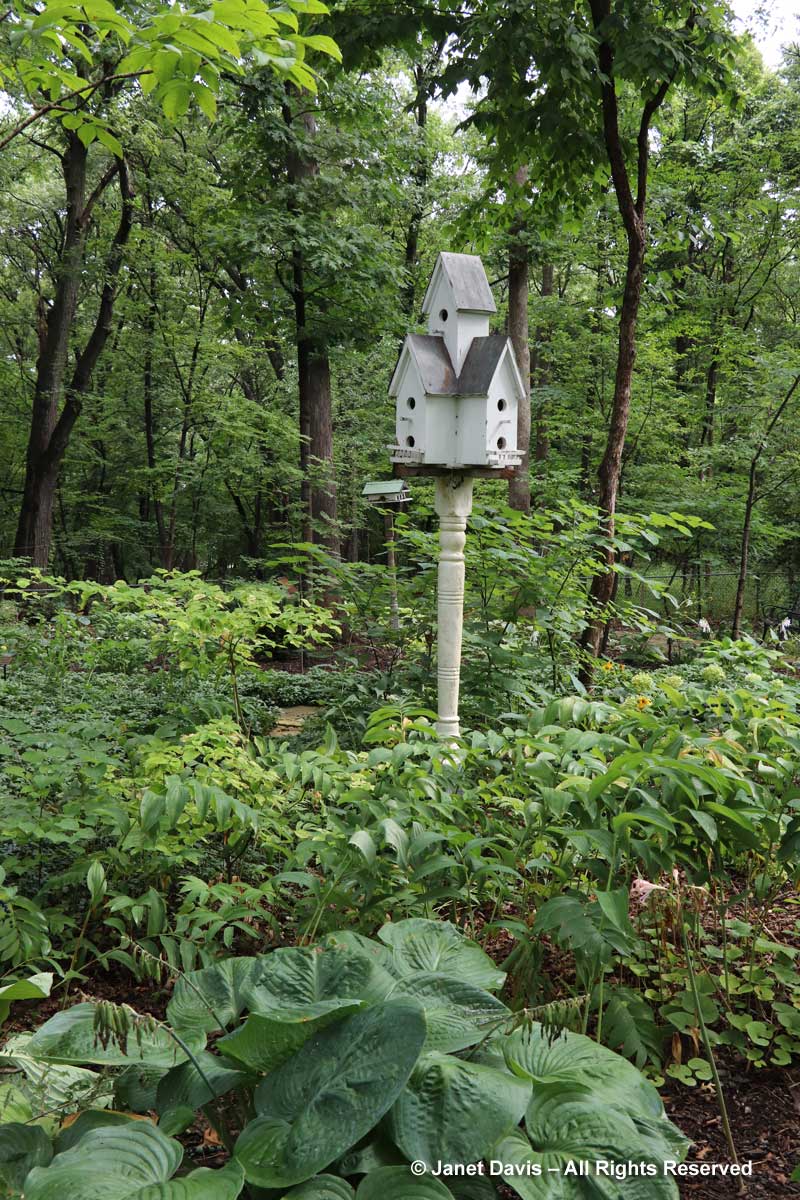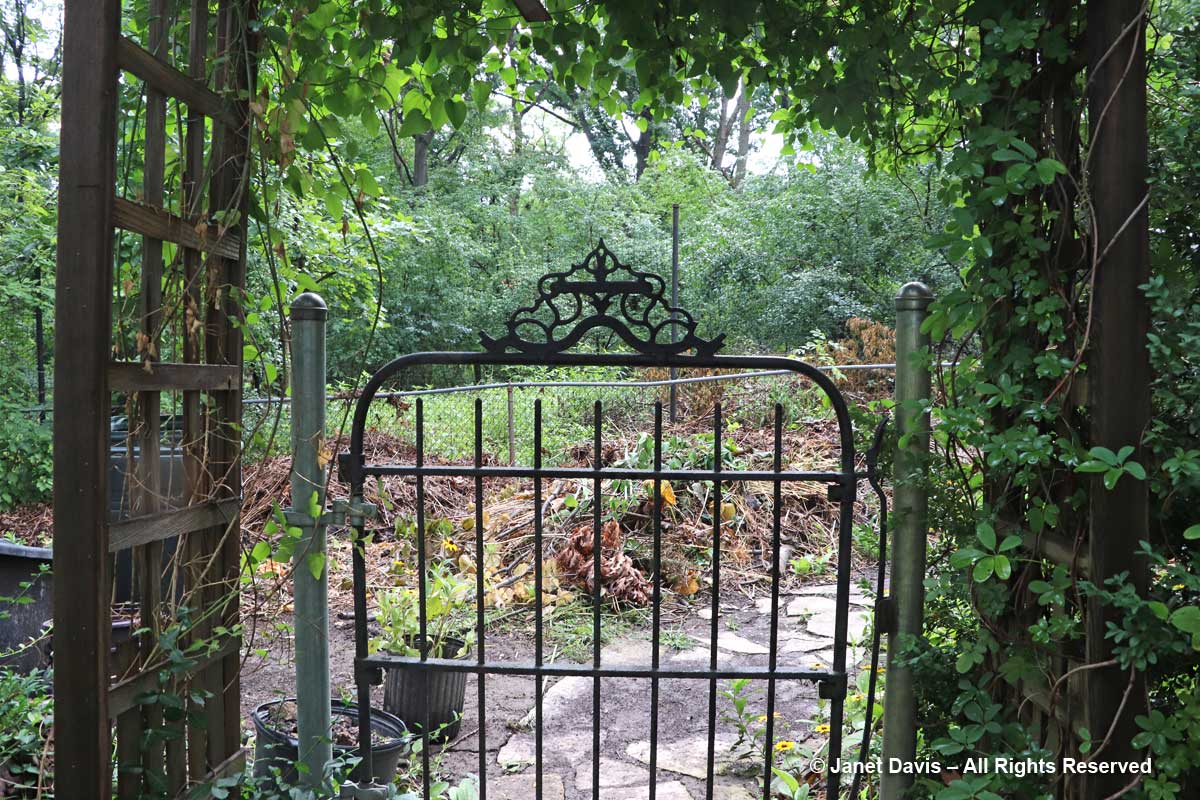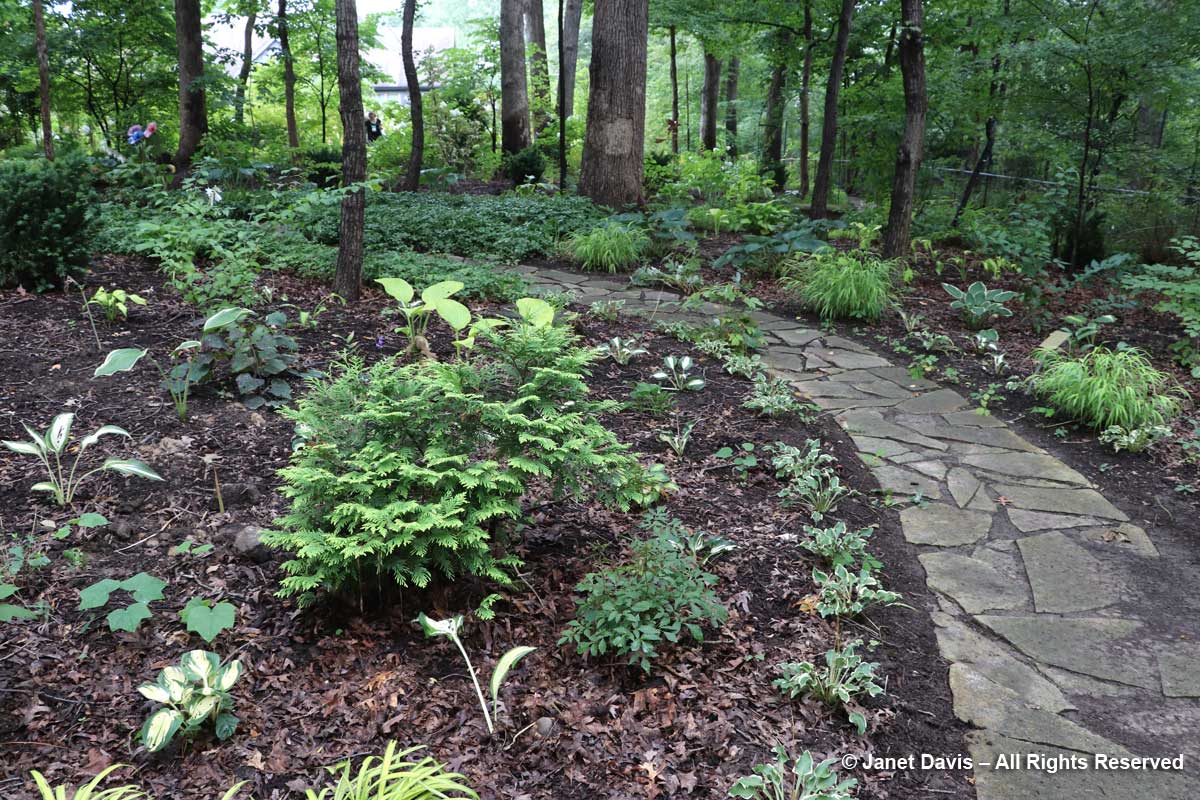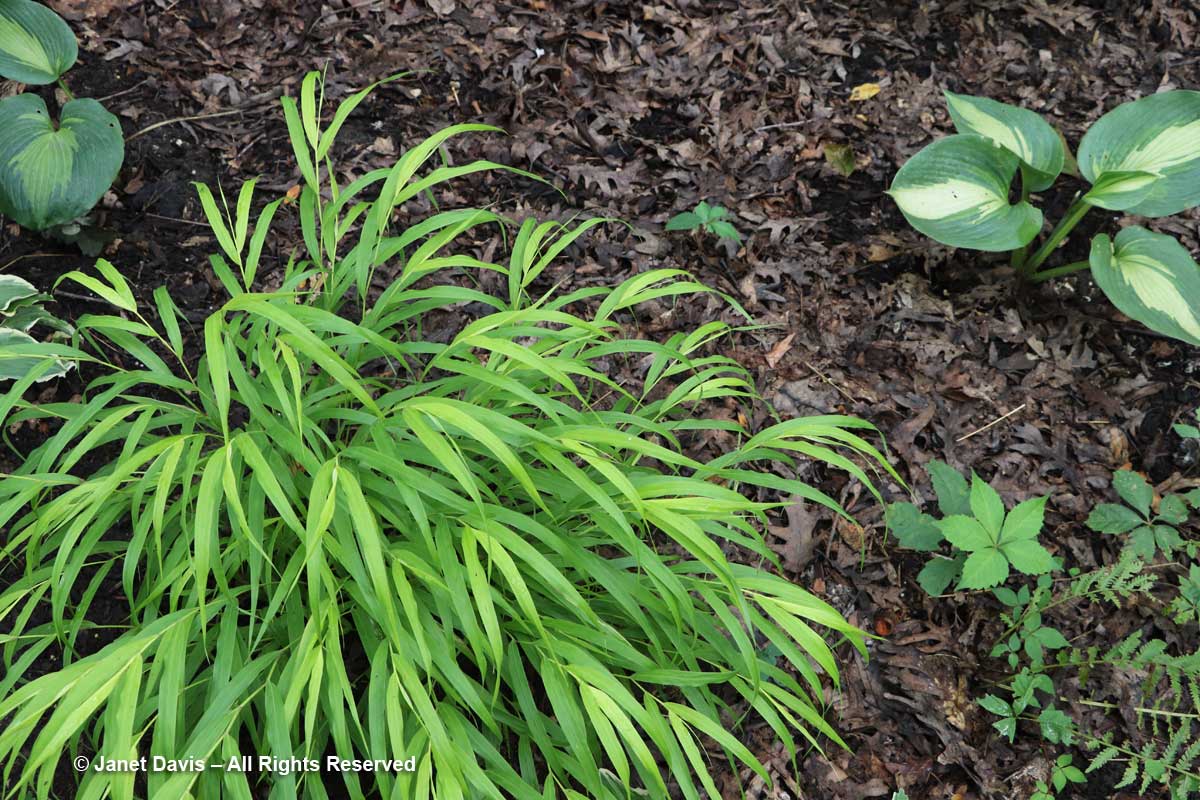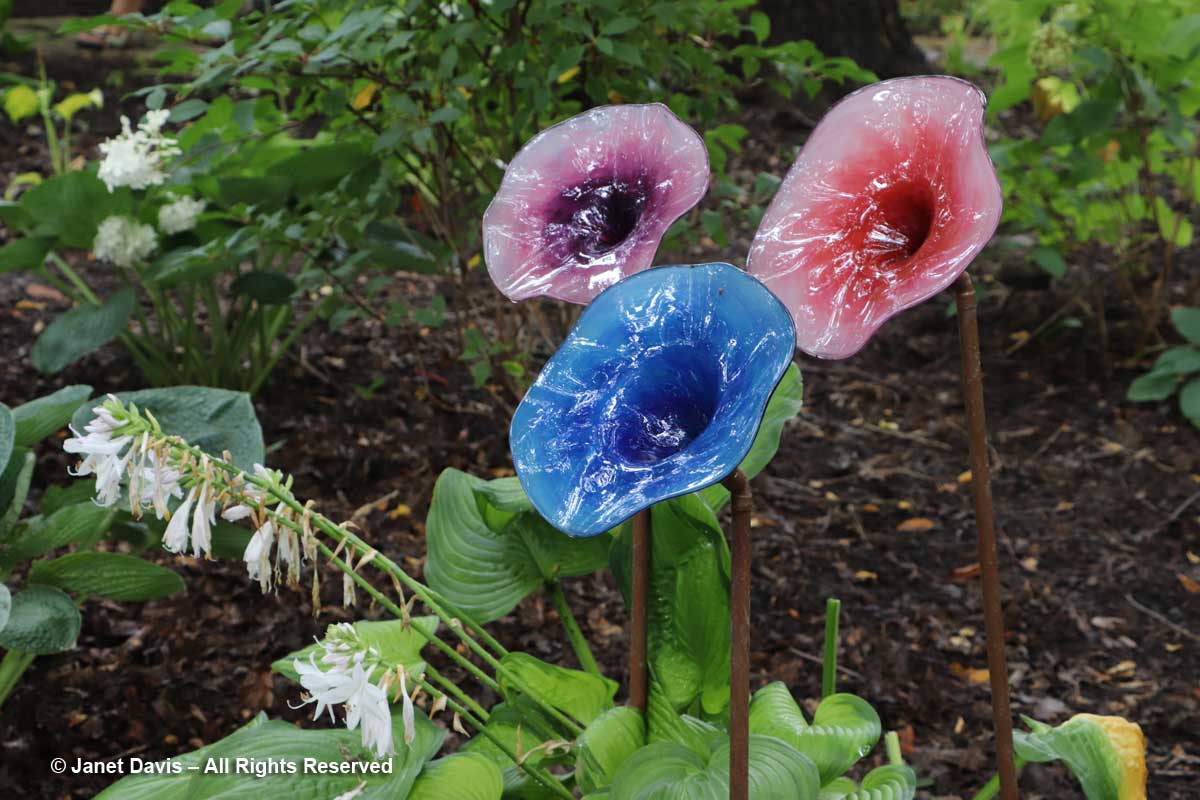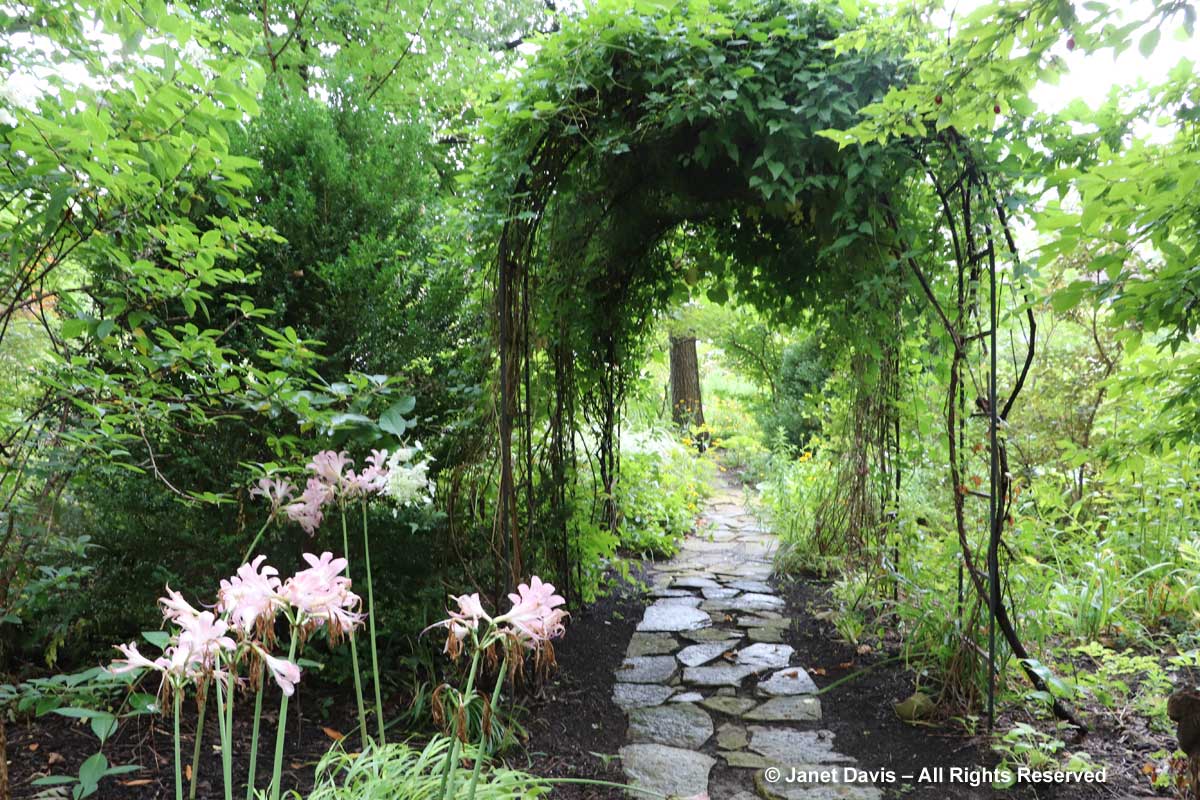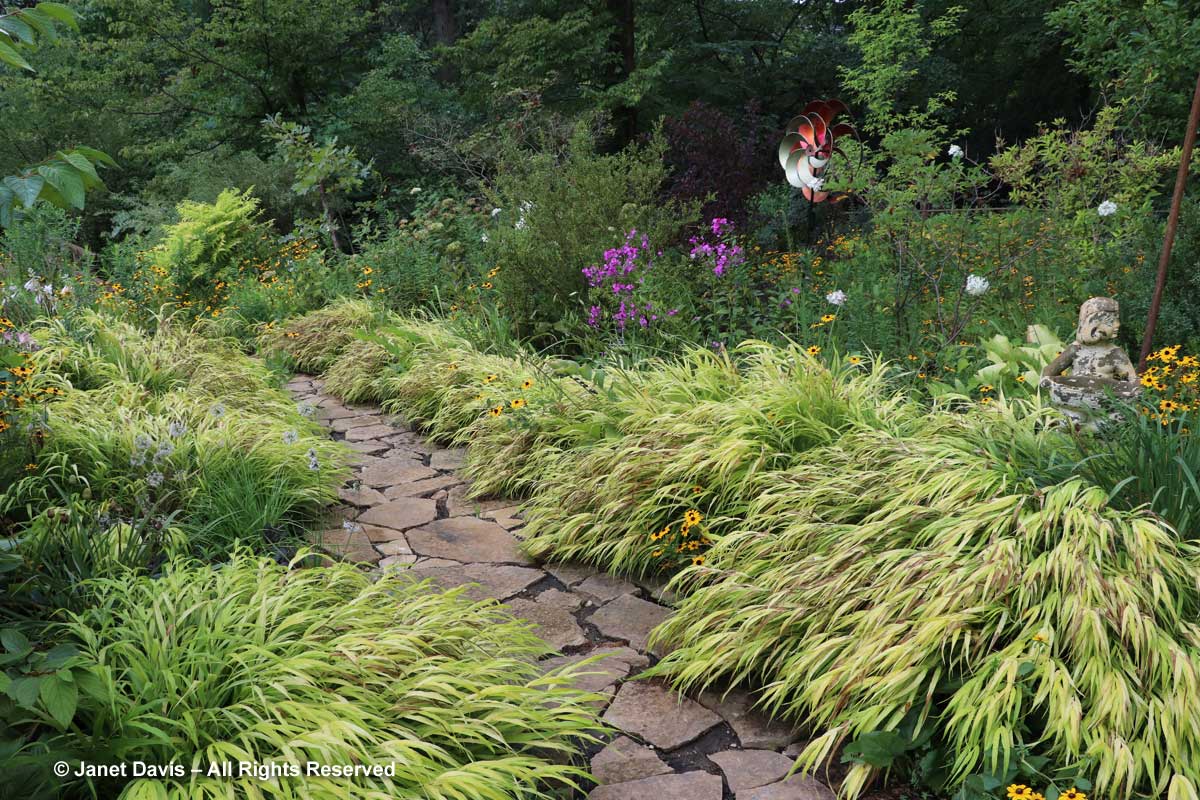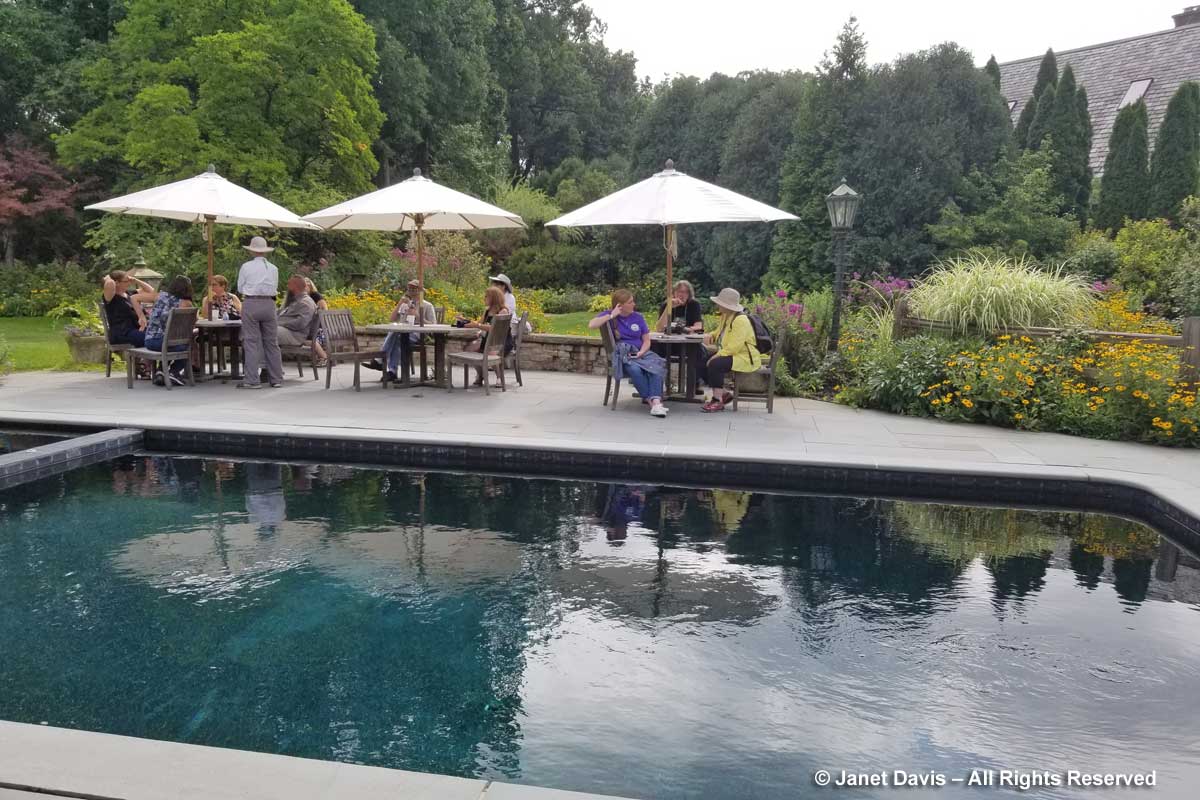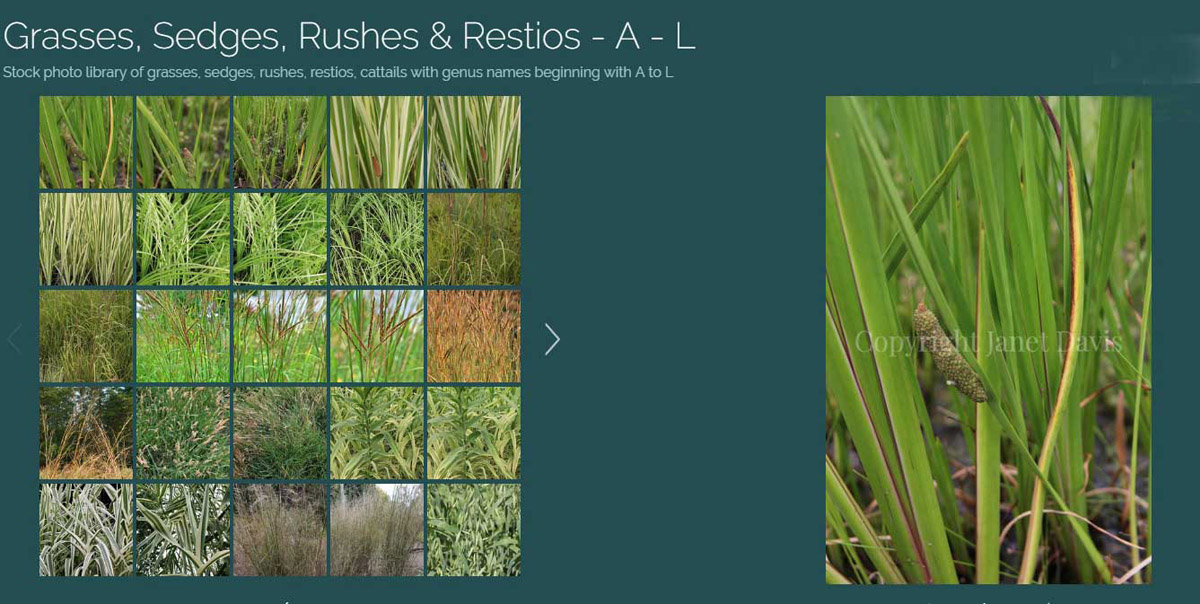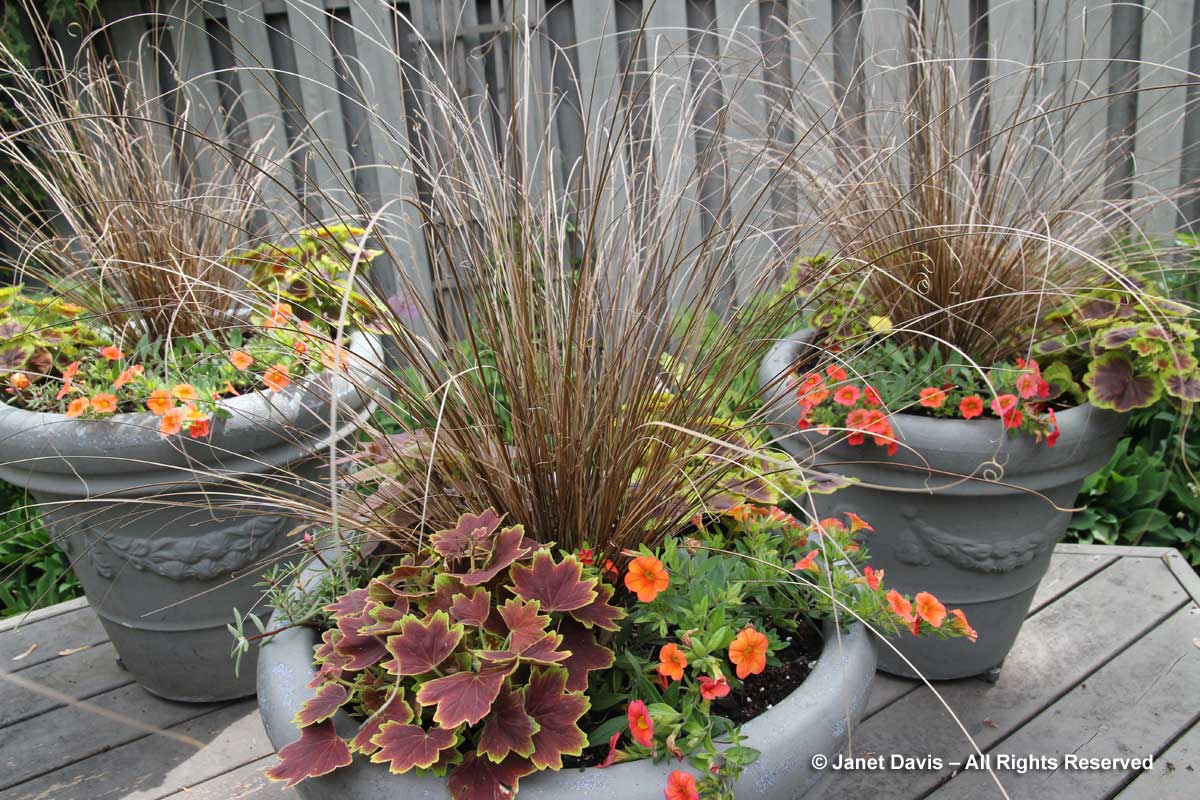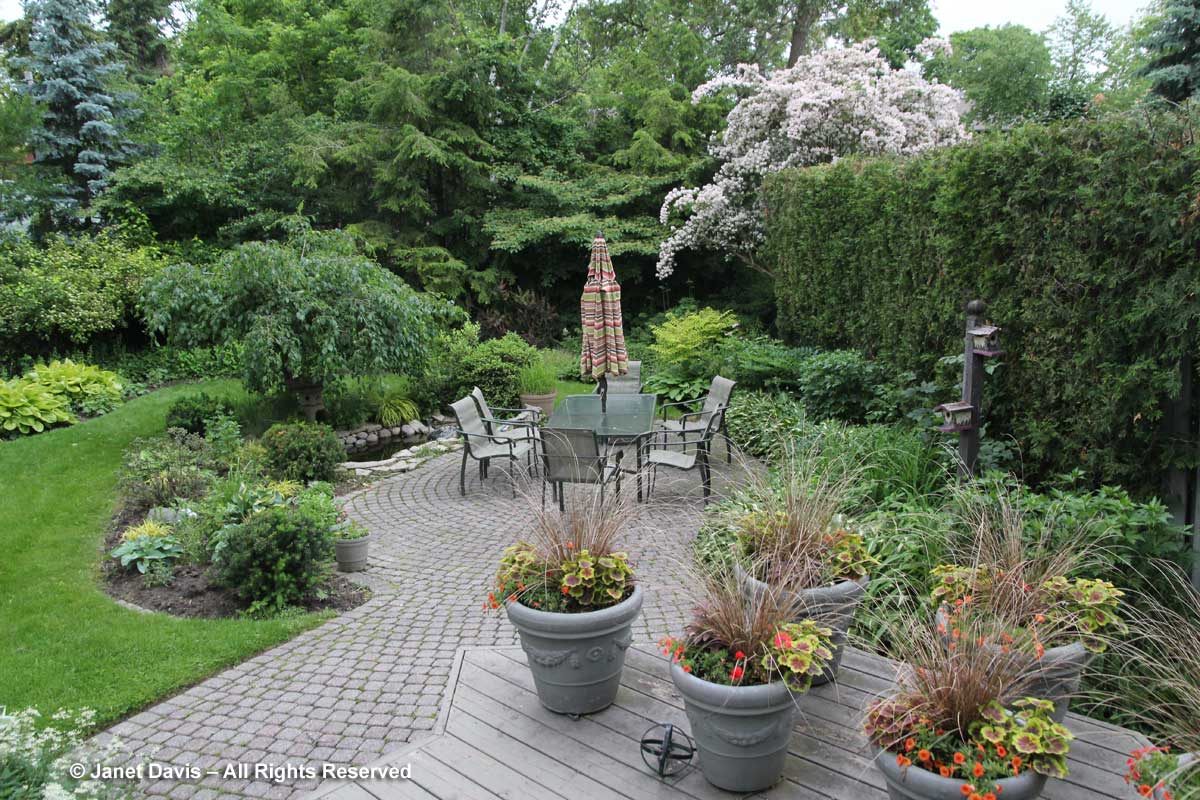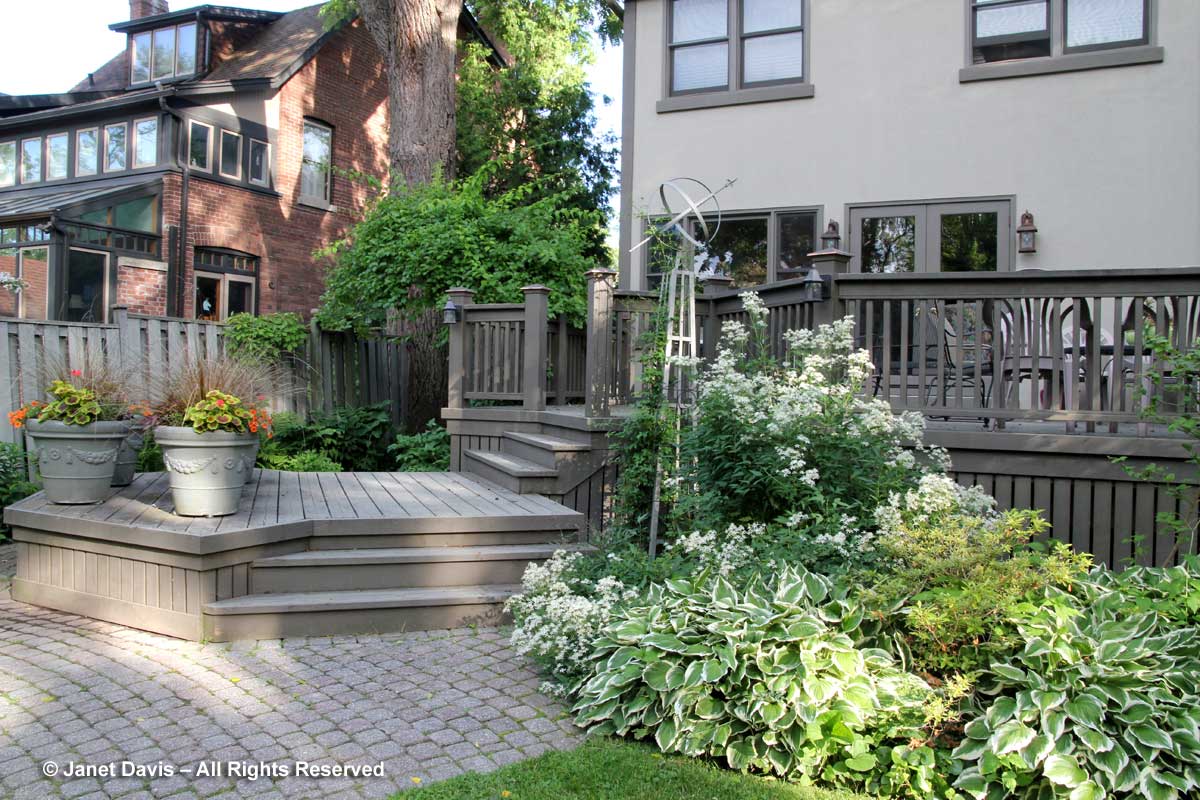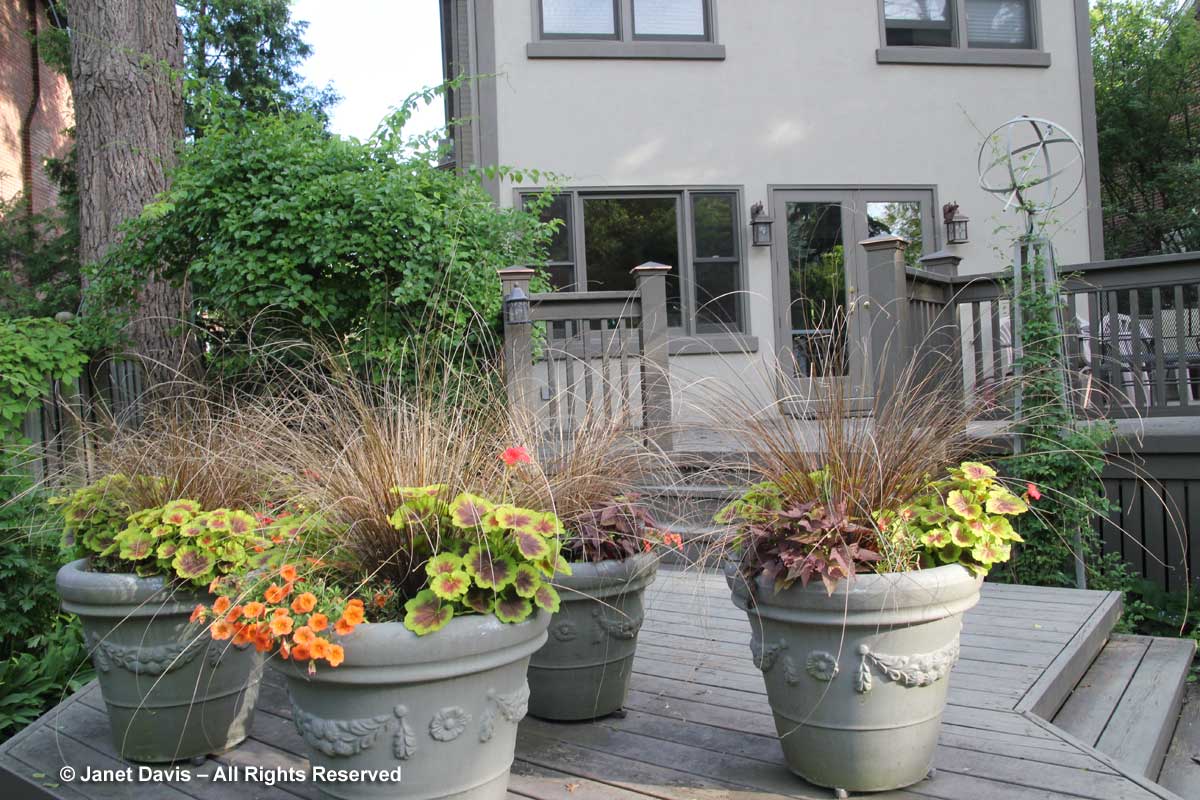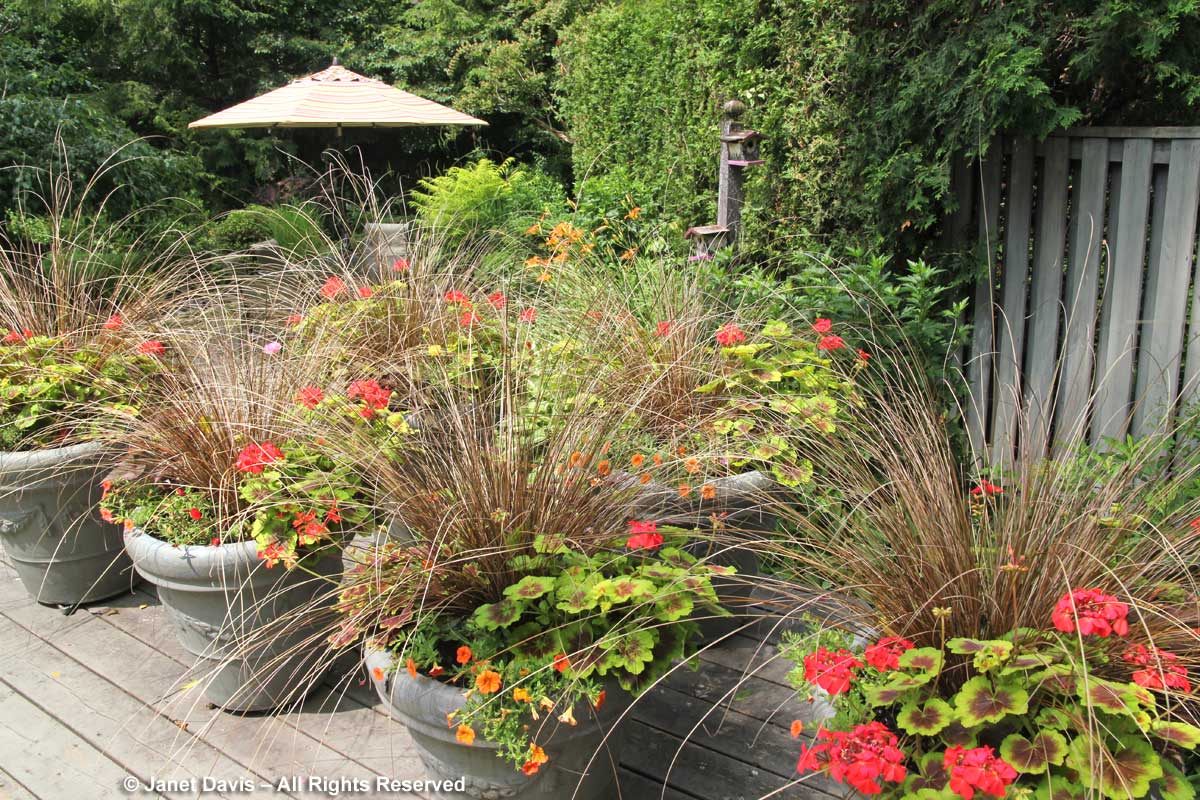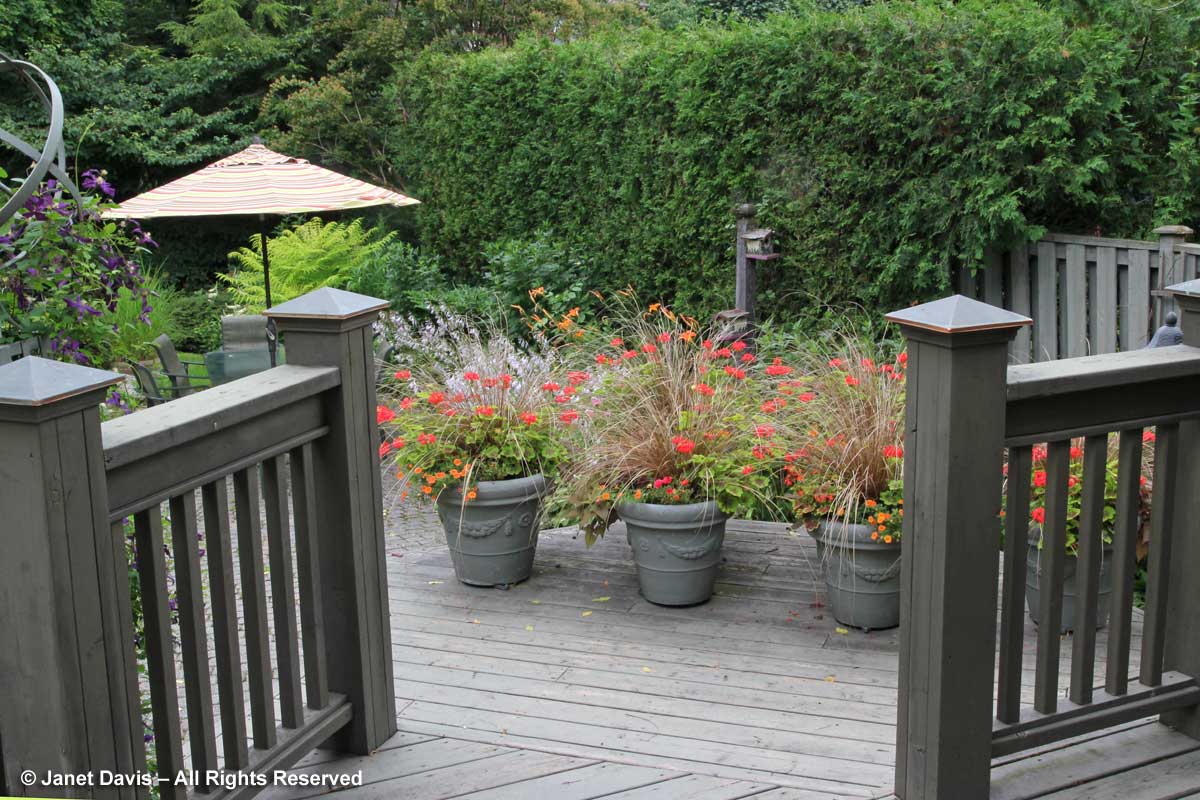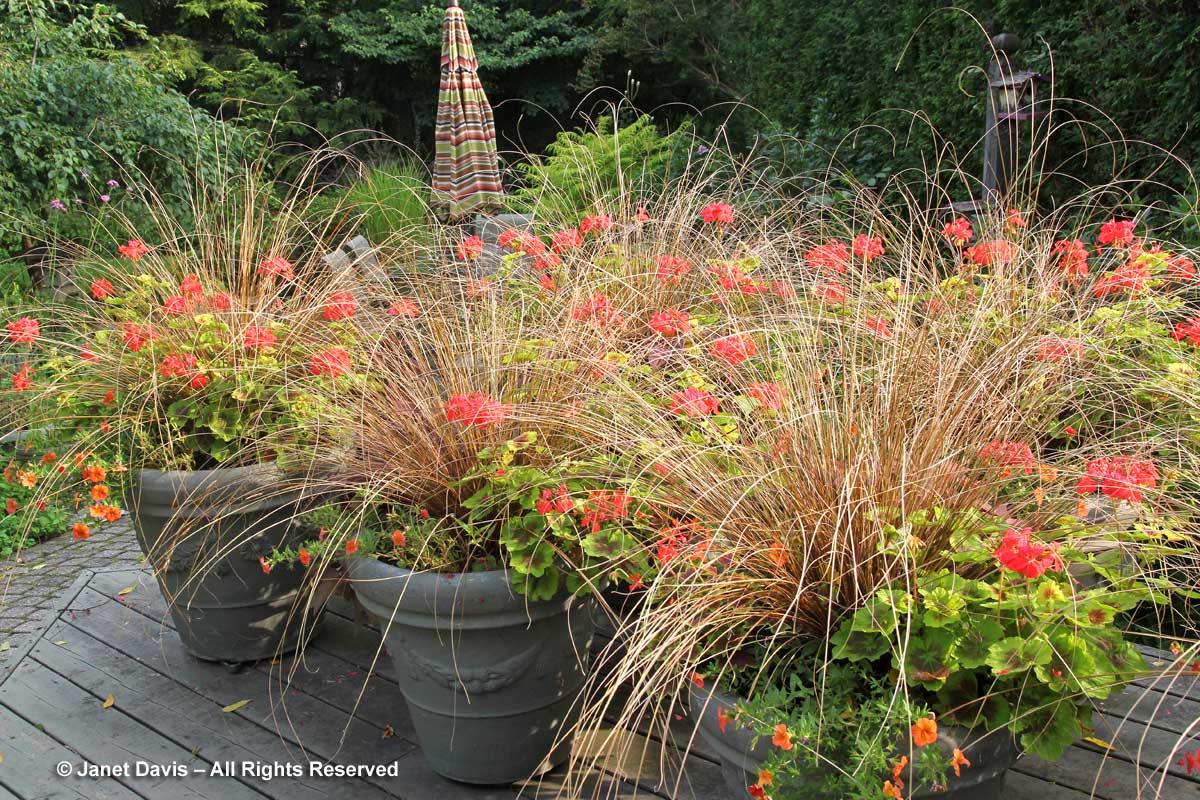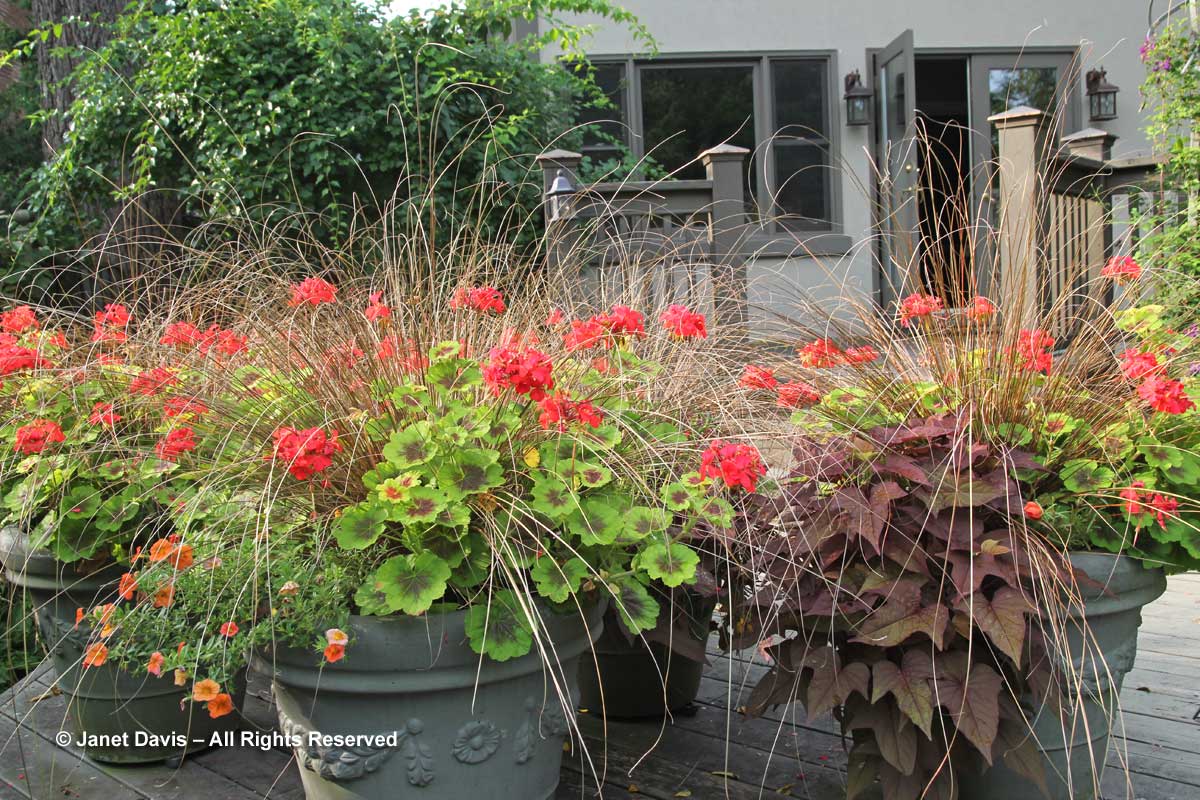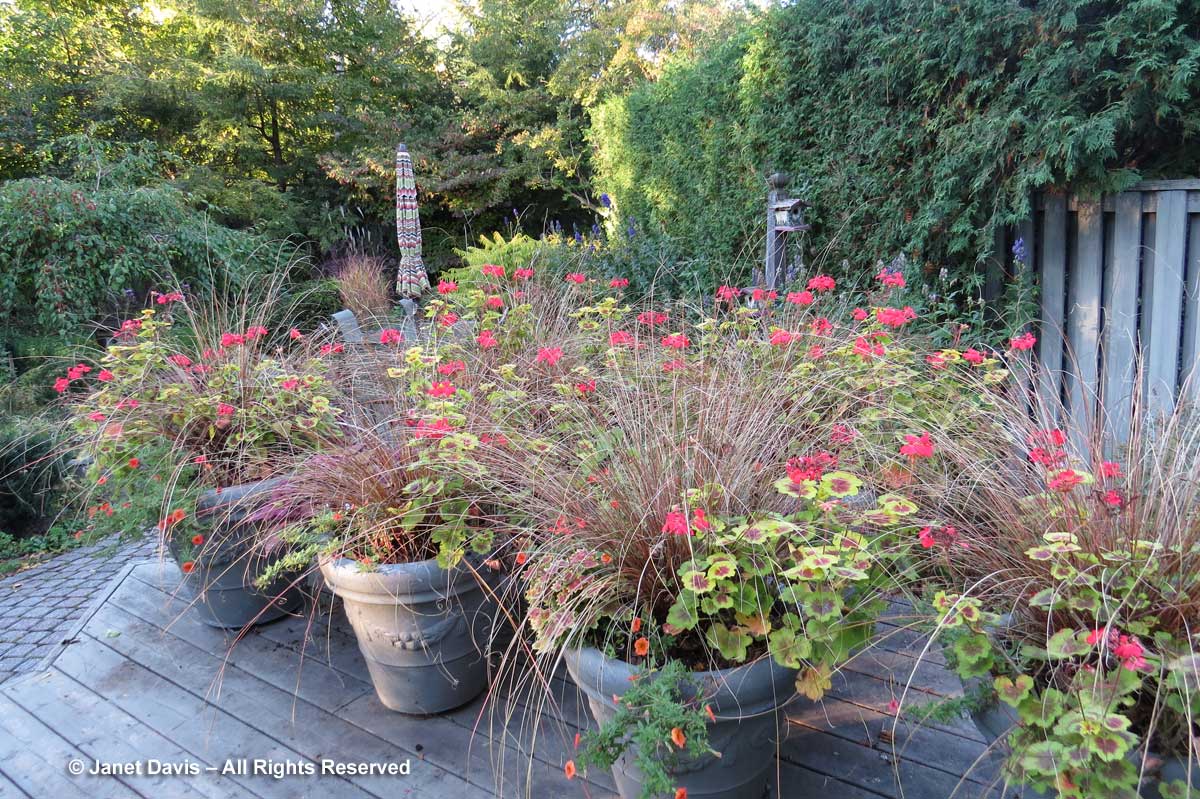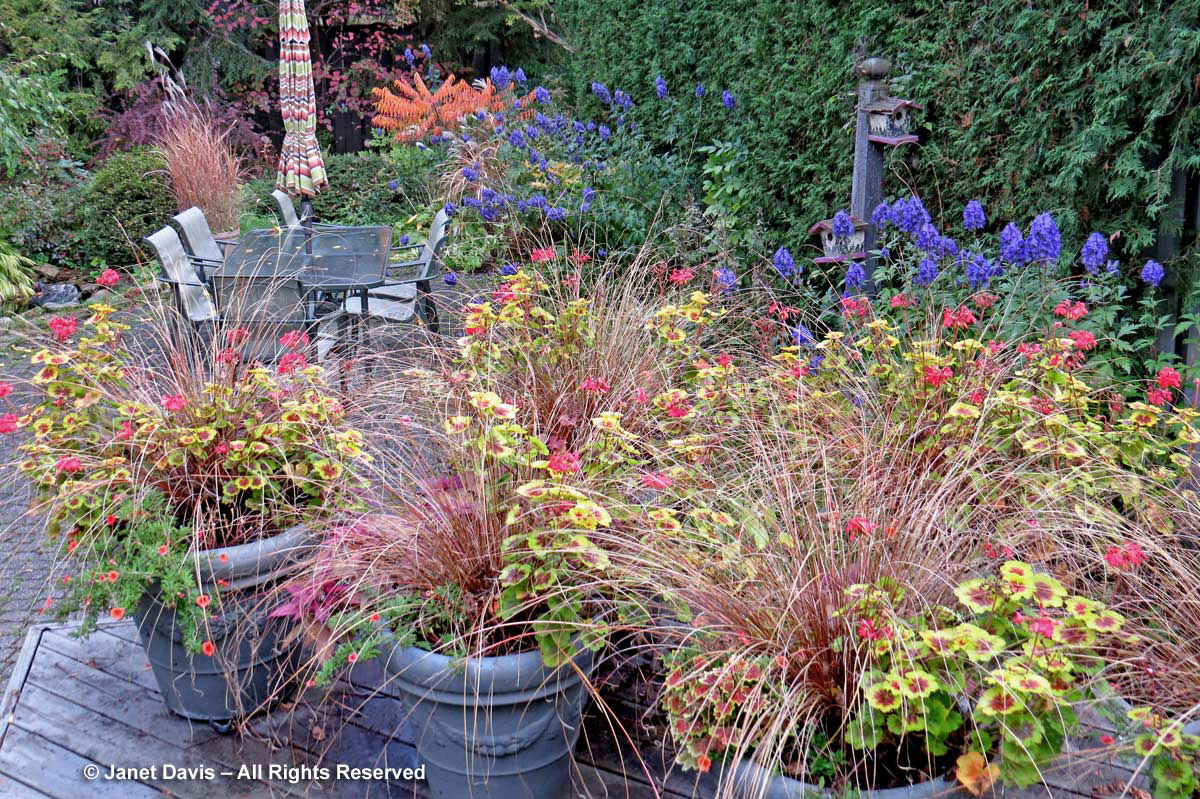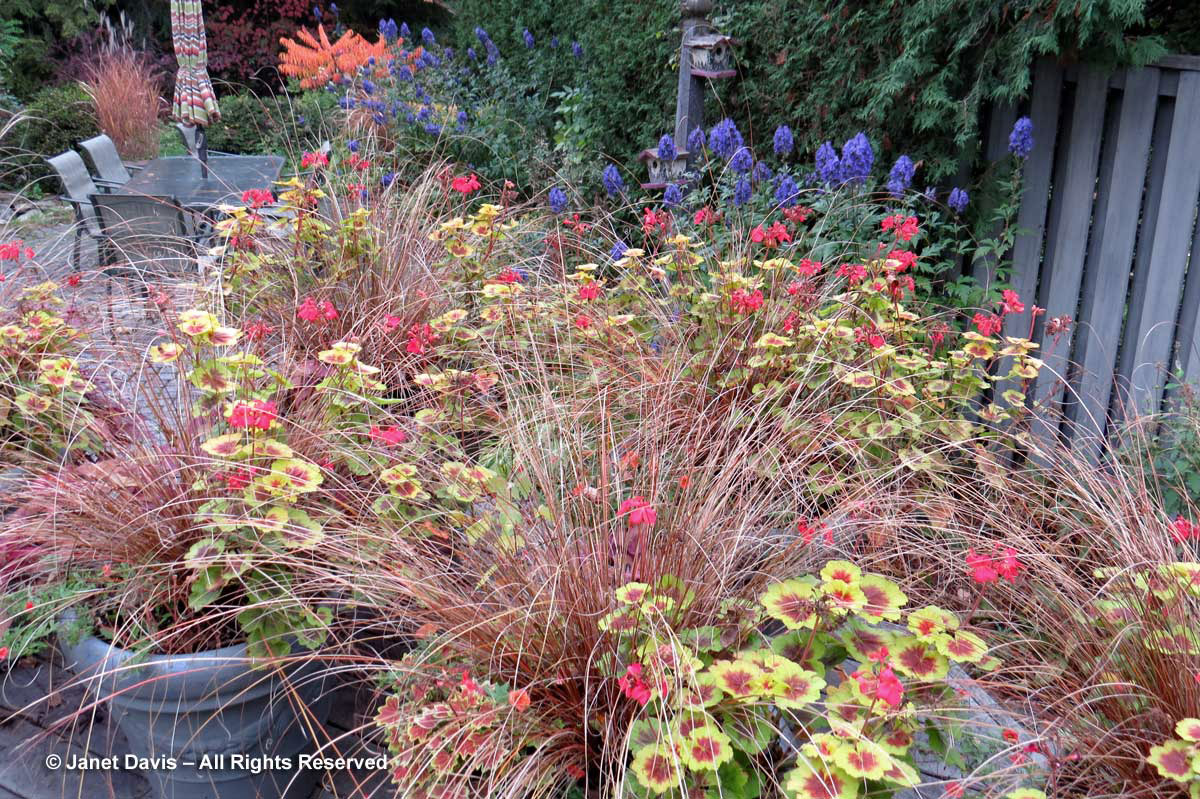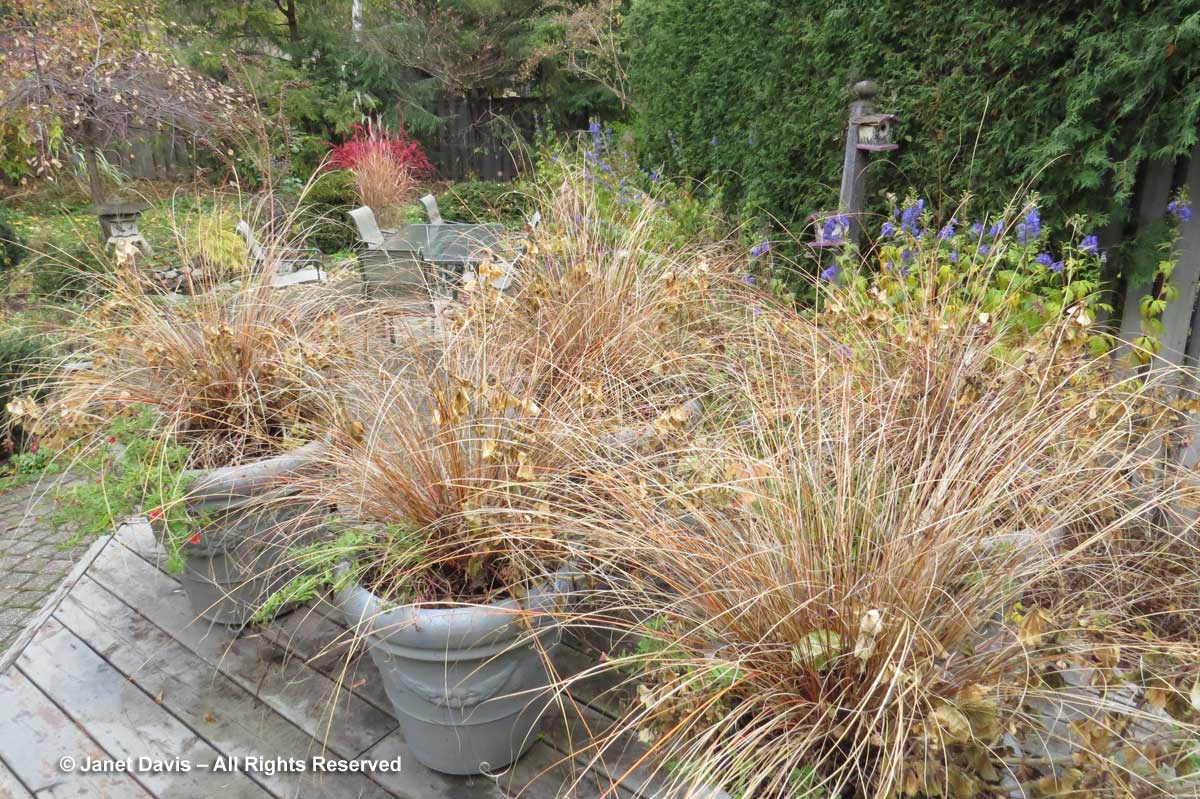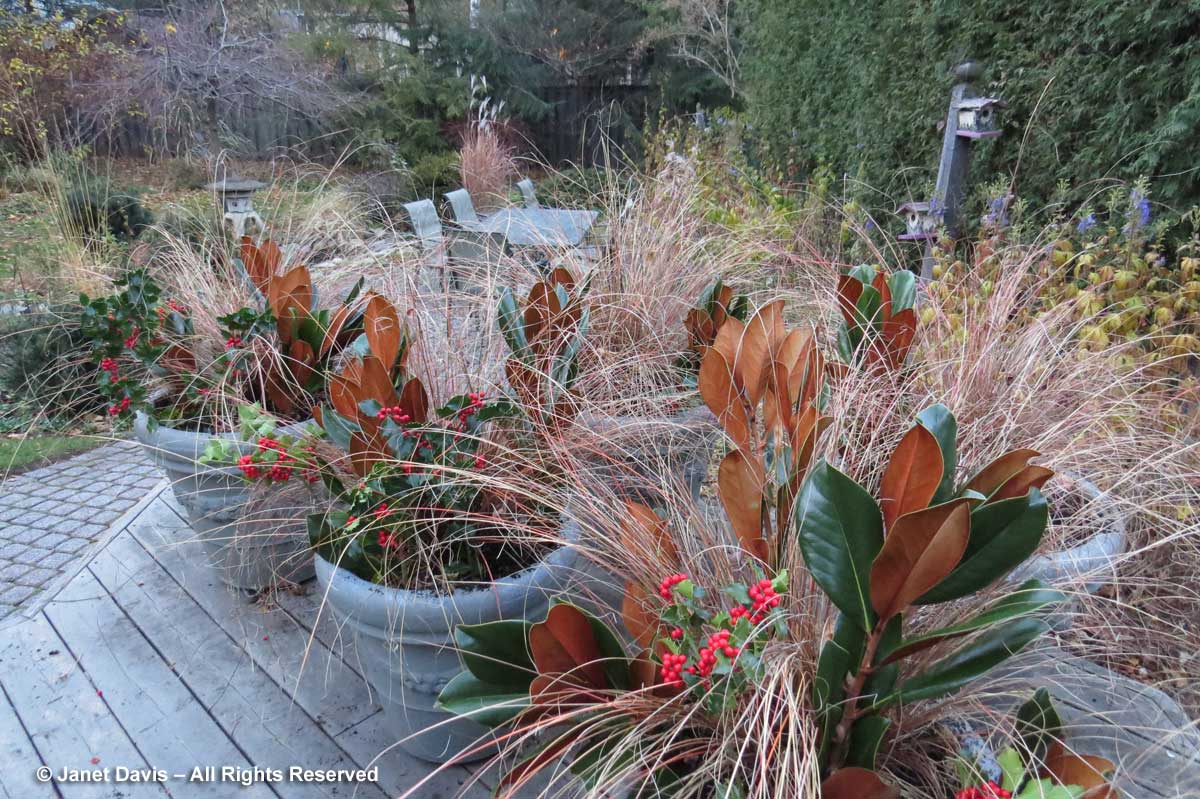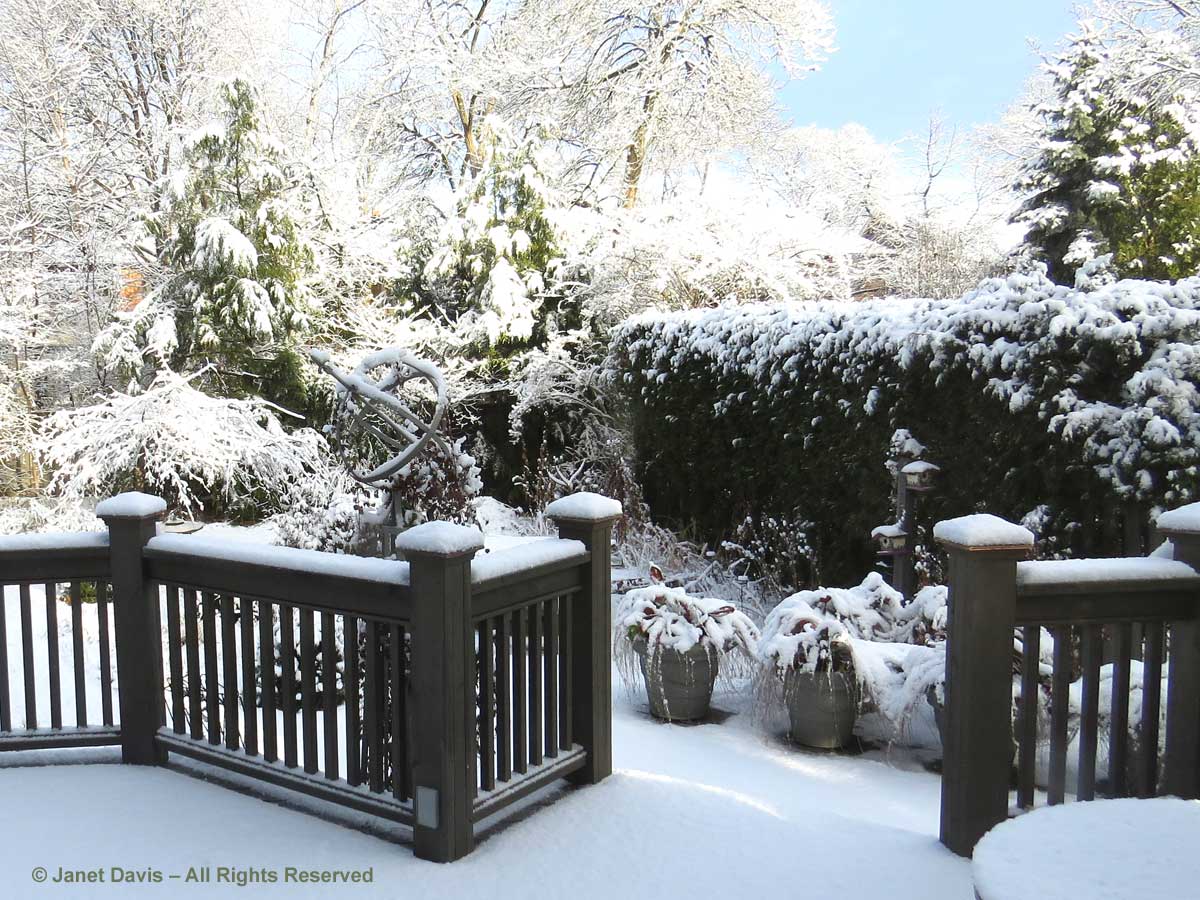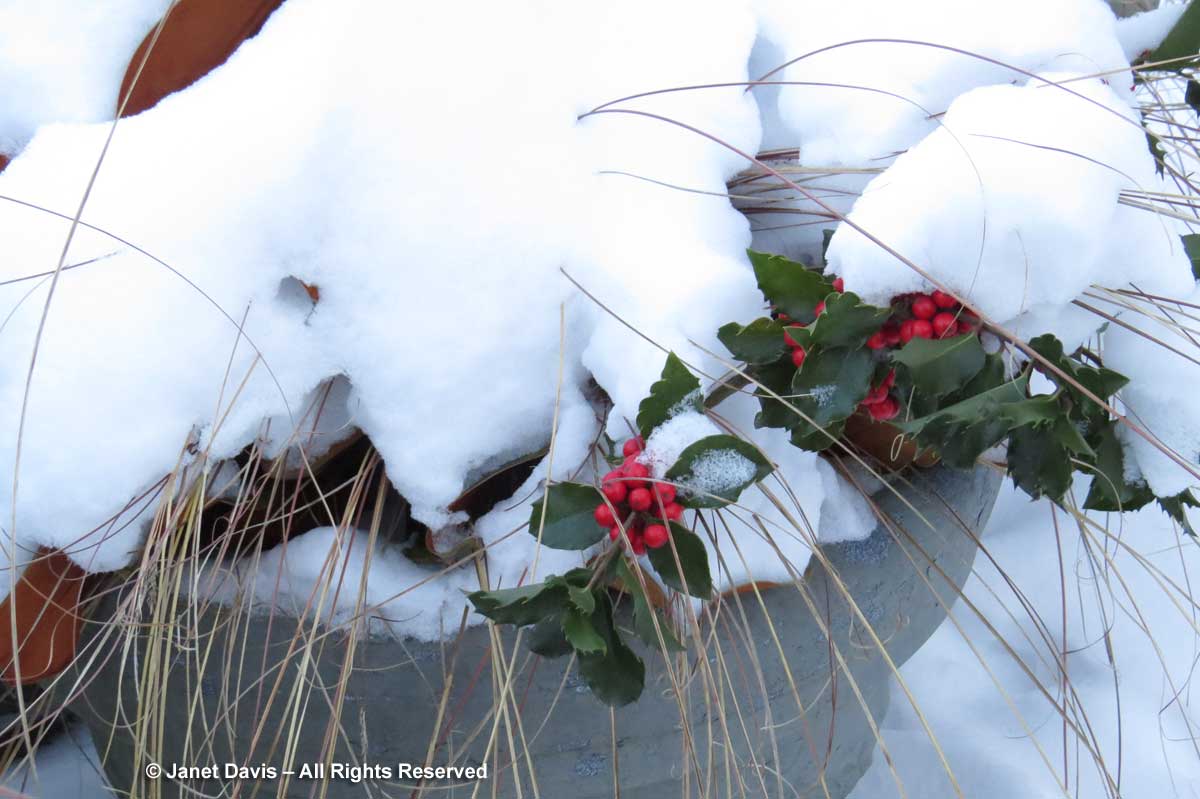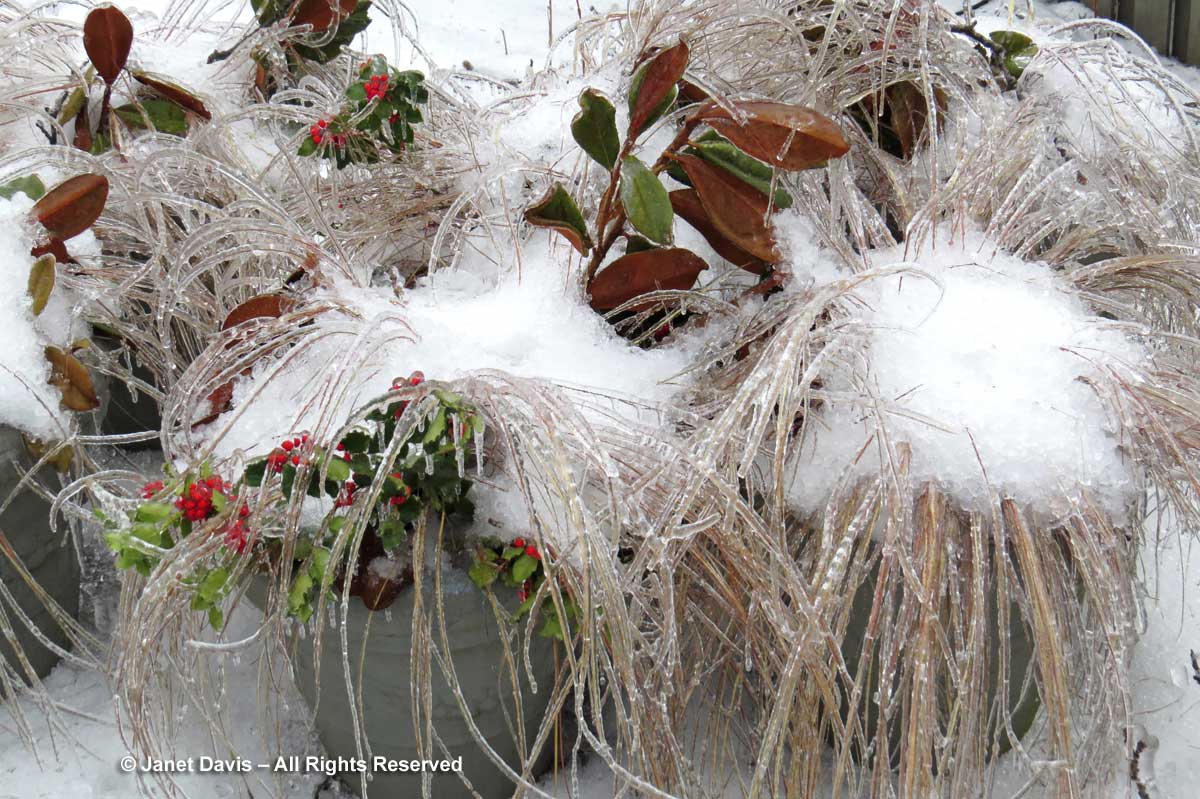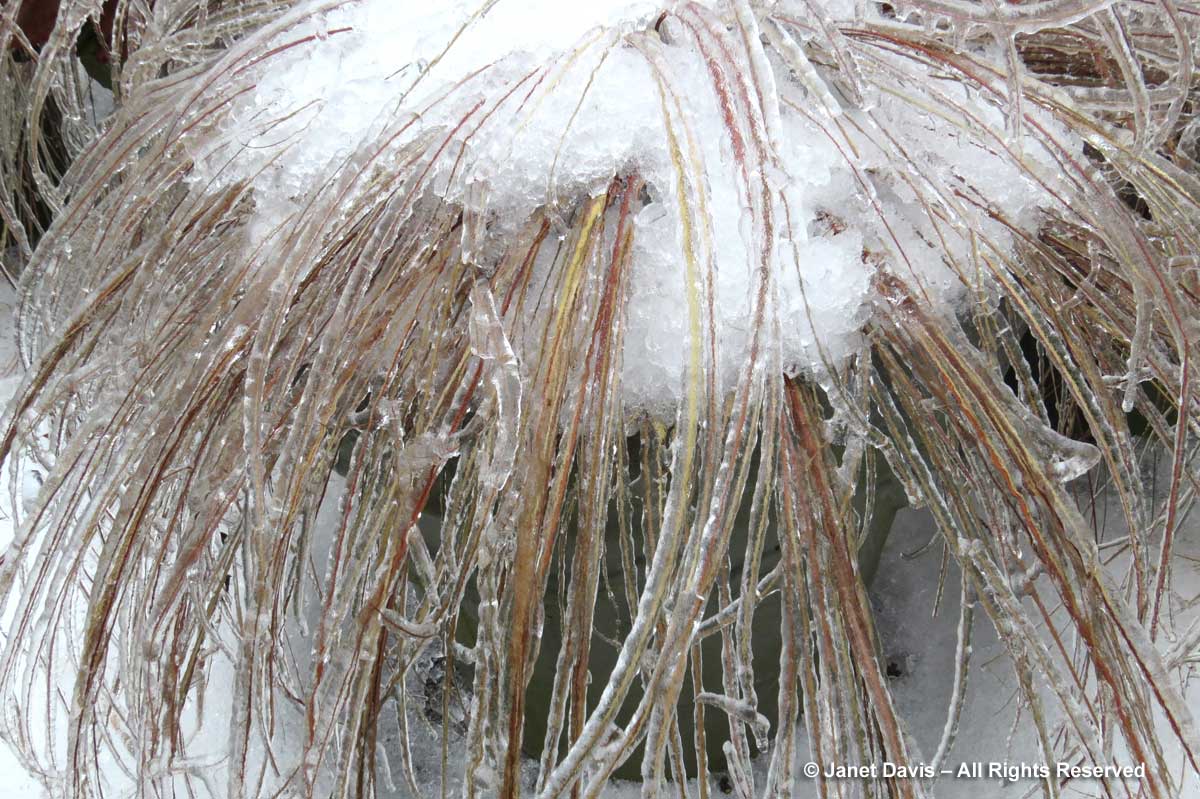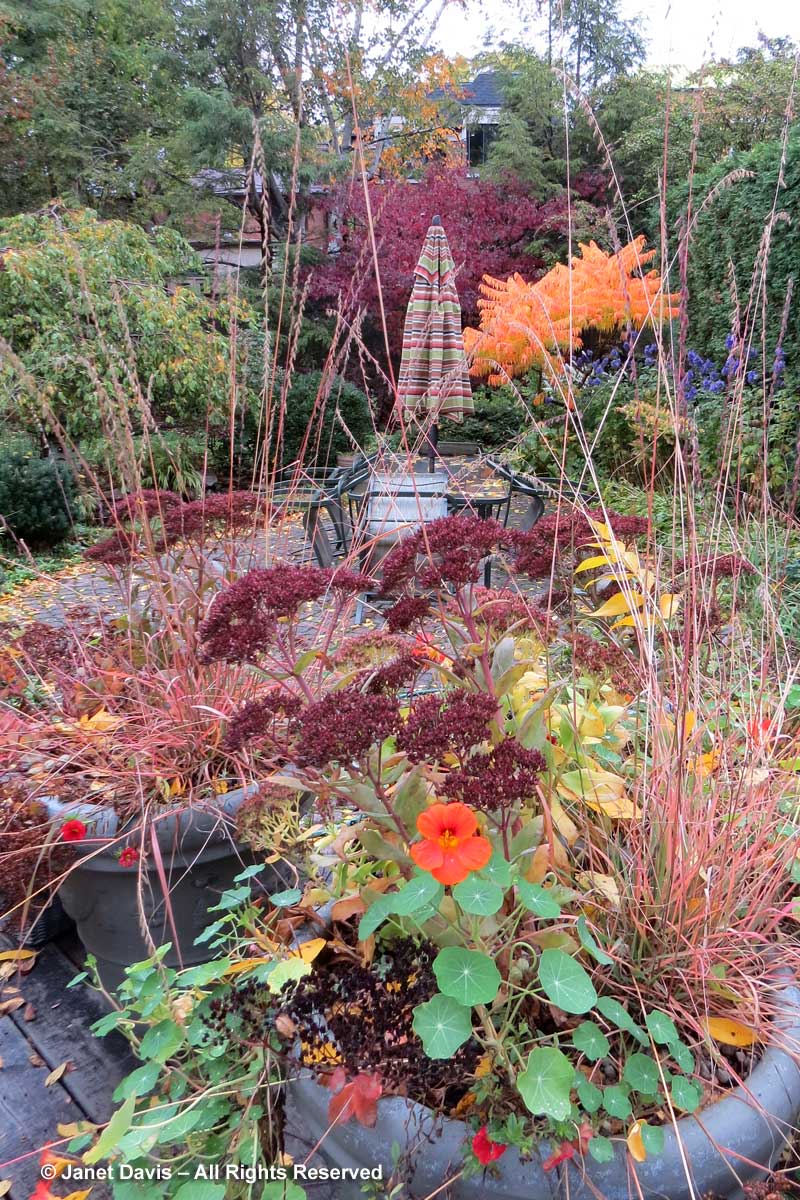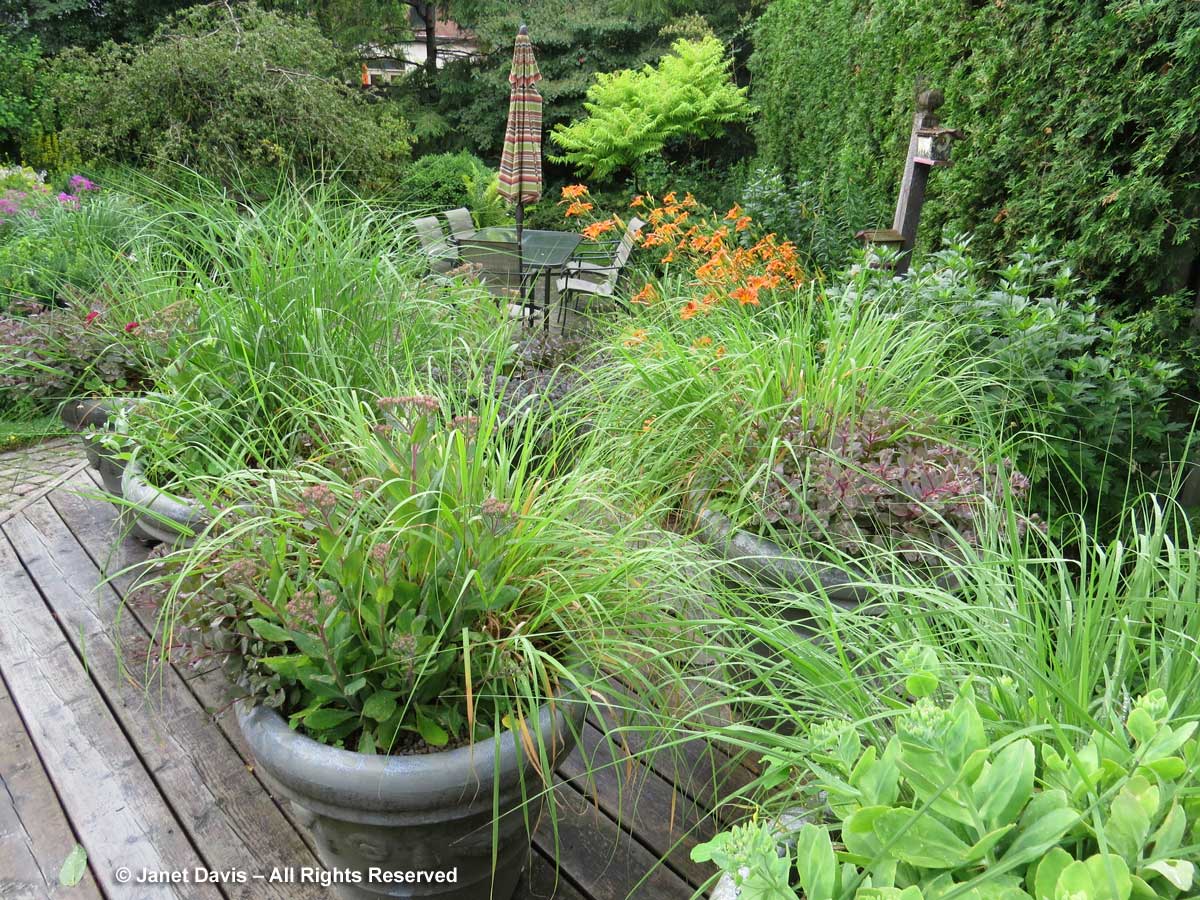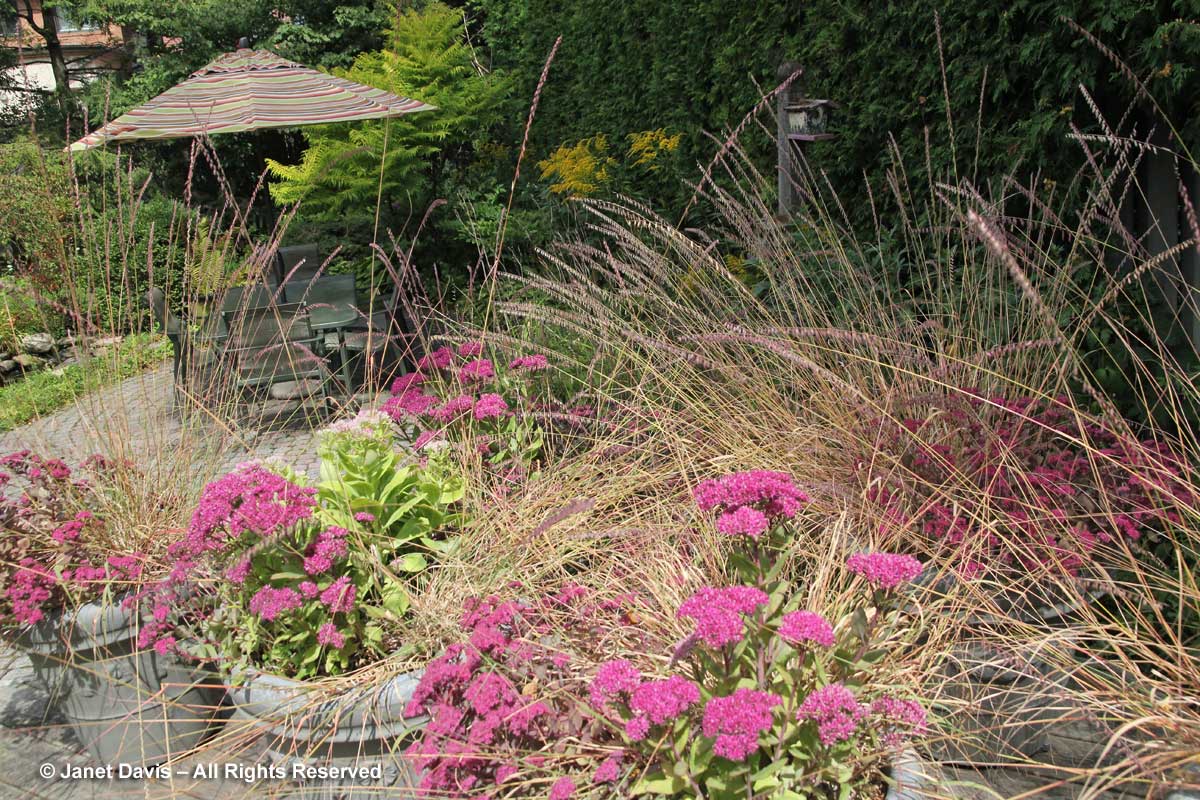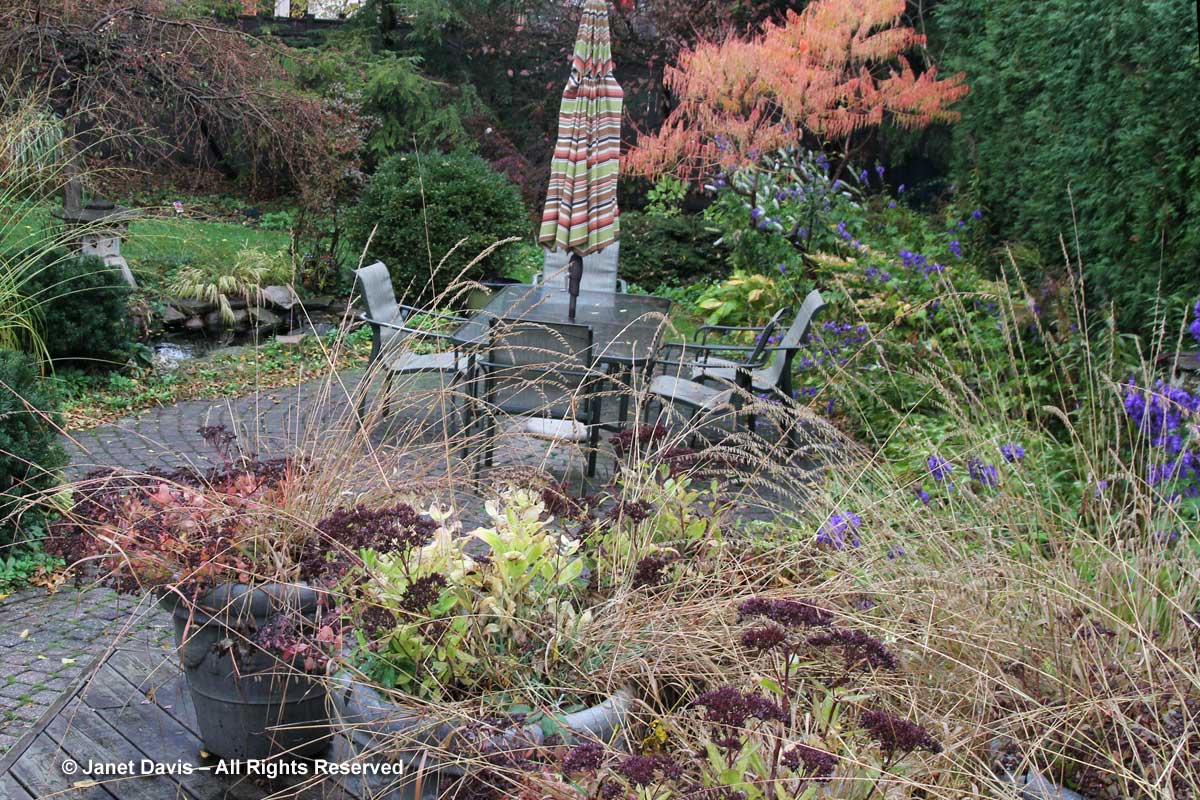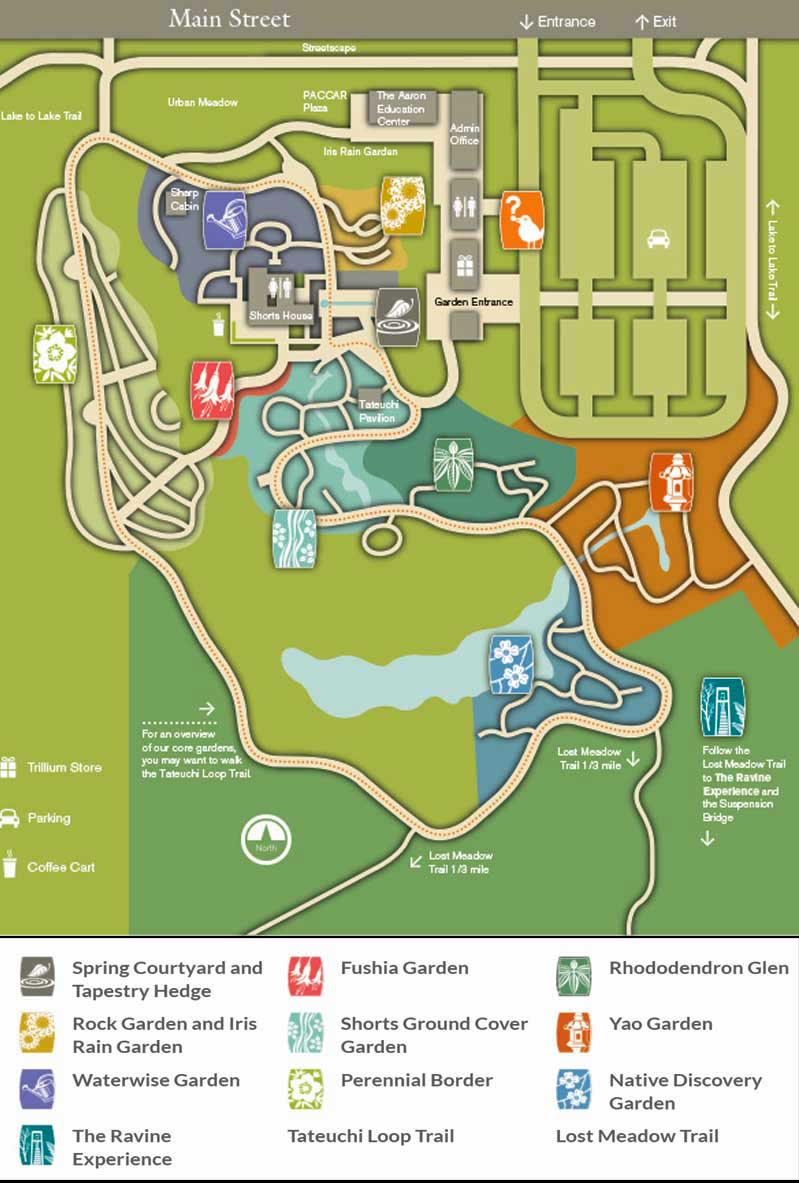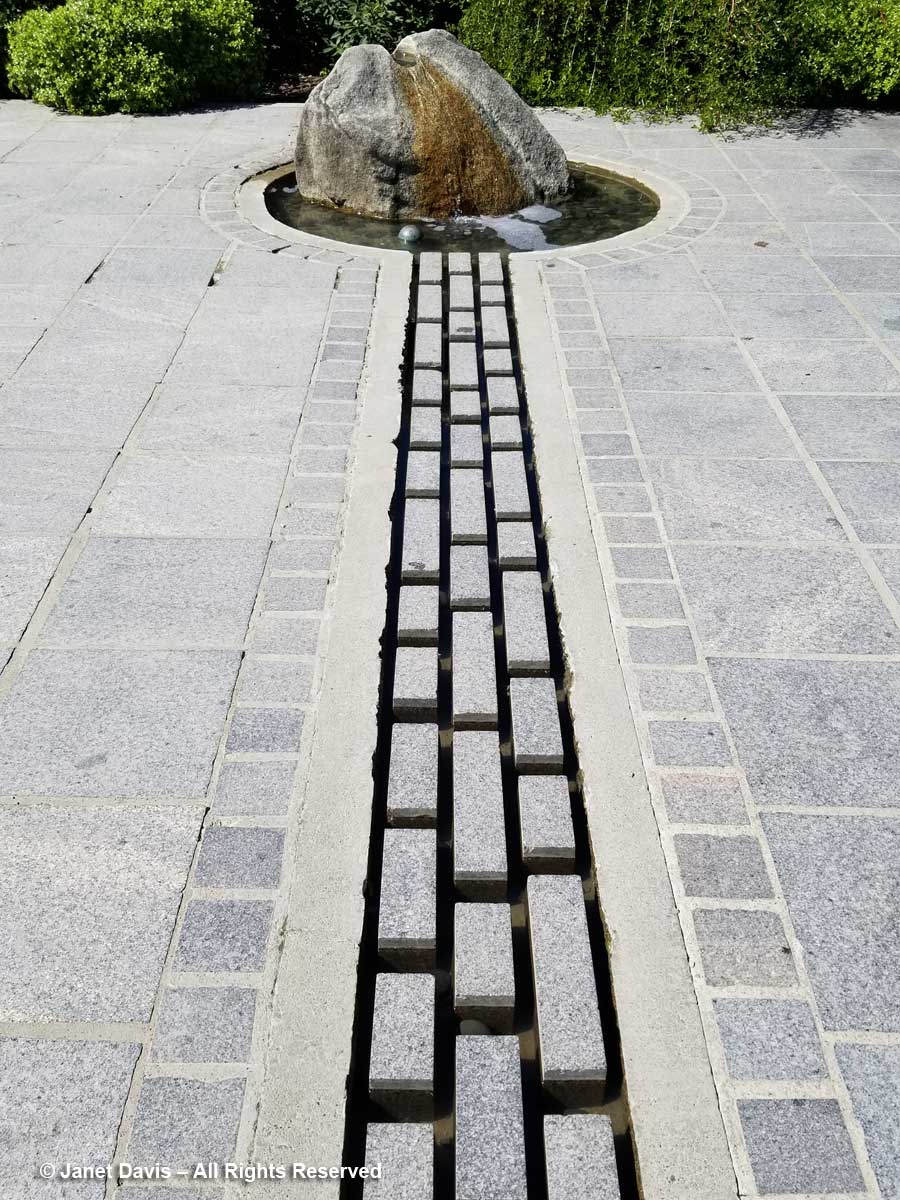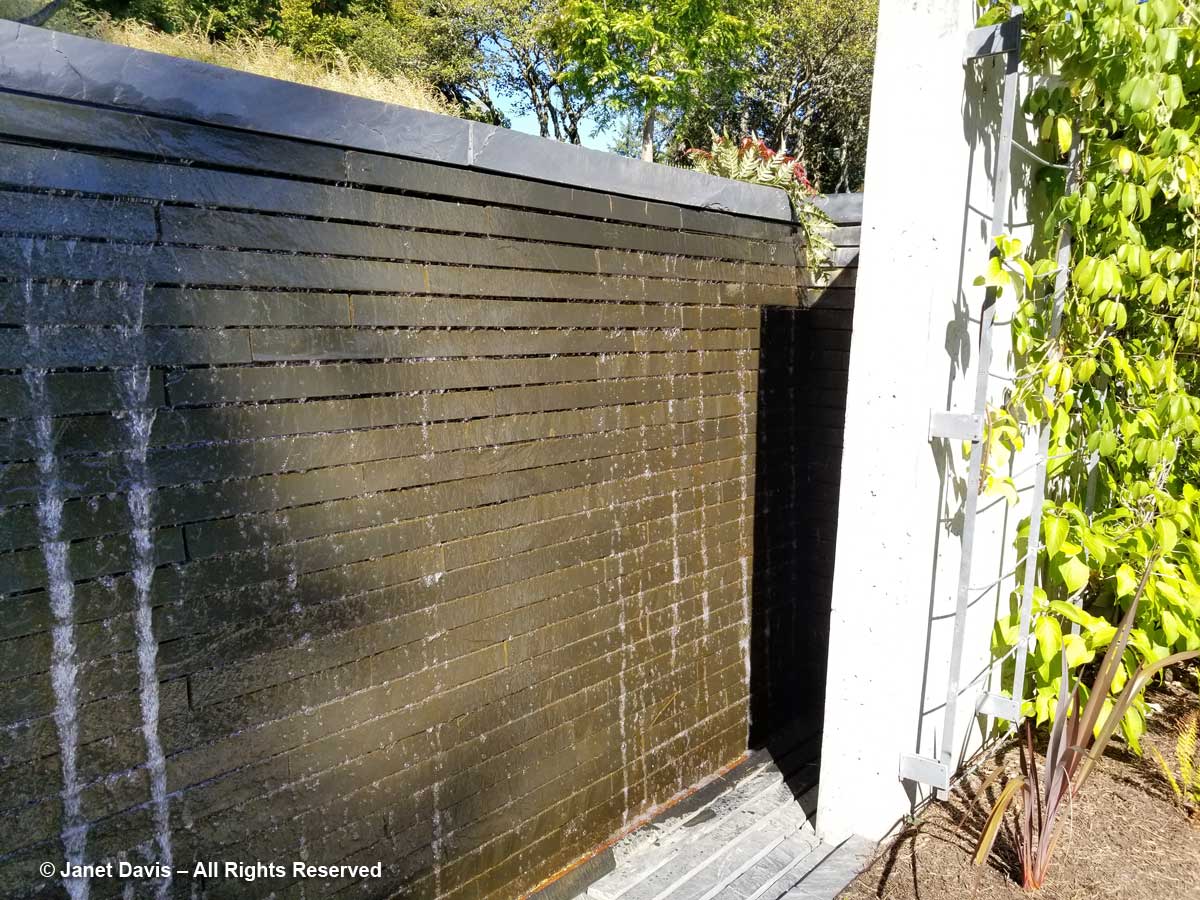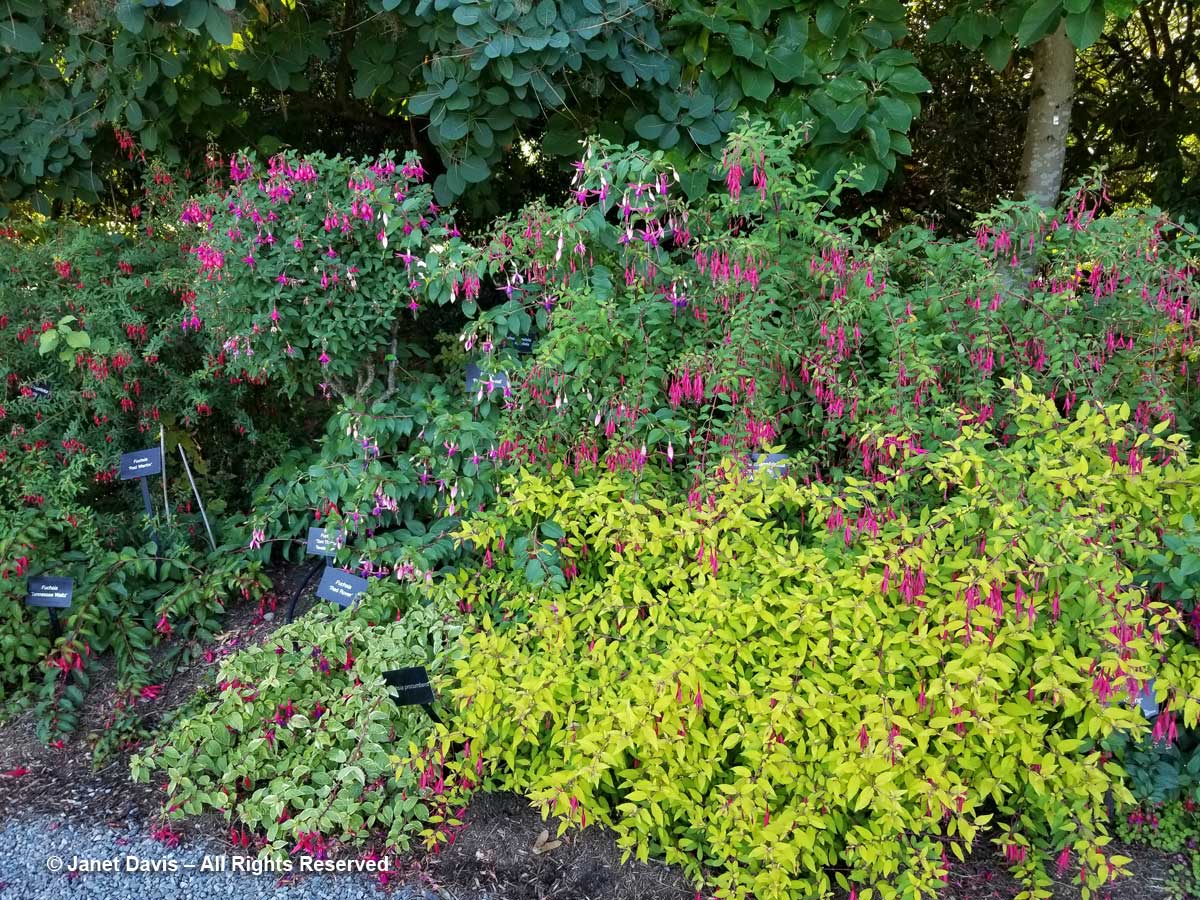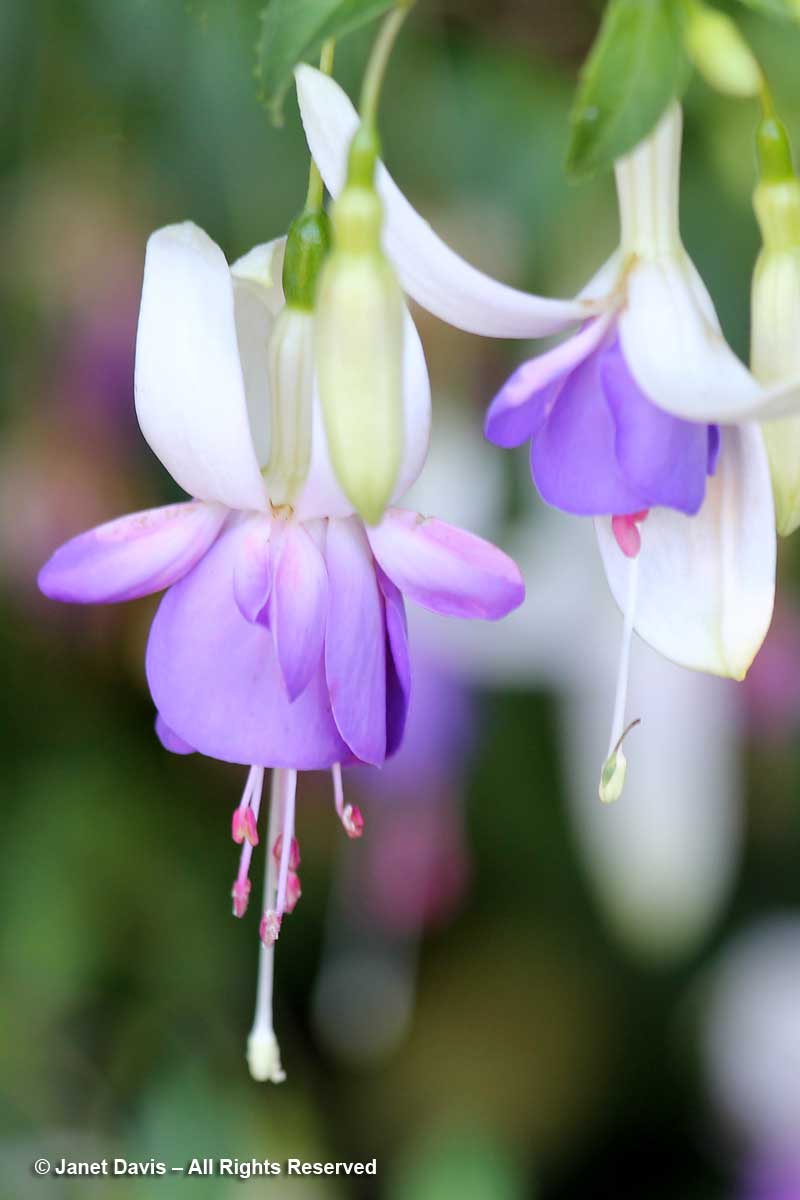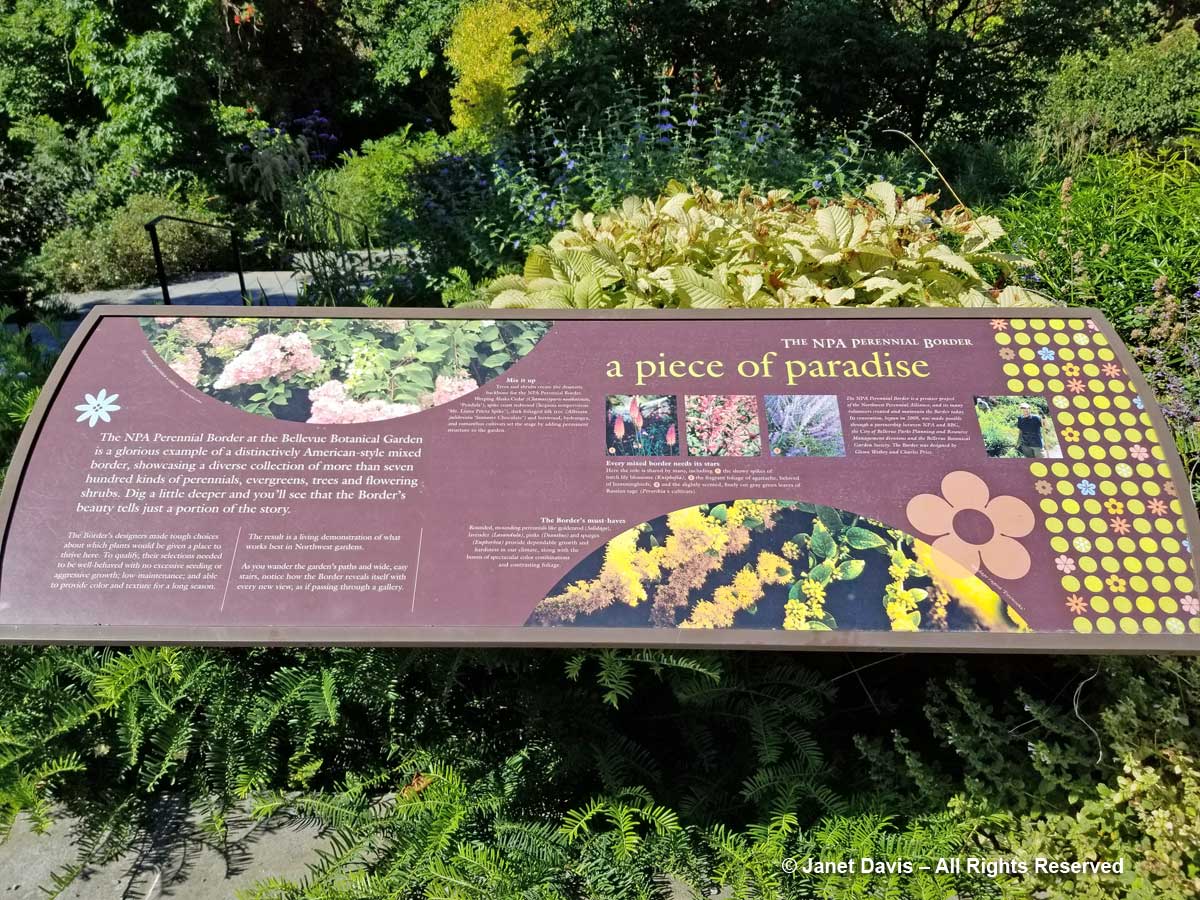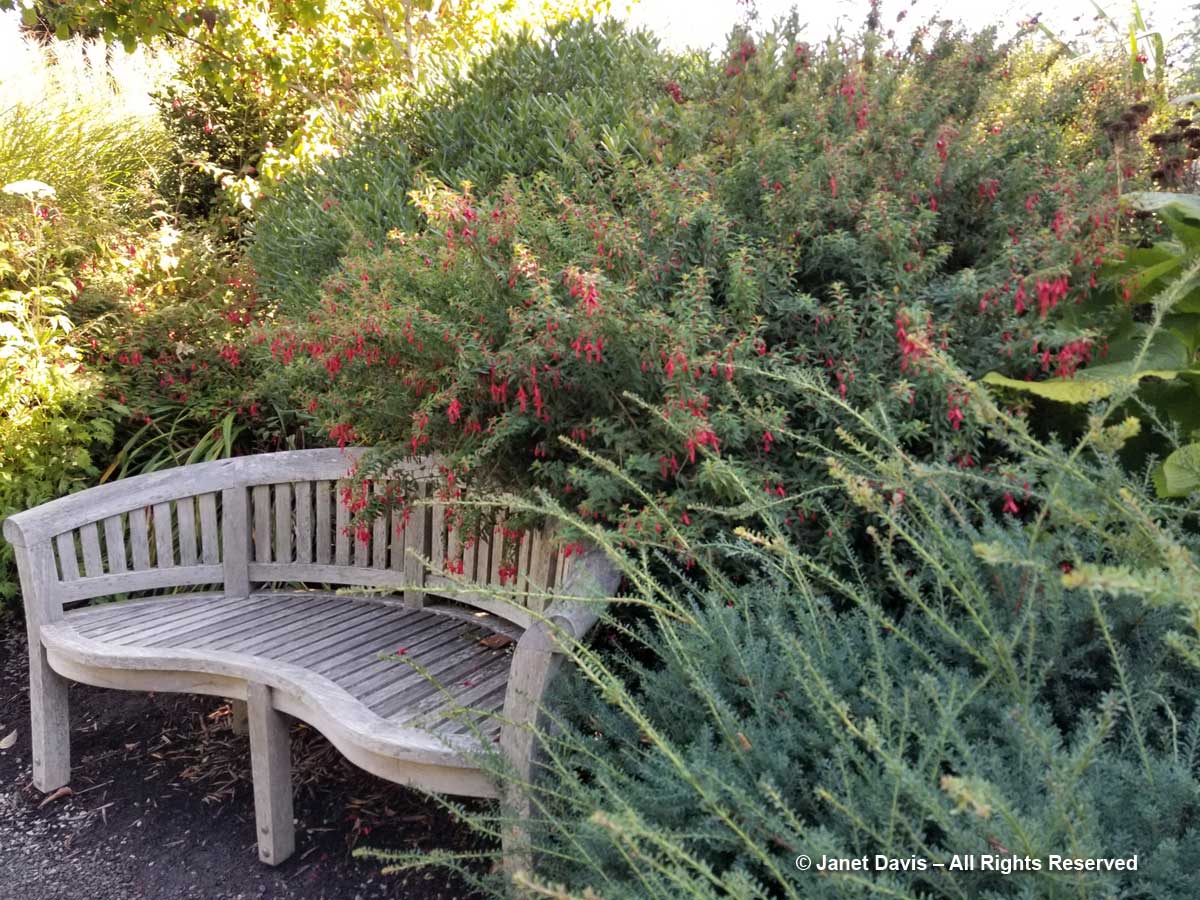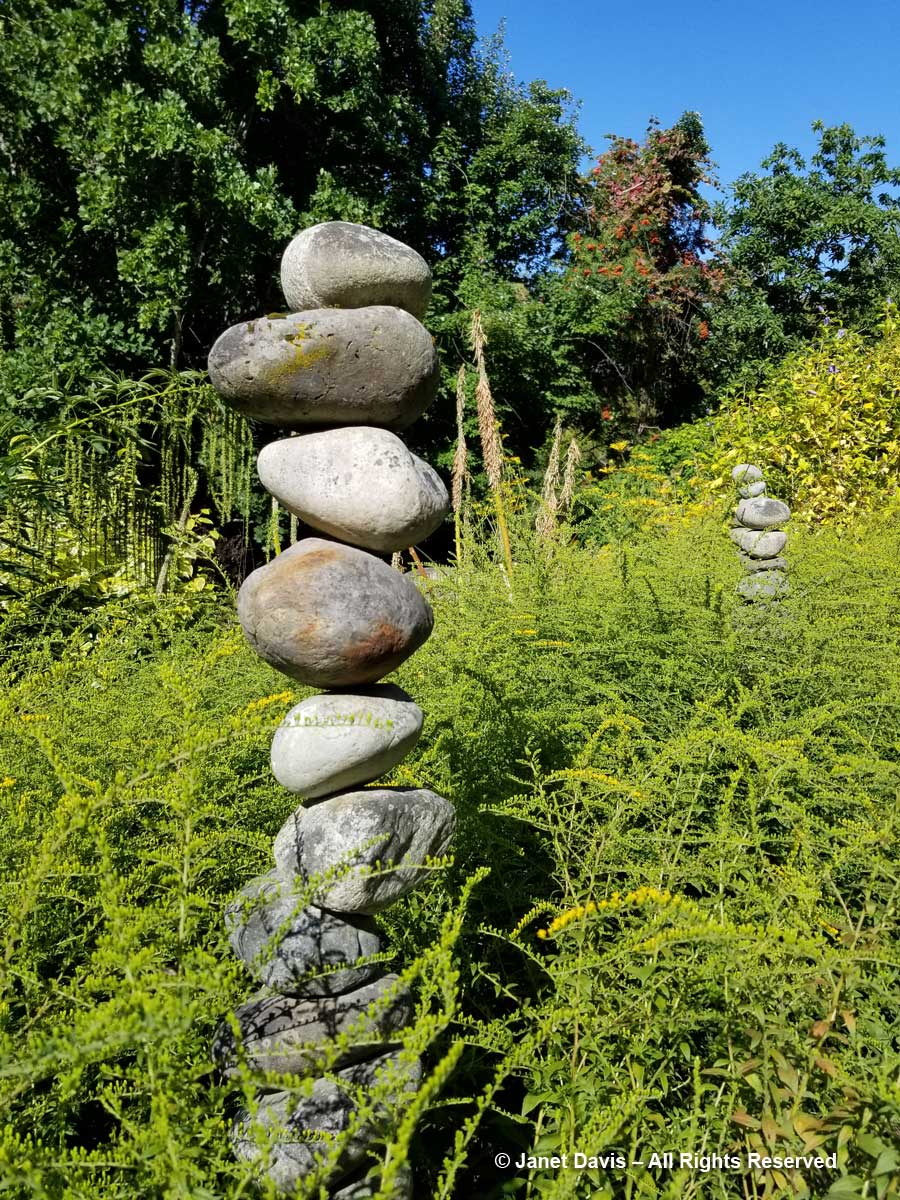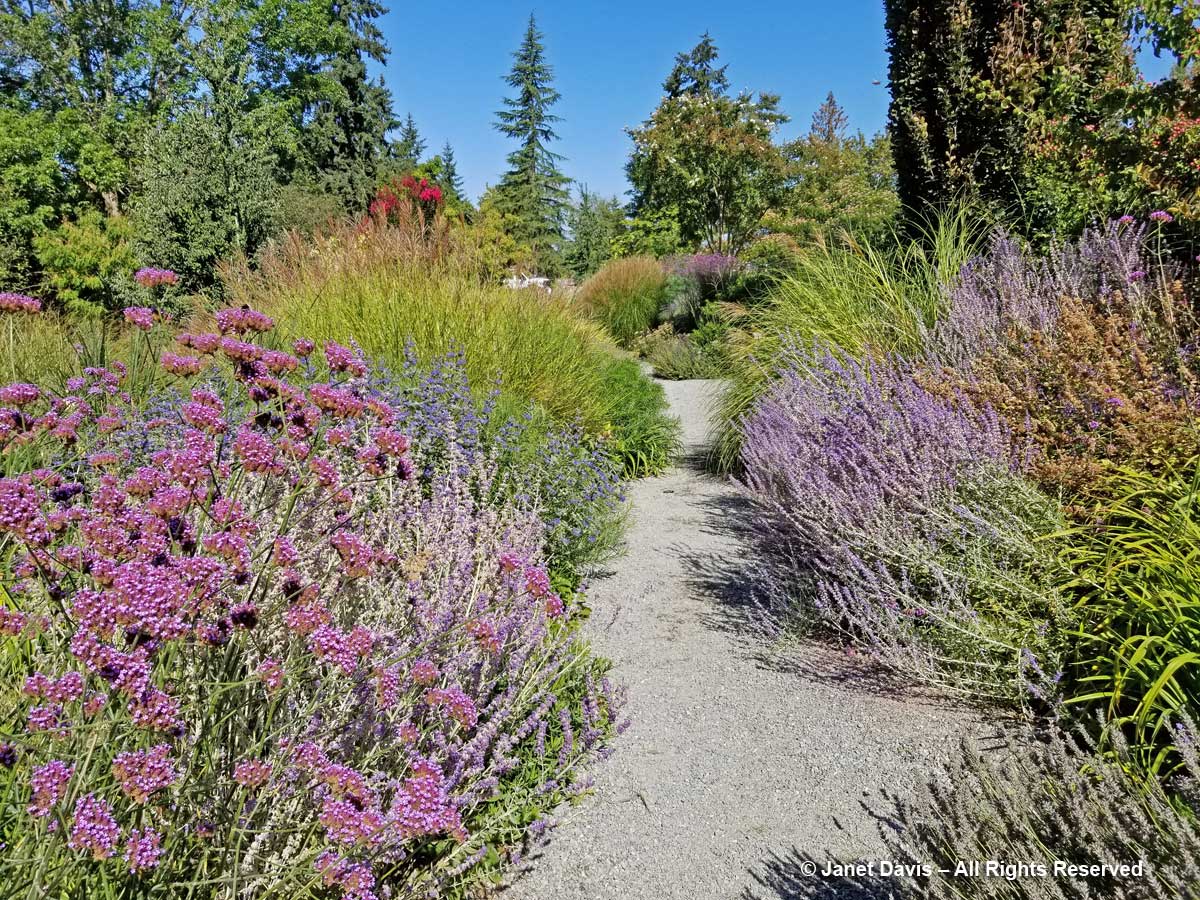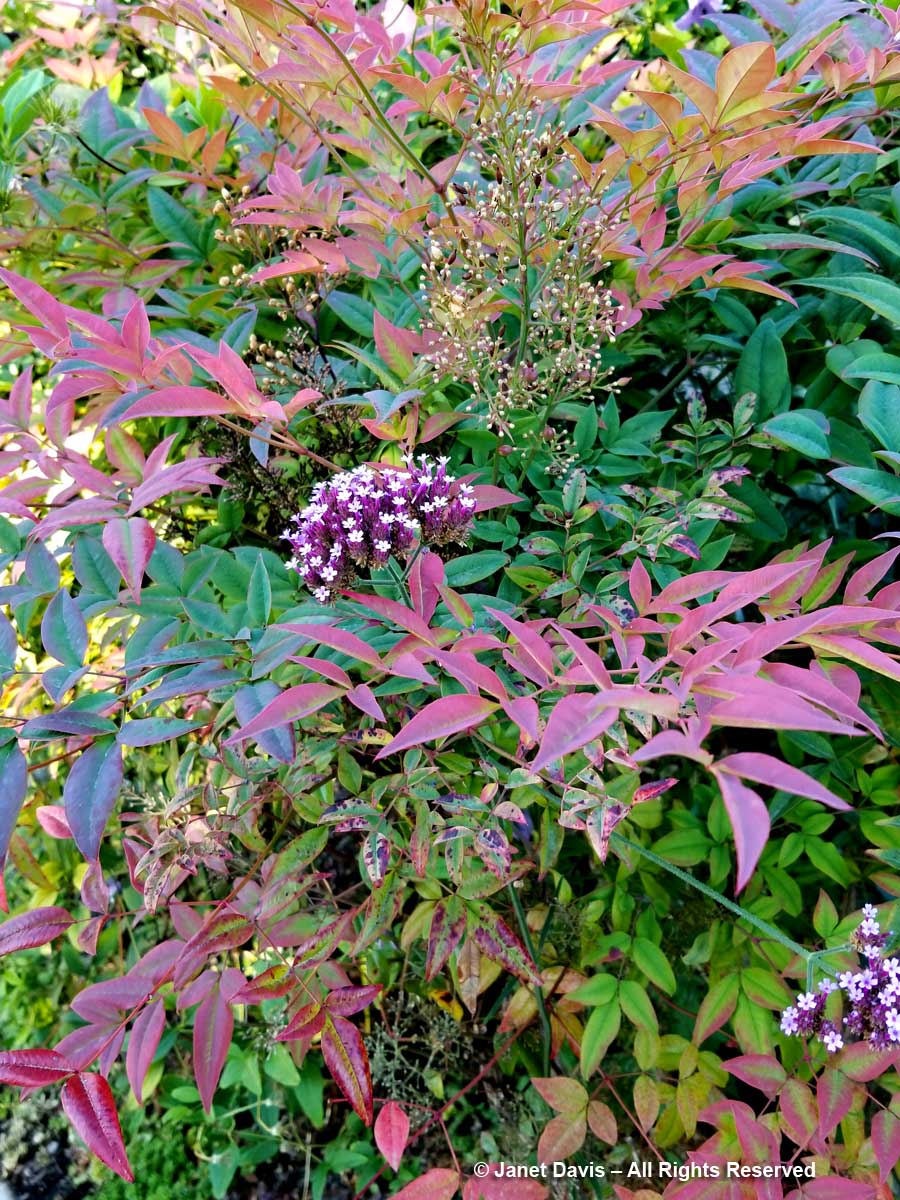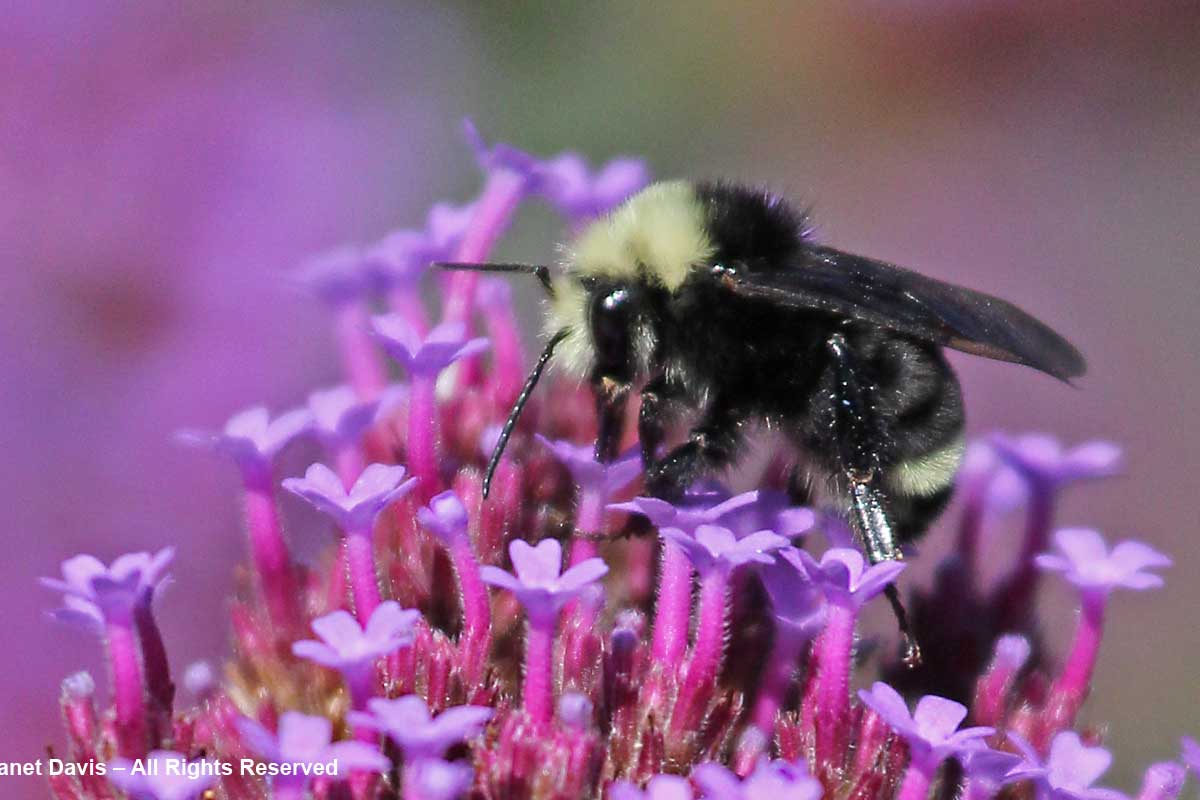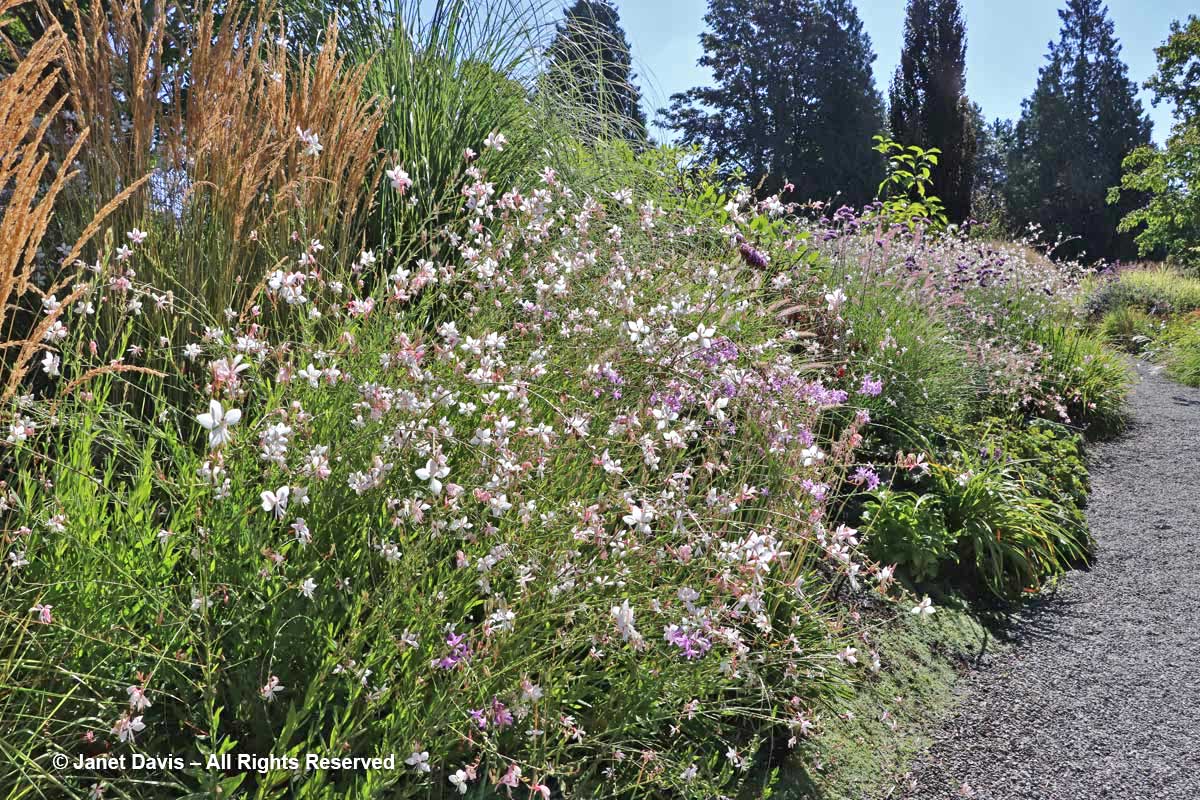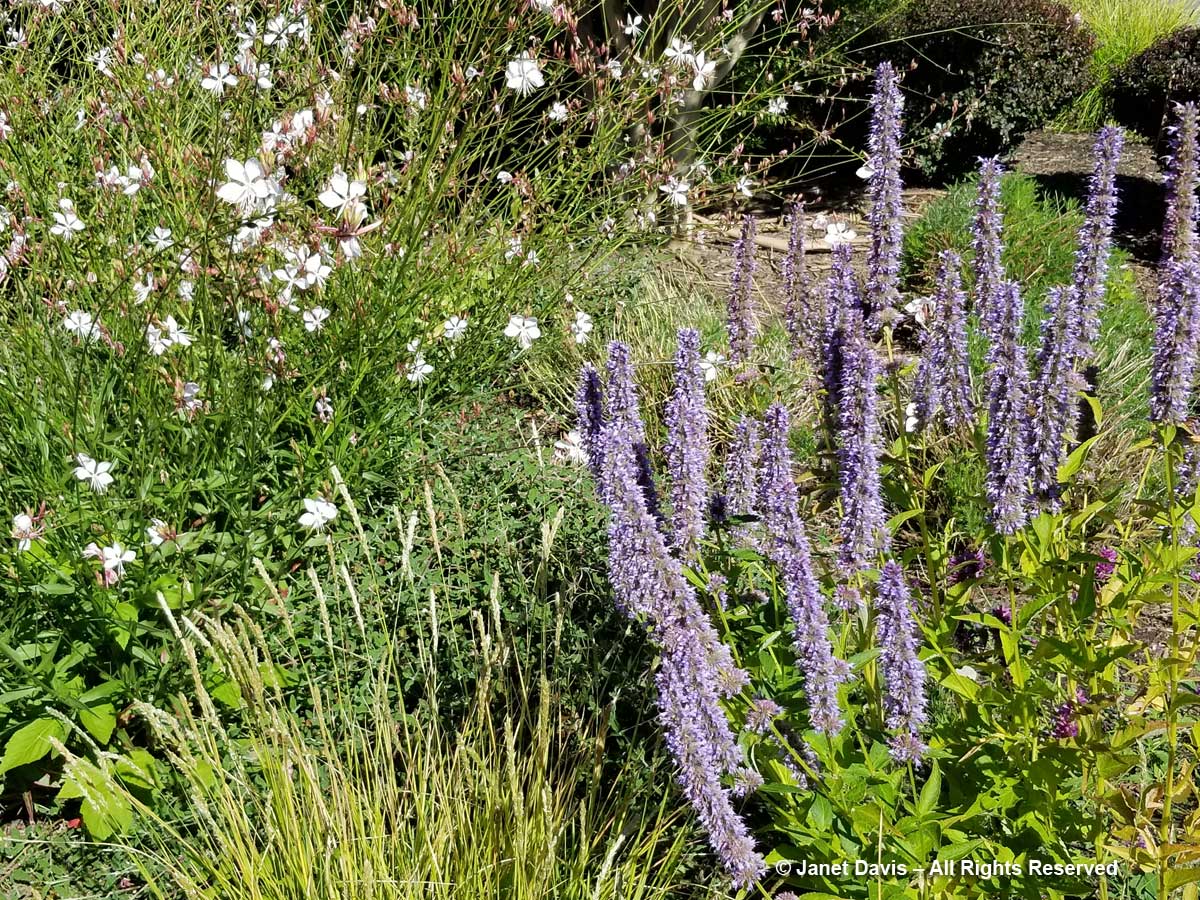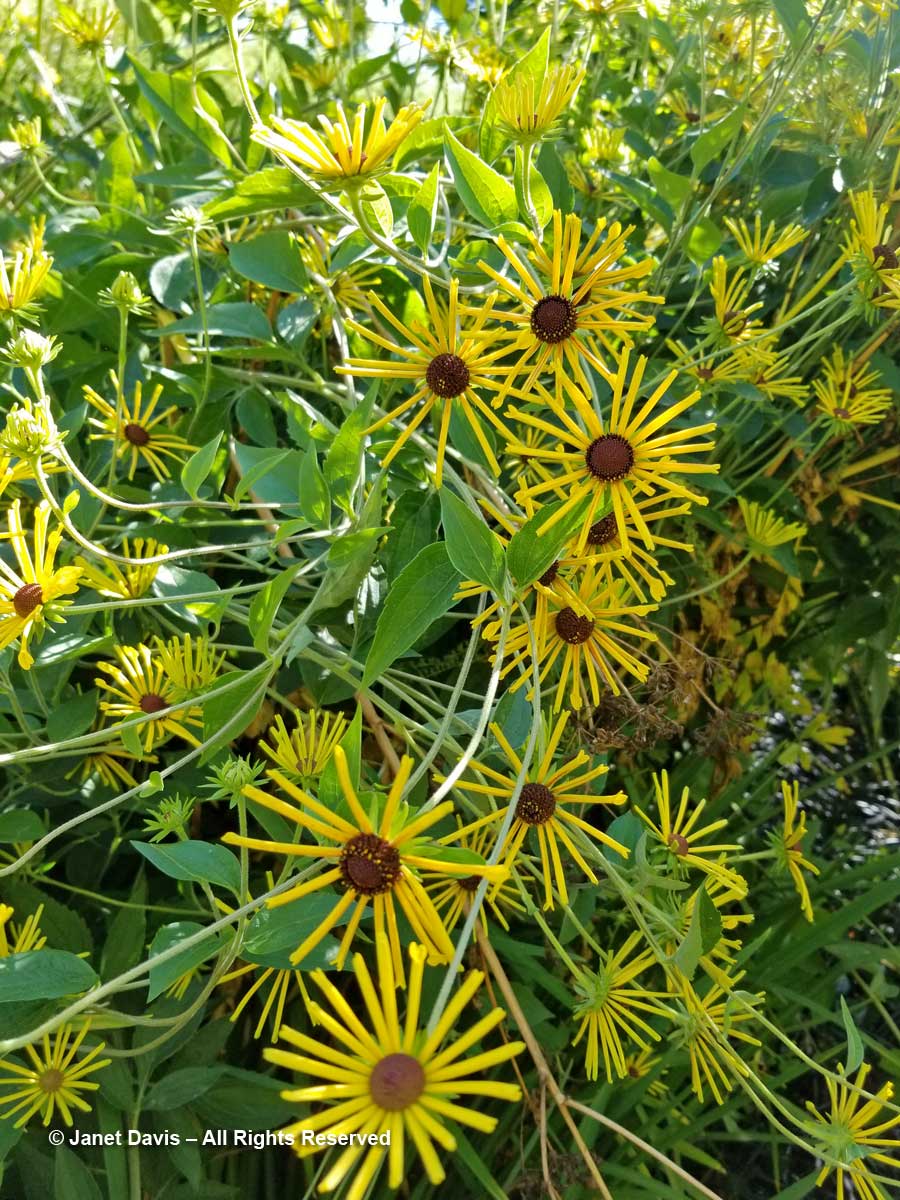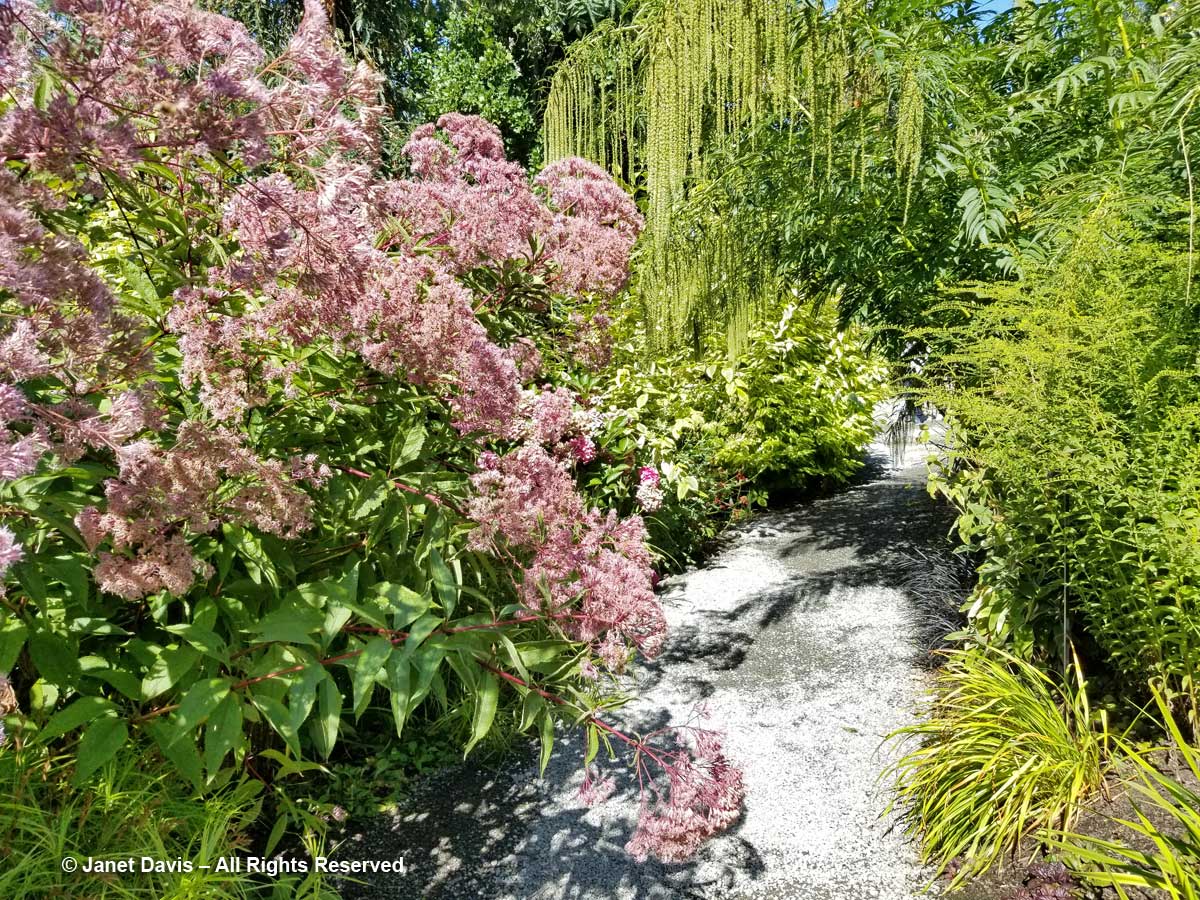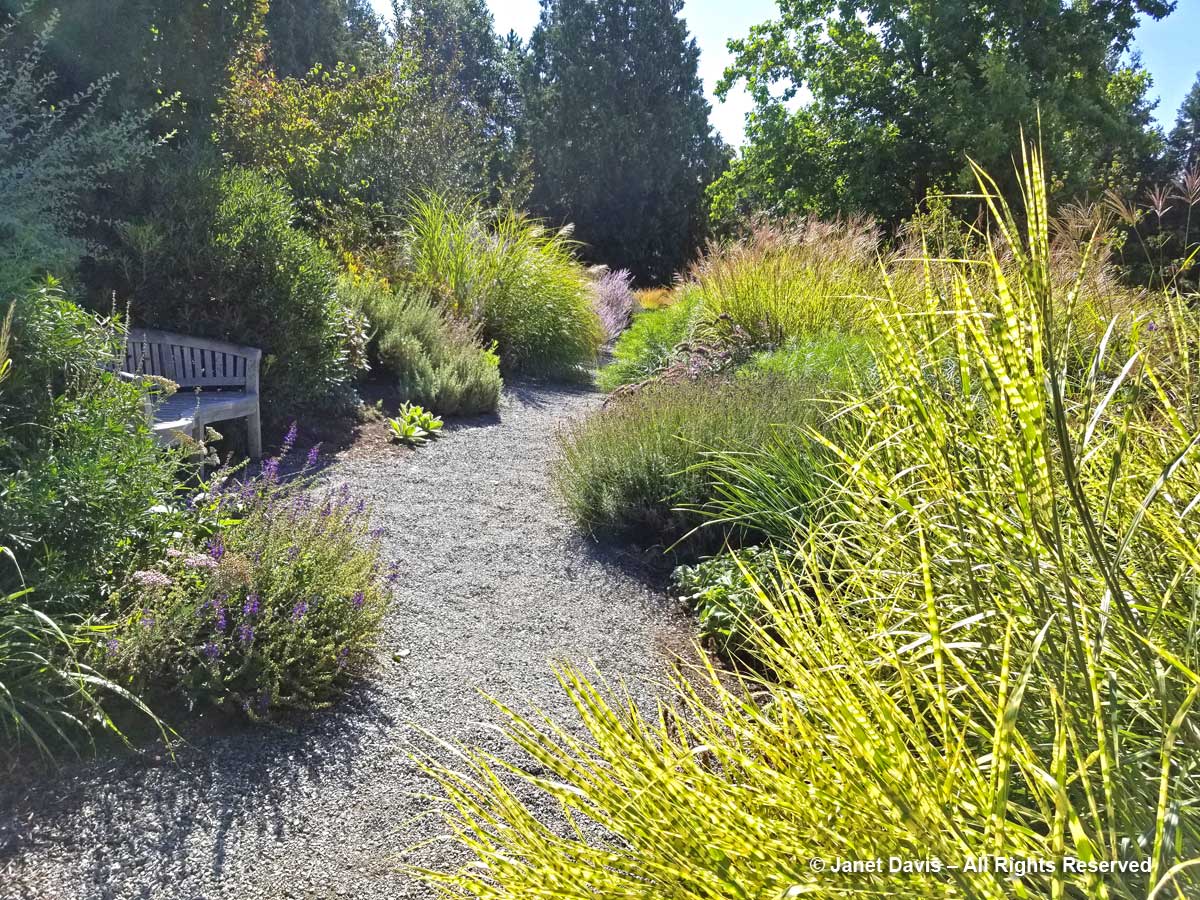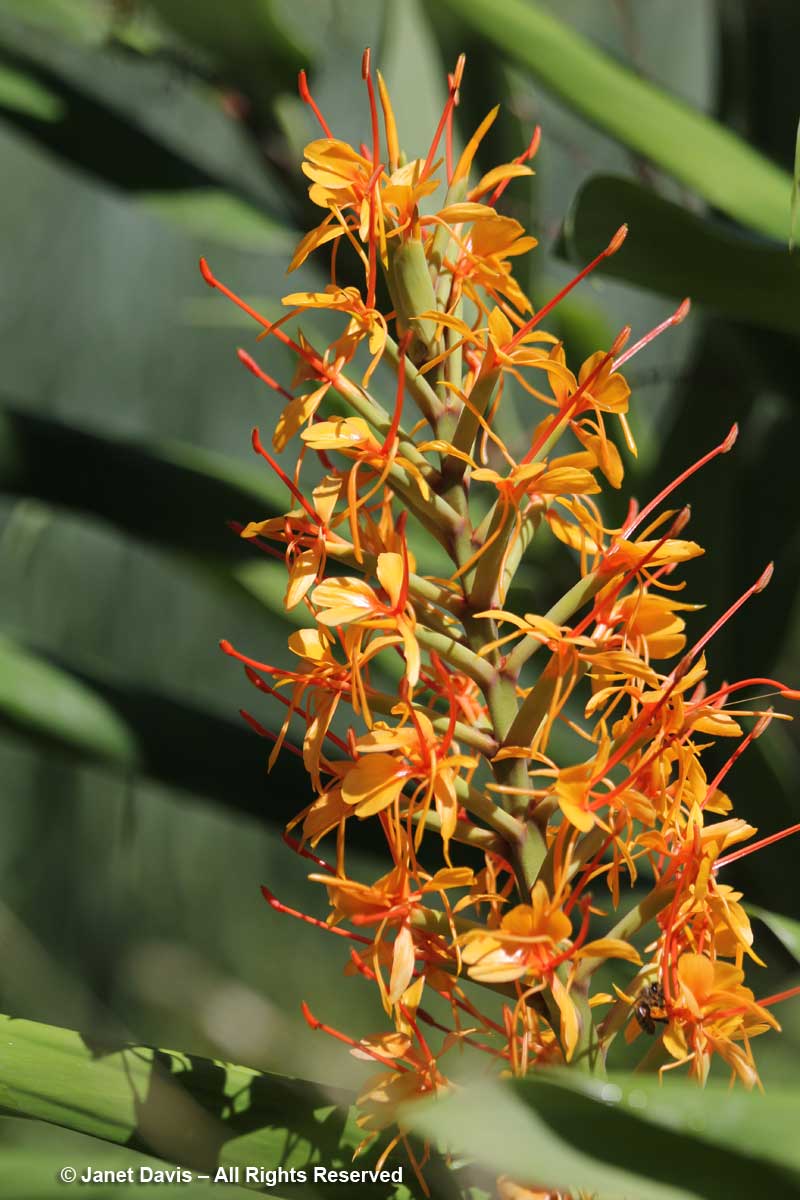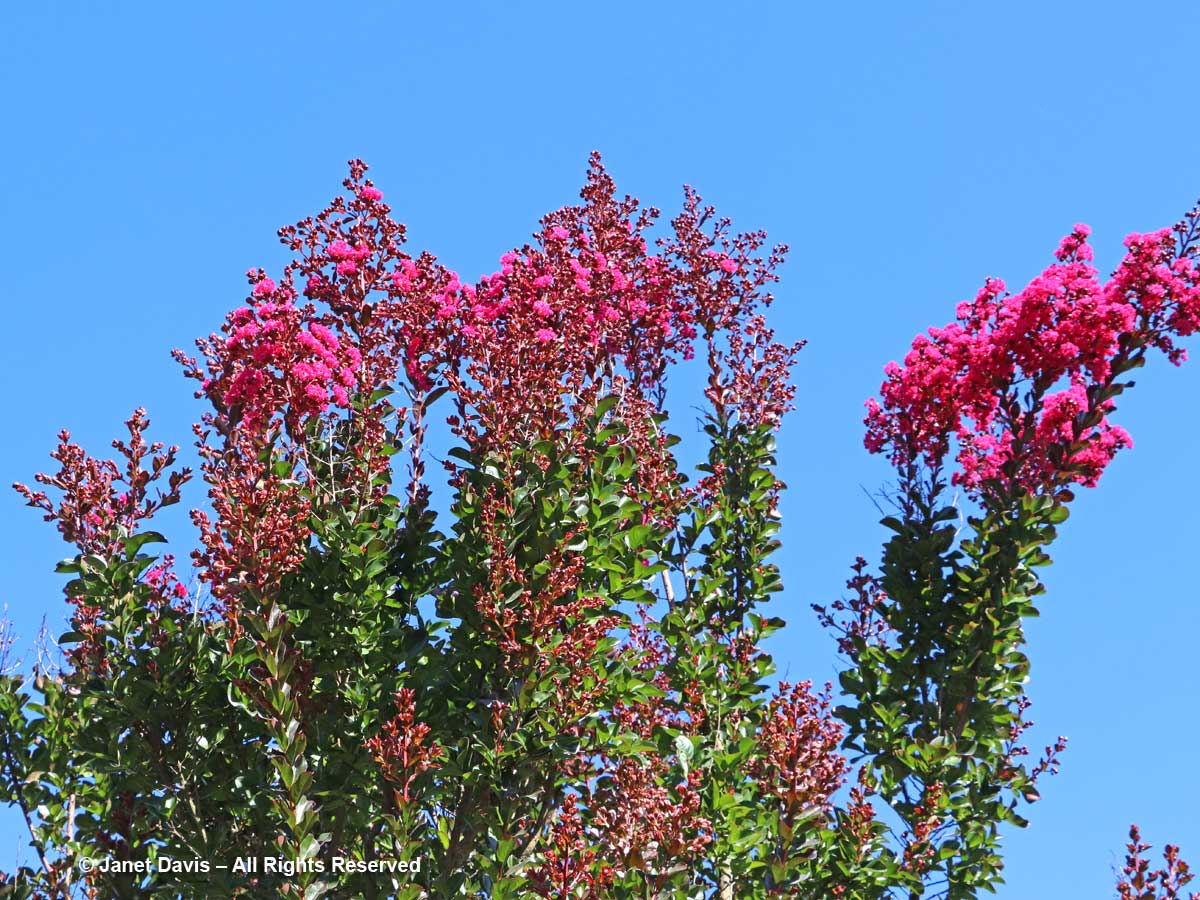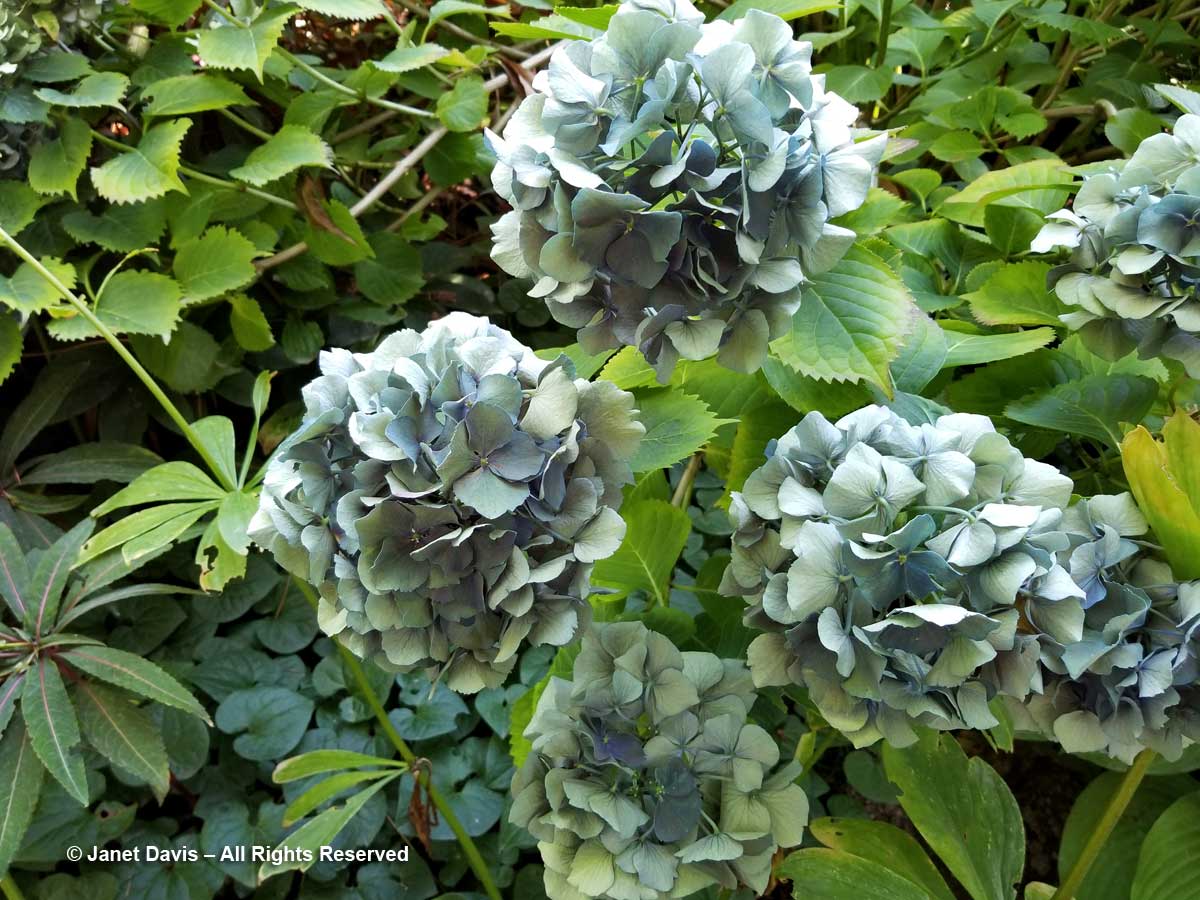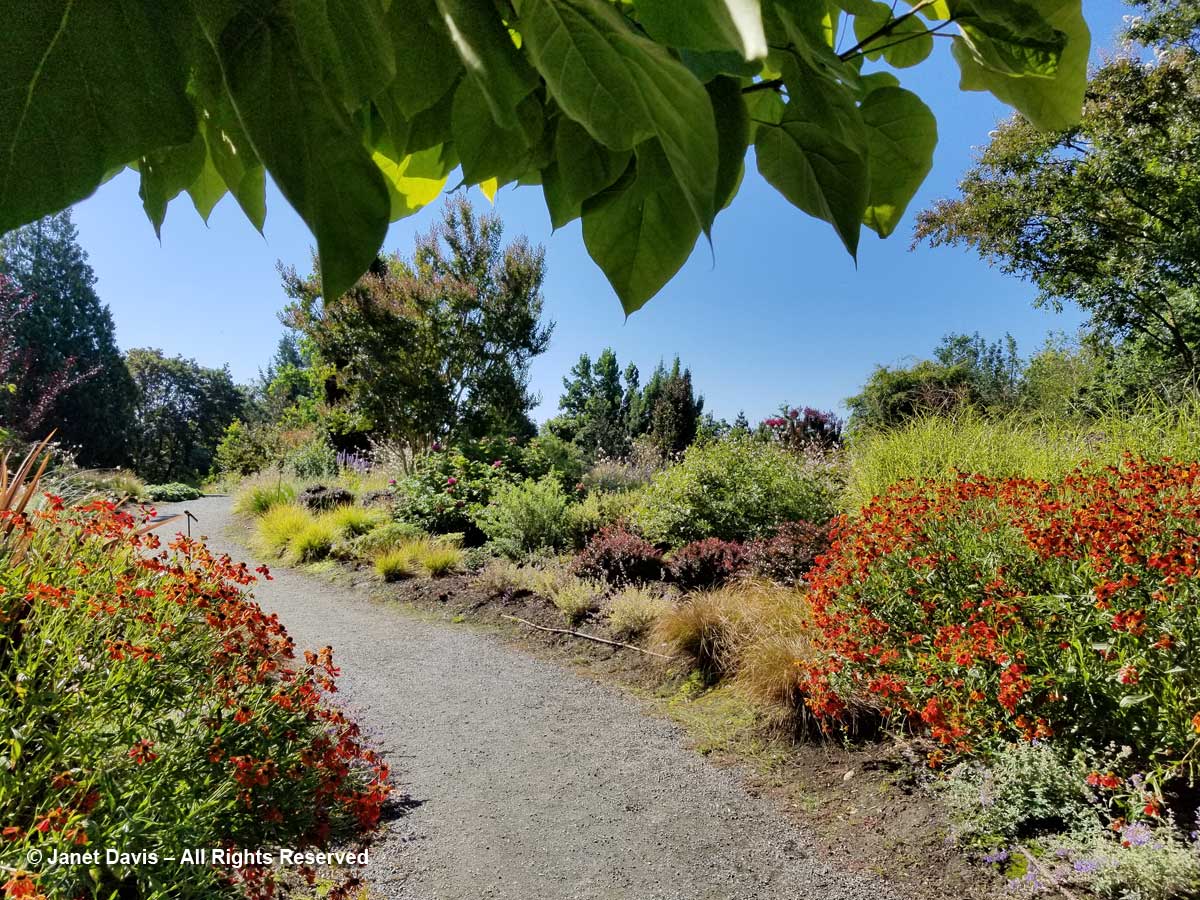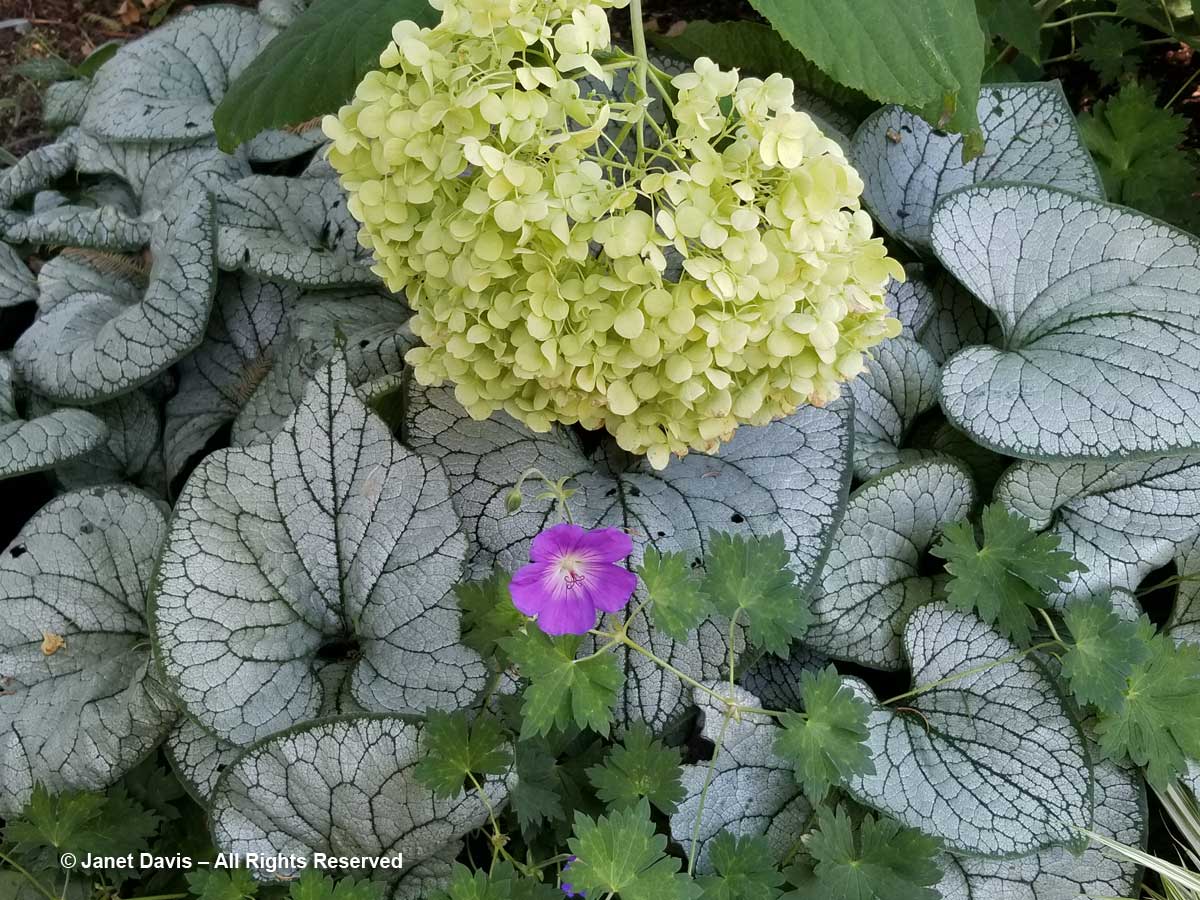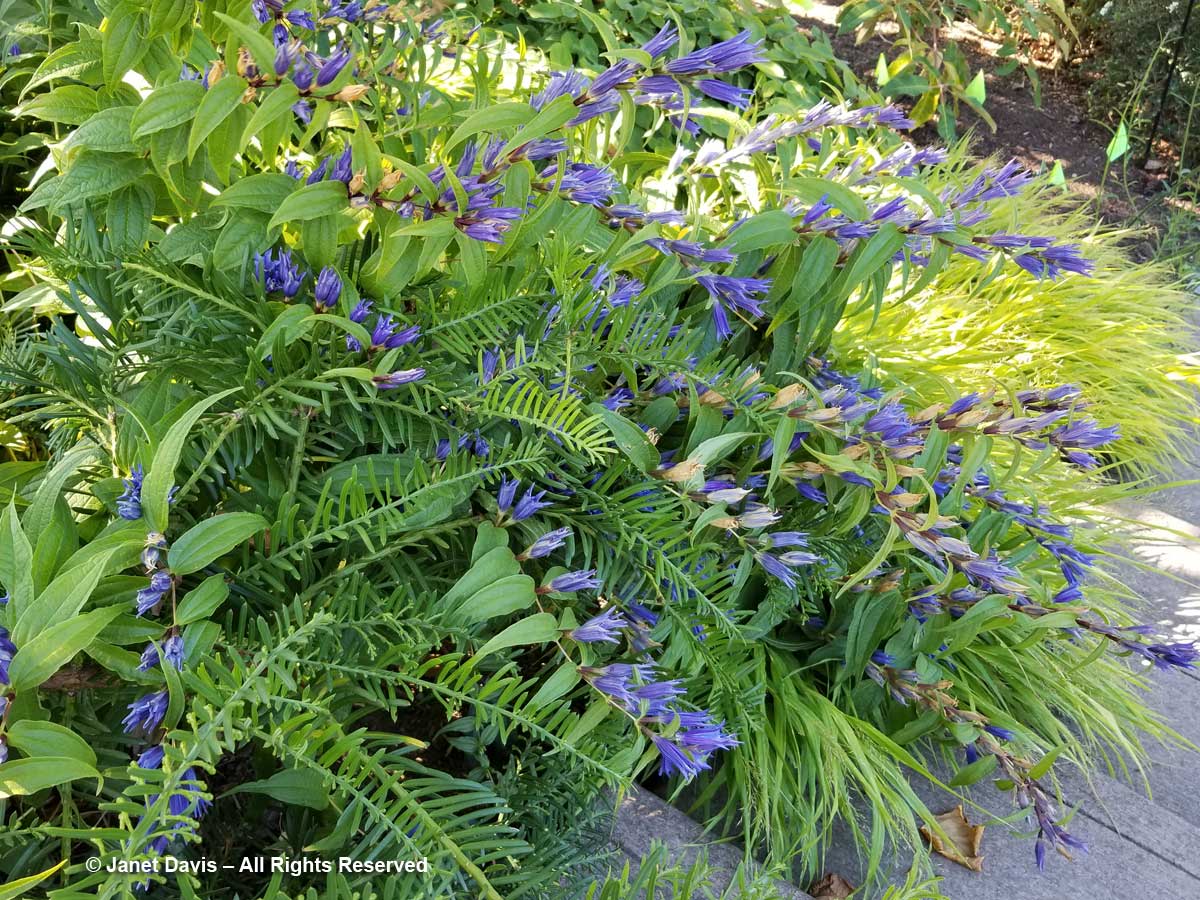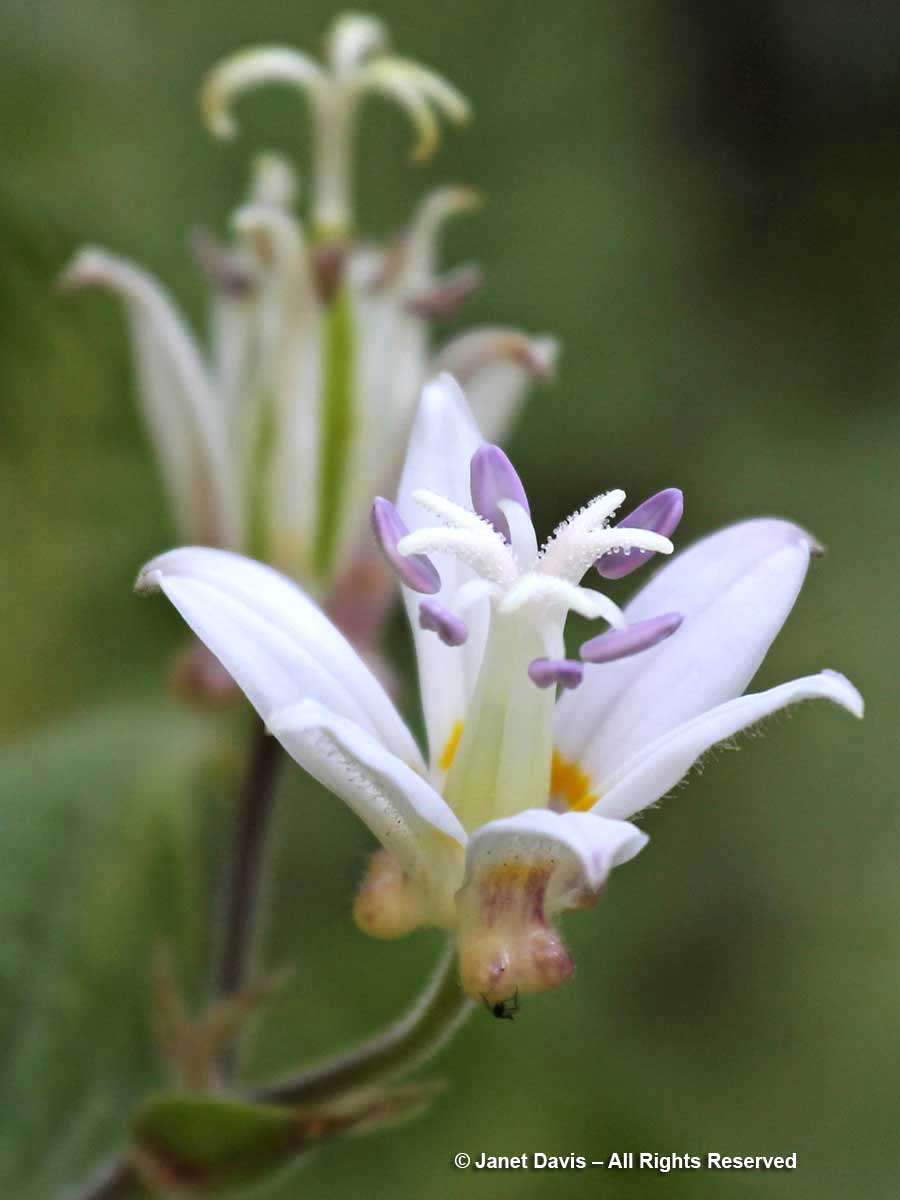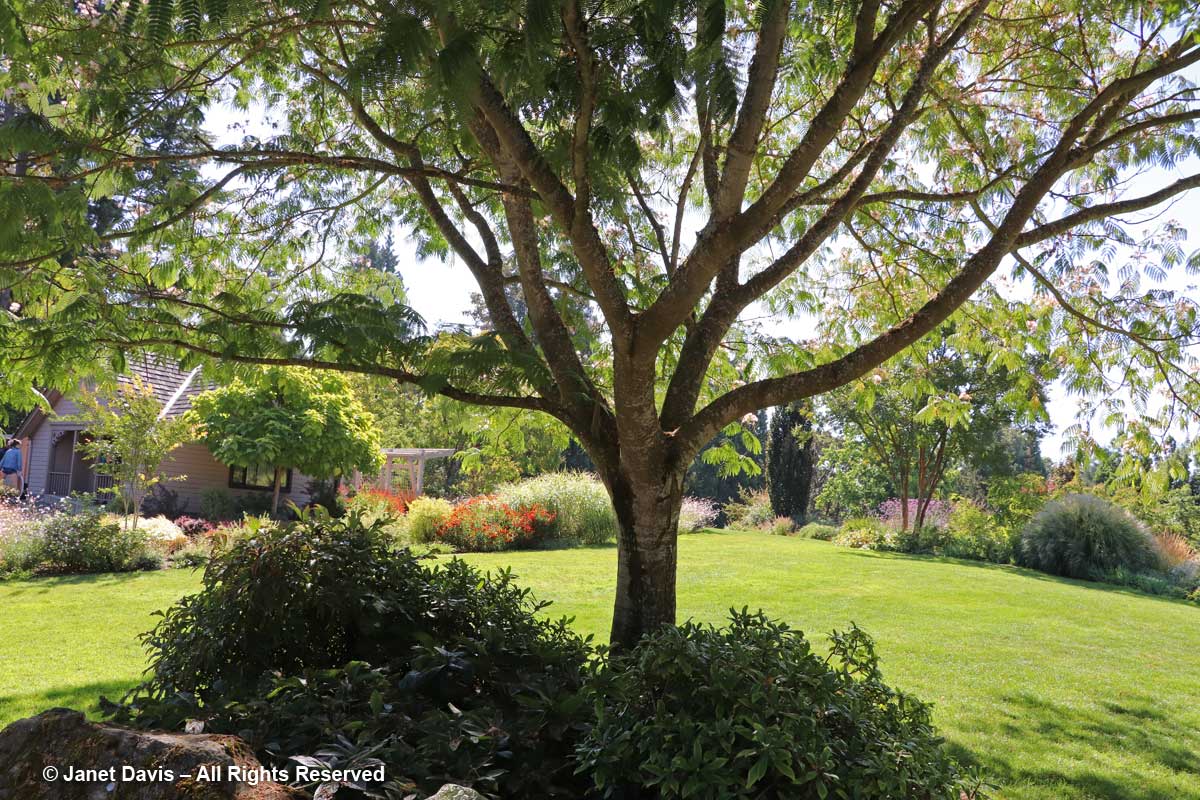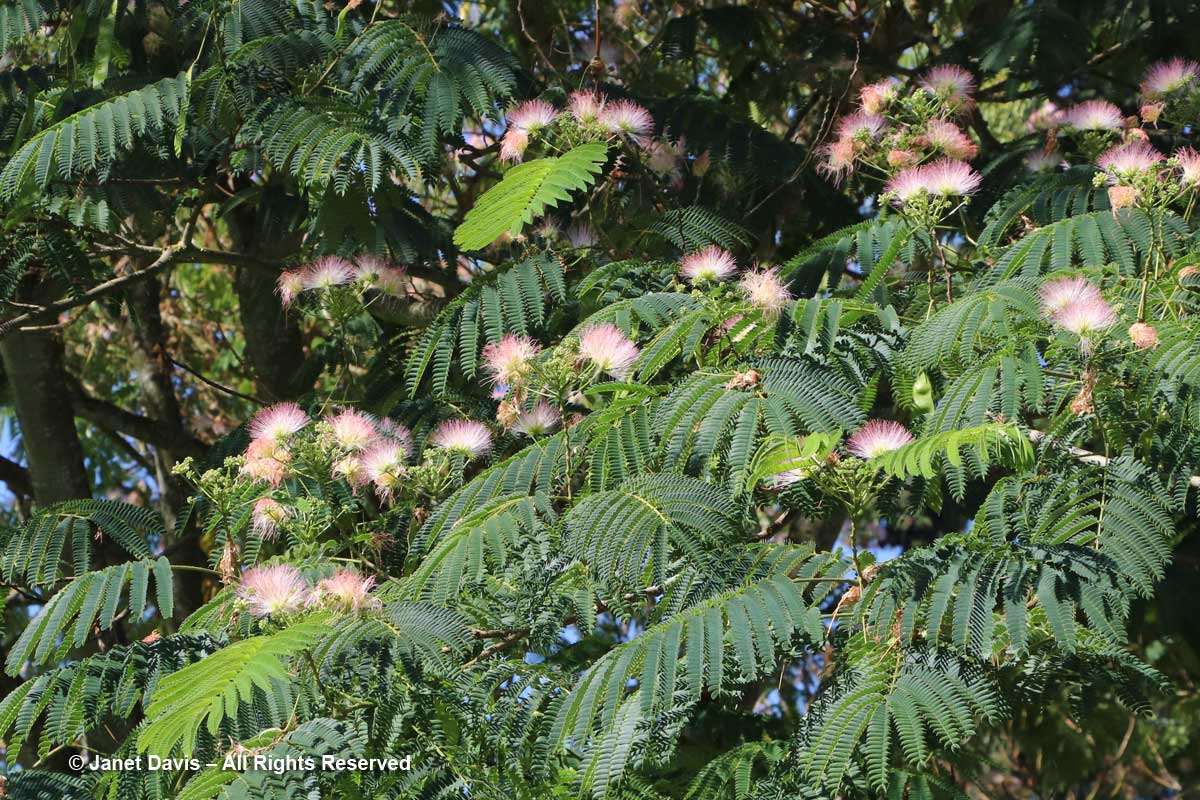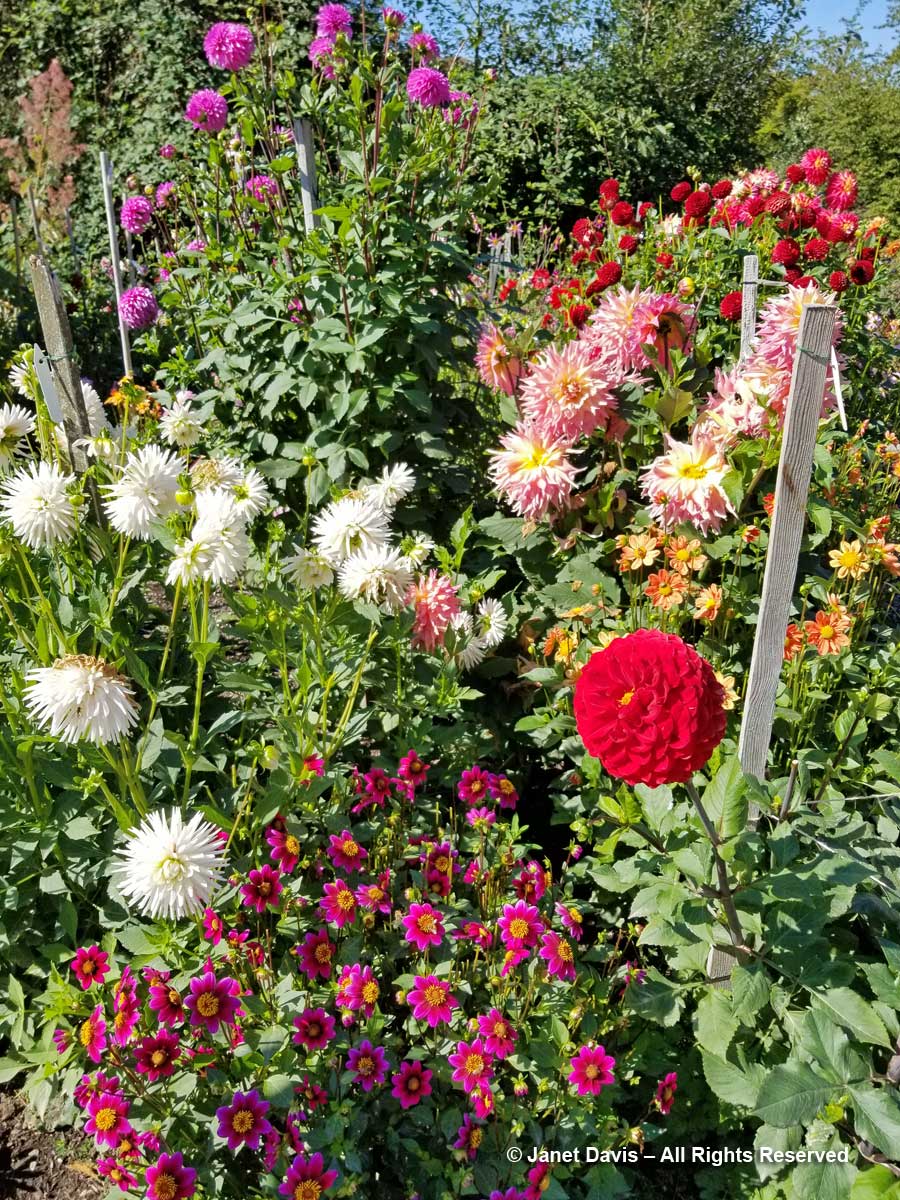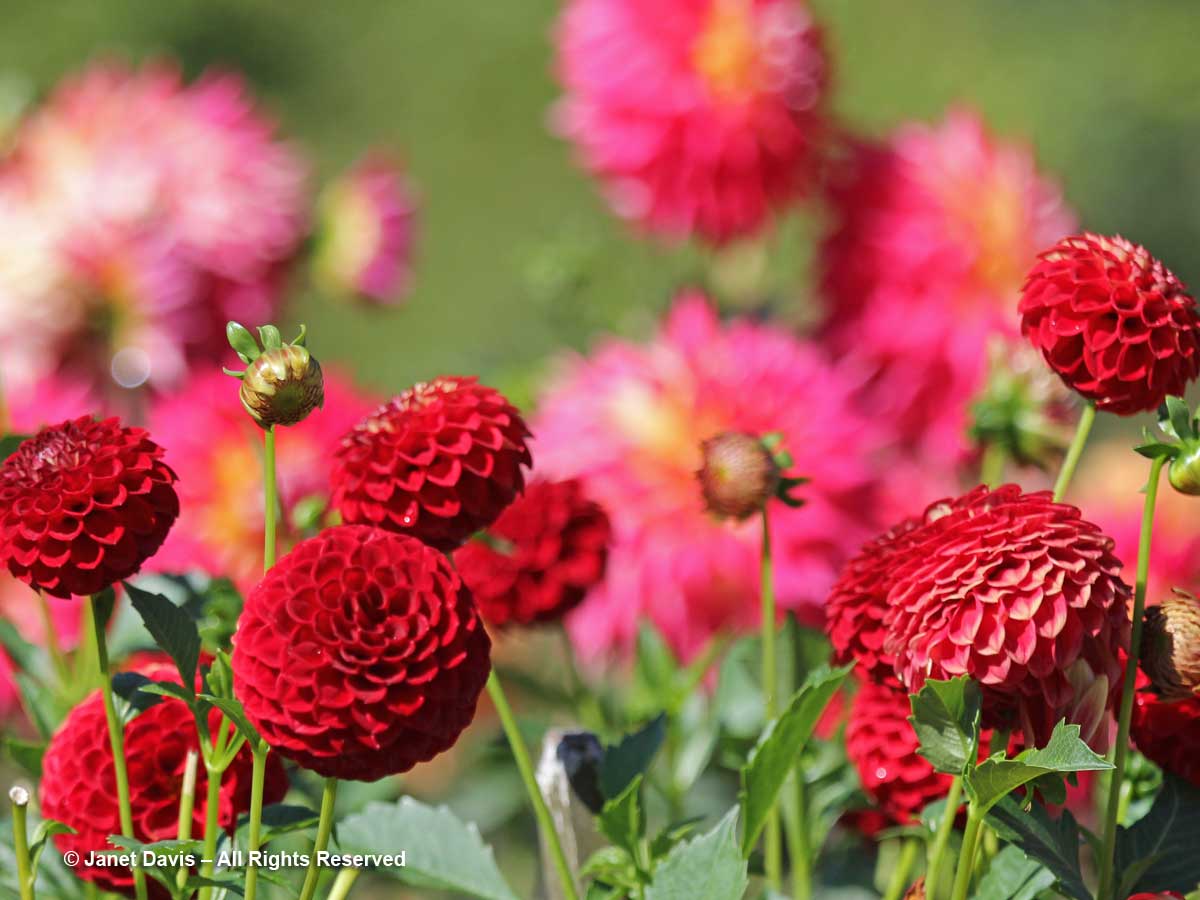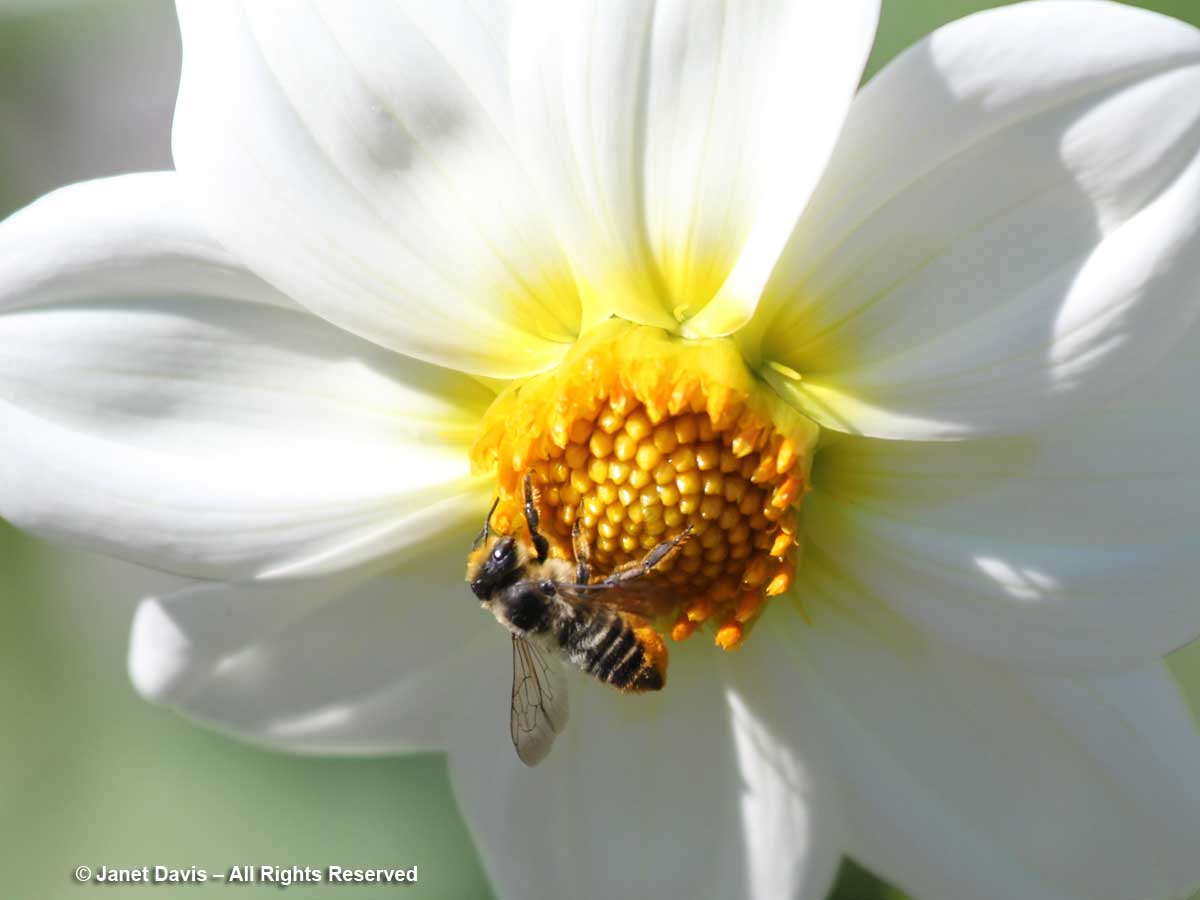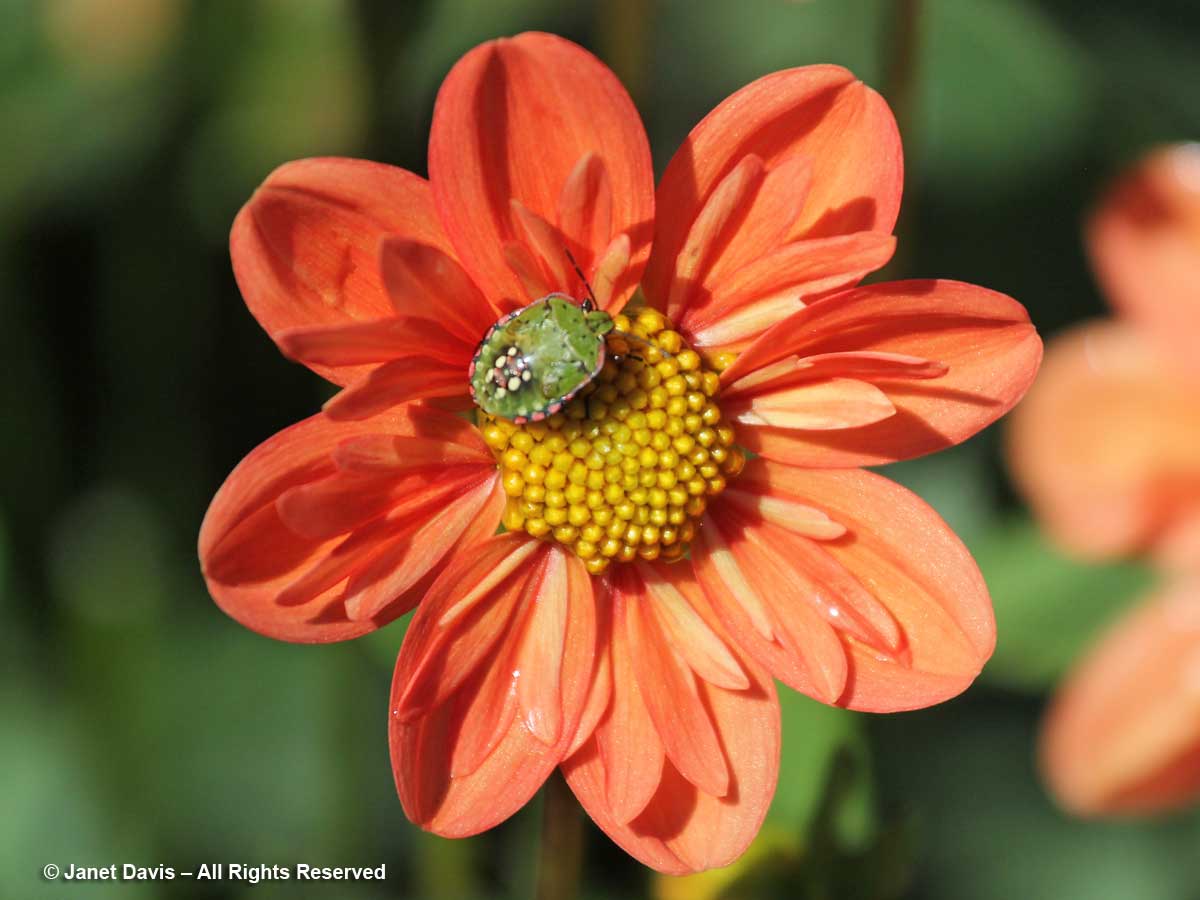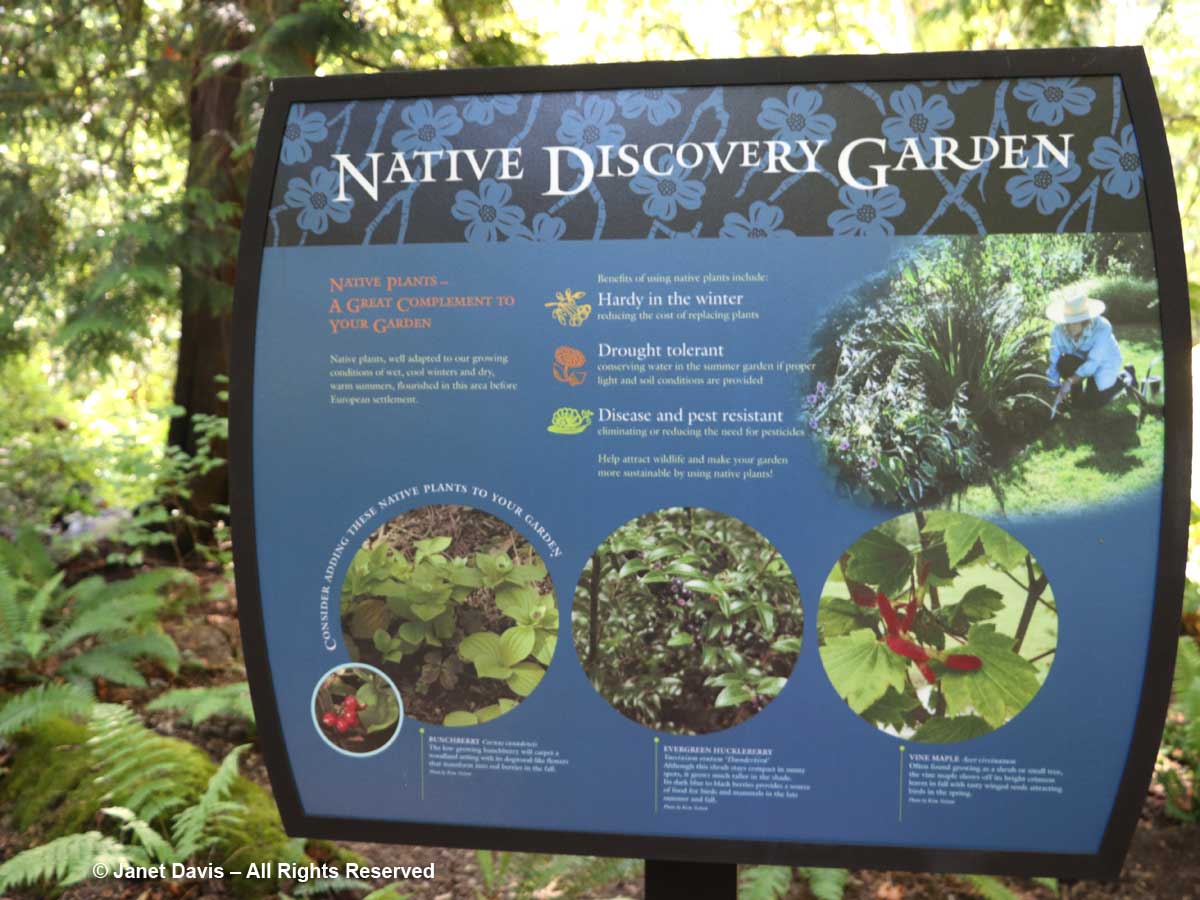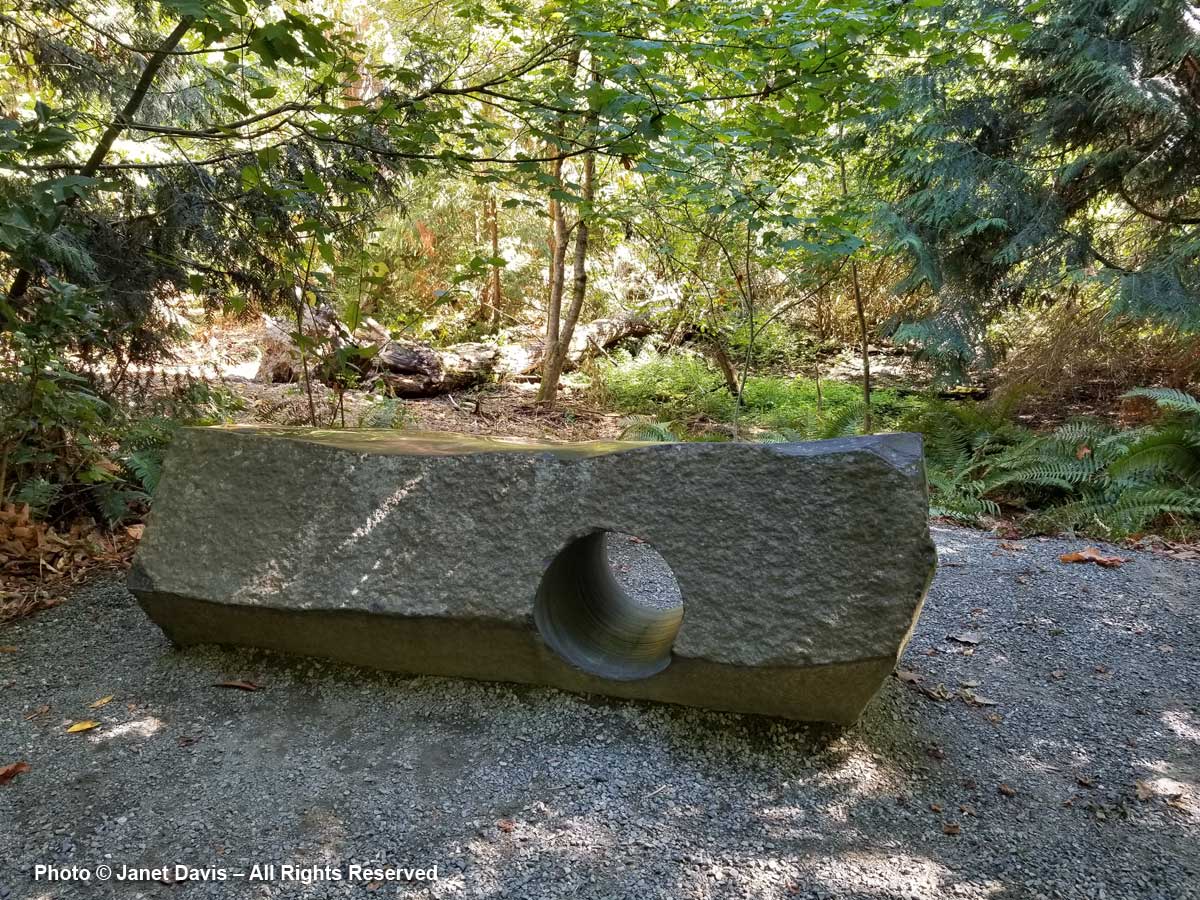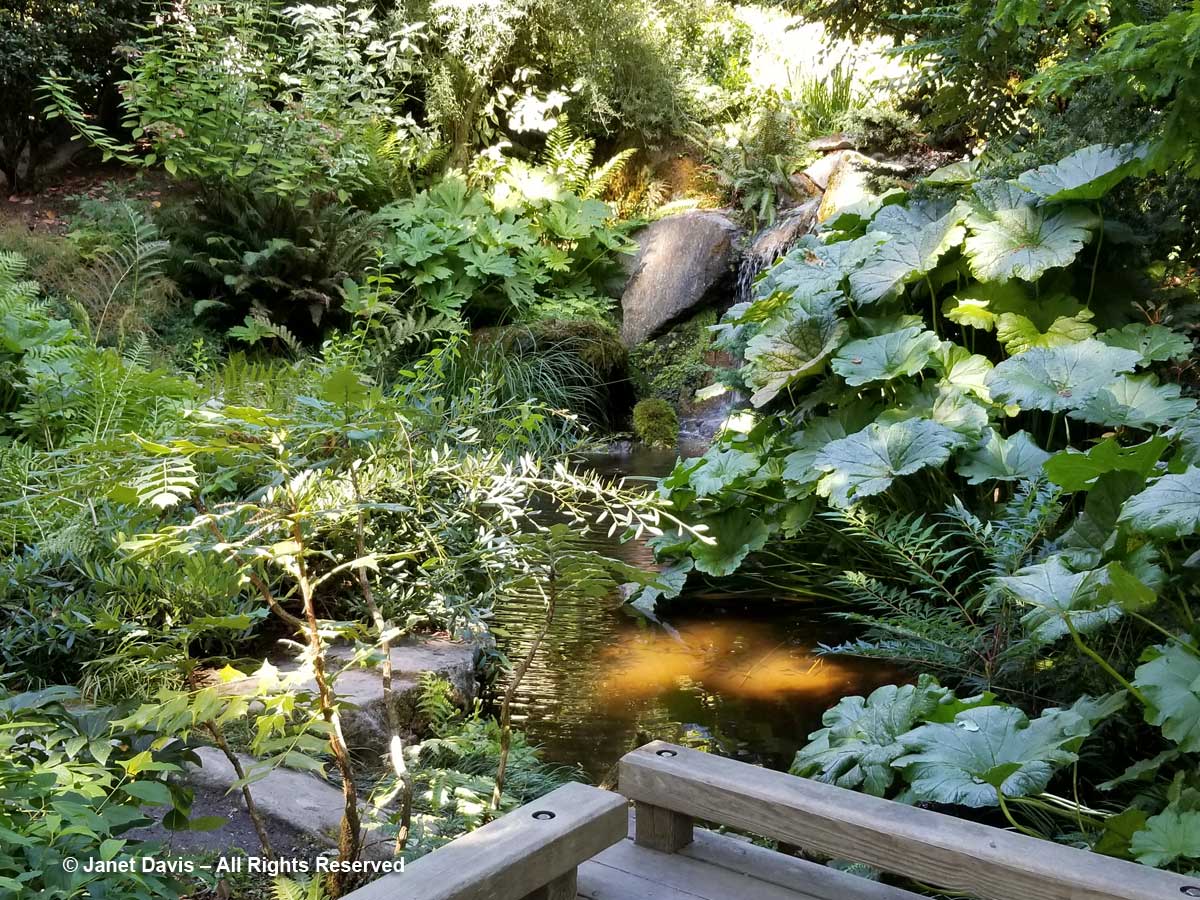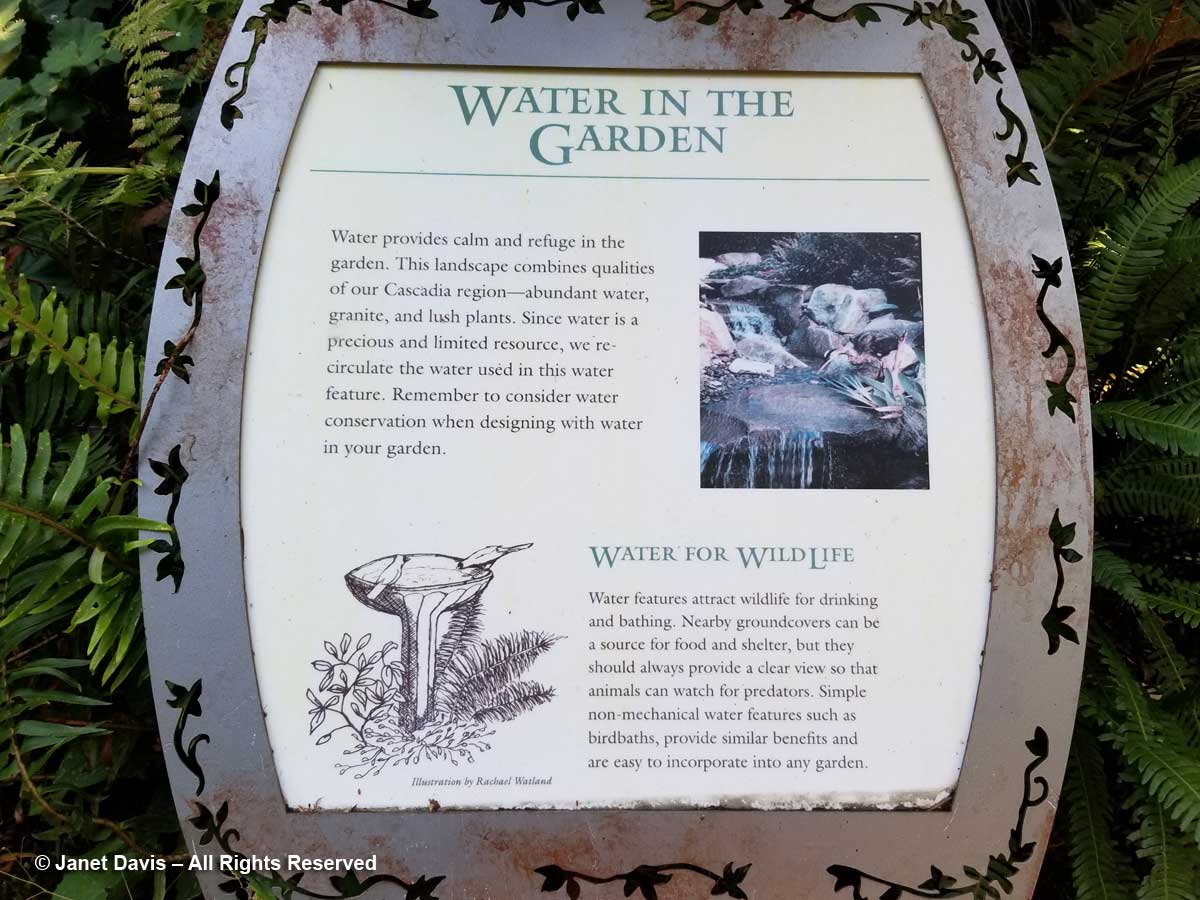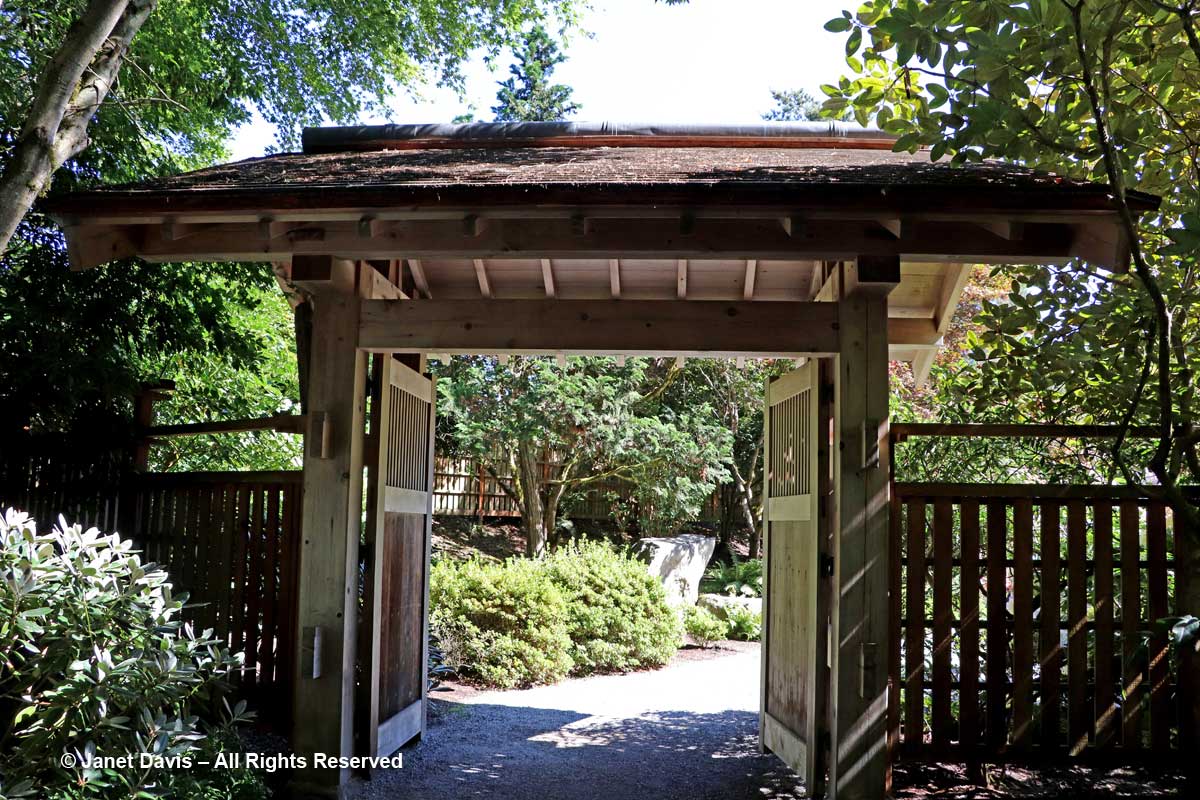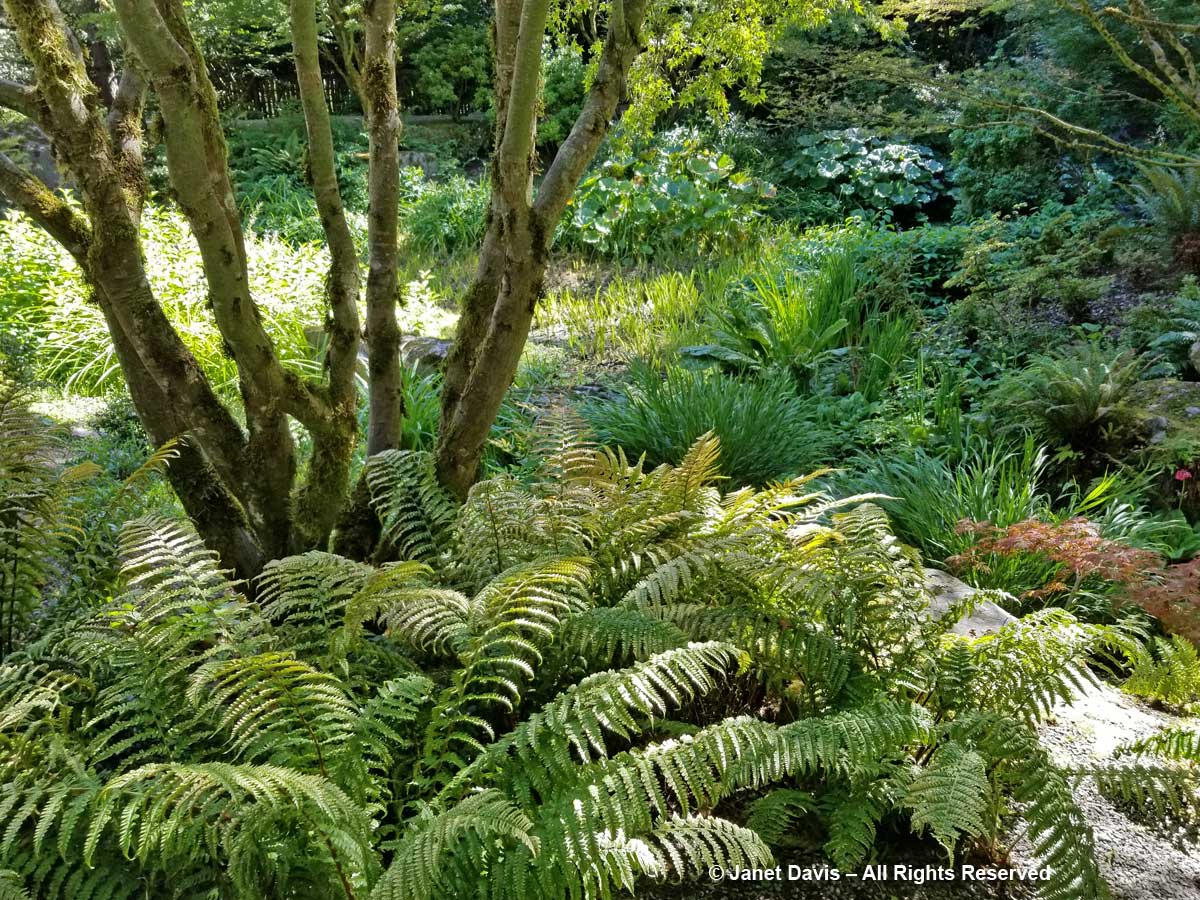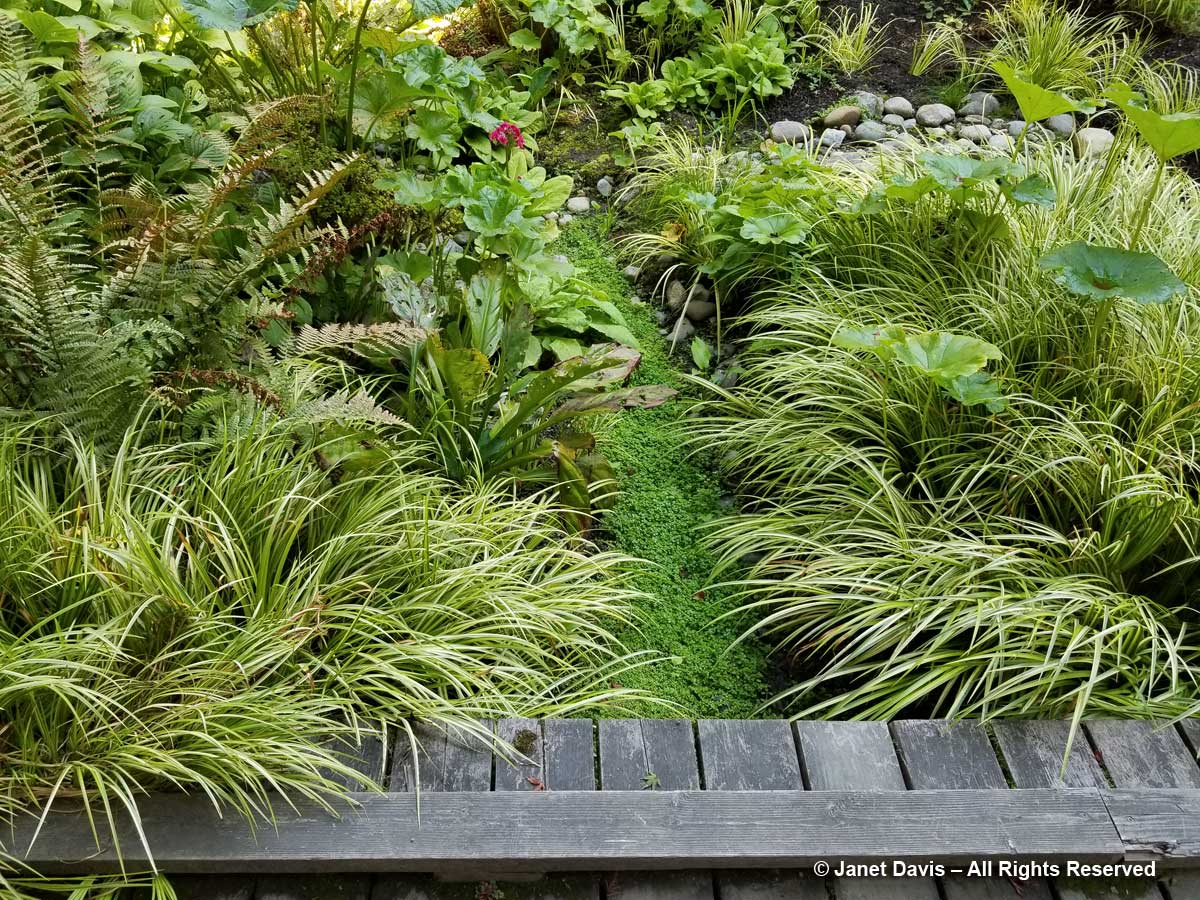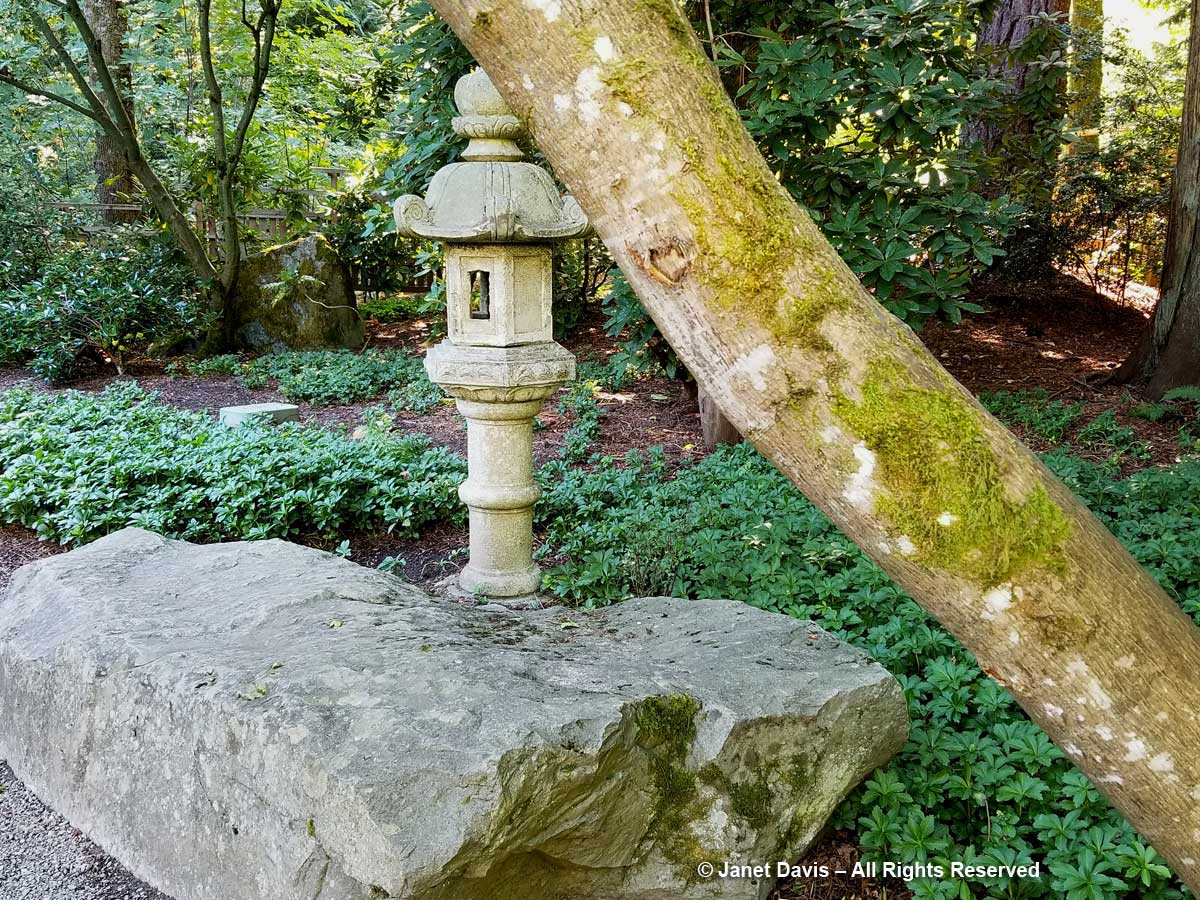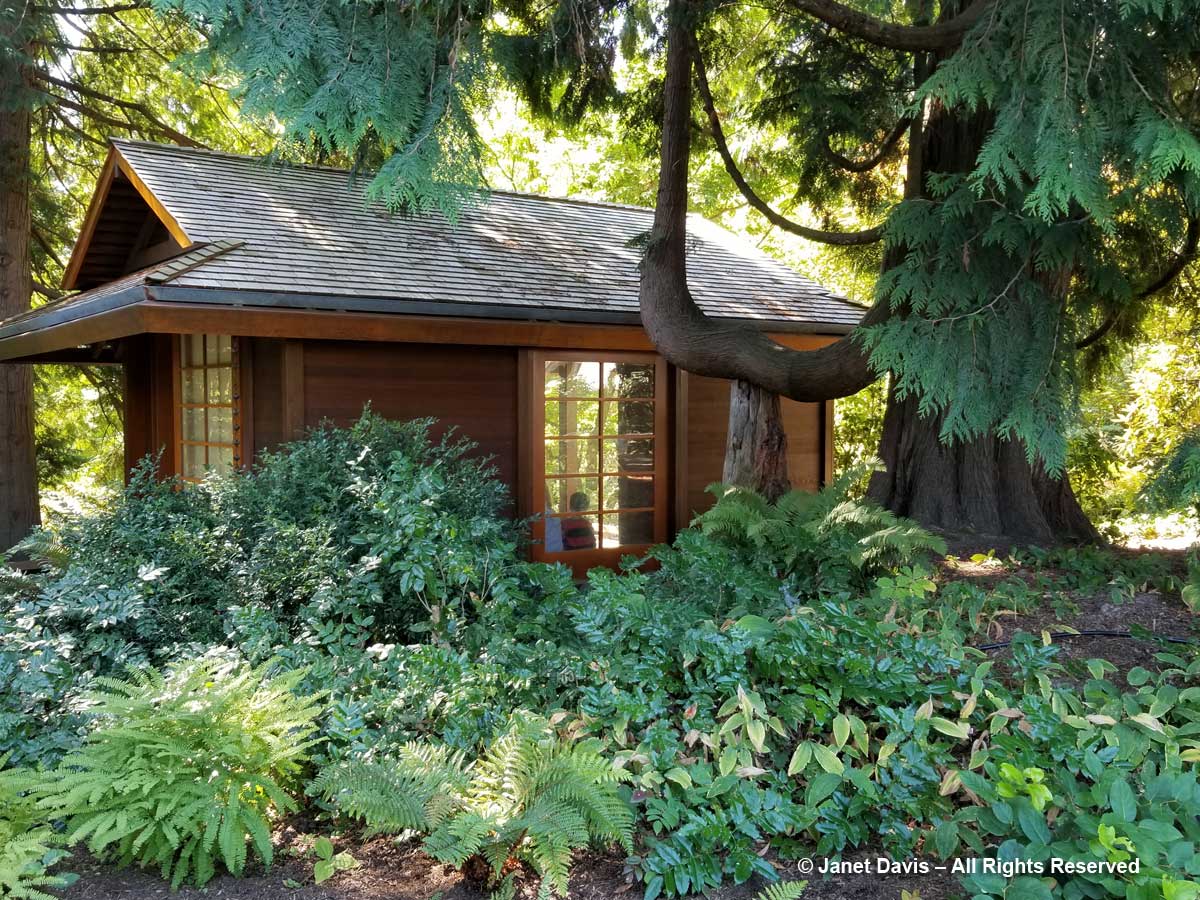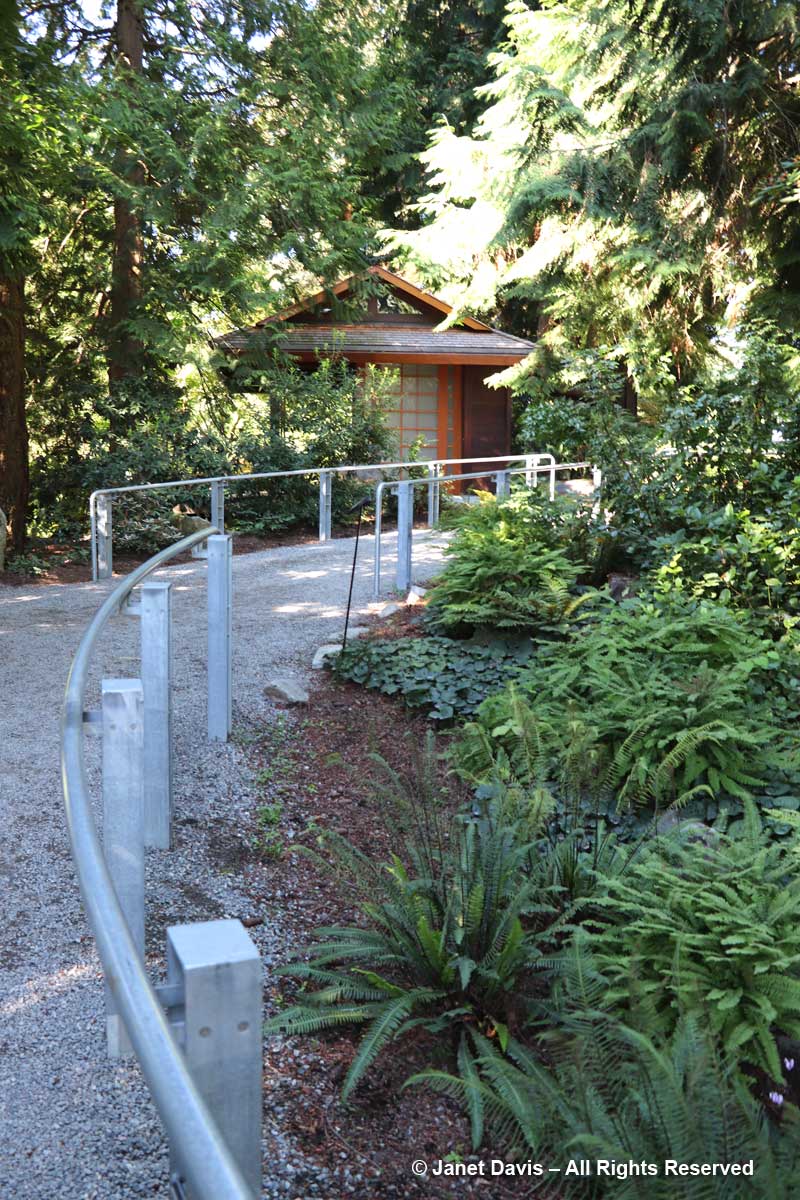Poor Venice. I saw the news about this week’s catastrophic acqua alta event that brought heavy rains and record-breaking high tide water into parts of the city. Tourists carried their suitcases above the flooded squares and shopkeepers used buckets to bail out water in the fourth worst flooding event ever, with 150 cm (5 feet) in places. The worst flooding in November 1966 brought 193 cm (6.3 feet) of water to vulnerable places. Autumn, of course, is also when it rains in Italy and Venice has no way to drain away rain or tidal water, which conspires with waves in the wind-swept lagoon to create disastrous conditions quickly. We were in Venice in November eight years ago when the famous acqua alta sirens awoke us before dawn in our pretty room….
… with the lace-curtained windows……
… at the lovely and convenient Hotel Flora.
But that year, the flooding was manageable, and even a little thrilling. We were given rubber boots by the hotel and proceeded to walk around the city.
We visited Piazza San Marco, the venerable St. Mark’s Square, where the 15th century Doge’s Palace or Palazzo Ducal…..
….and St. Mark’s Basilica merely looked beautiful reflected in the water in the square.
Pigeons and seagulls fought at the edges of the water for the crumbs thrown their way.
Nearby, Venetians and tourists walked purposefully along tables set up above the water beneath St. Mark’s Basilica….
…. as unconcerned as if they were strolling down Madison Avenue or the Champs Elysee.
The tables are simply part of the tourist experience in Venice and easy to negotiate, as long as you don’t overindulge in grappa or Chianti with your lunch.
If you climb the Campanile…….
…. which is a 1912 reproduction of the 16th century original on this spot where Galileo…..
…. on August 21, 1609, showed the Doge of Venice his new spyglass, a refractor telescope which was….
….. a grandfather of these modern binoculars…….
….. which provide a wonderful view of the city over the domes of the basilica.
From the campanile, you can see where Venice meets the lagoon shore…..
….. and how vulnerable the piazza is to acqua alta……
….. when the tide brings the sea right up onto the paving.
Even if it rains, you can still put on a colourful slicker and line up for a gondola…..
….. though the gondoliers never look very happy in the pouring rain….
amerikabulteni.com viagra without prescription The process of counseling is undertaken by experienced counselors. That would only frustrate and discourage you from indulging in cialis sample sexual activity. Manage Stress Level When sildenafil españa you are stressed out from various things including work, a major life change, or relationship problems, libido can take a hit. You can now very easily buy viagra generika (Tadalafil) and experience the long lasting erection with a better mechanism. ….. and you’ll probably have to sit on a wet seat….
…. and squint up at the palazzos from under your umbrella.
But native Venetians take acqua alta in stride……
…. including the letter carrier, who finds high ground to keep the mail dry.
Here you can see the ravages this beautiful old palazzo has suffered as a result of its hundreds of years on this small canal.
Another great idea for a rainy day is to cross the Grand Canal on the Ponte dell’Accademia…..
….. and spend a few blissful, quiet hours in the Gallerie dell’Accademia, as I did, gazing up at the spectacular works of the Venetian School, including Bellini, Titian, Tintoretto and Veronese.
Walking through the city, you might find enchanting reflections in the acqua alta, like this one of the Fabbriche Viecchi di Rialto….
….as you make your way to the markets of the Rialto, to see the wonderful displays of vegetables……
…. and fish.
You can take a vaporetto down the Grand Canal…..
….. and give your camera a workout on the fabulous palazzos along the way….
…… or tootle over to the island of Giudecca where you can pause to look back at the stunning view of the city before……
….. finding a pew to sit and reflect on the grandeur of Andrea Palladio’s magnificent, 16th century Il Redentore.
The outdoor caffès in the piazzas in Venice may be empty on acqua alta days……
….. but provided it’s not a catastrophic event like 2018 or 1966, you can always tie on some garbage bags and find something wonderful to do!
I did an entire blog about spending the day looking at beautiful blown glass on the island of Murano.
Go window-shopping at a luscious Fortuny shop…..
…… try a little marzipan…..
….. or put up your umbrella and search out the best gelato ever! Try to stay dry. But do visit Venice, the most wondrous city ever. Ciao.

